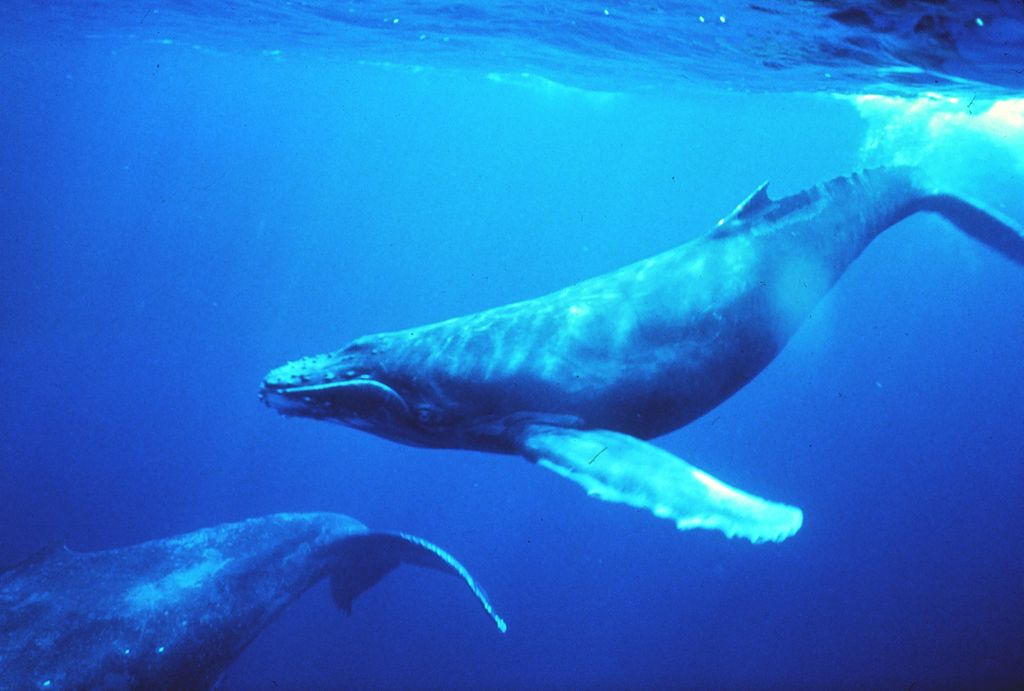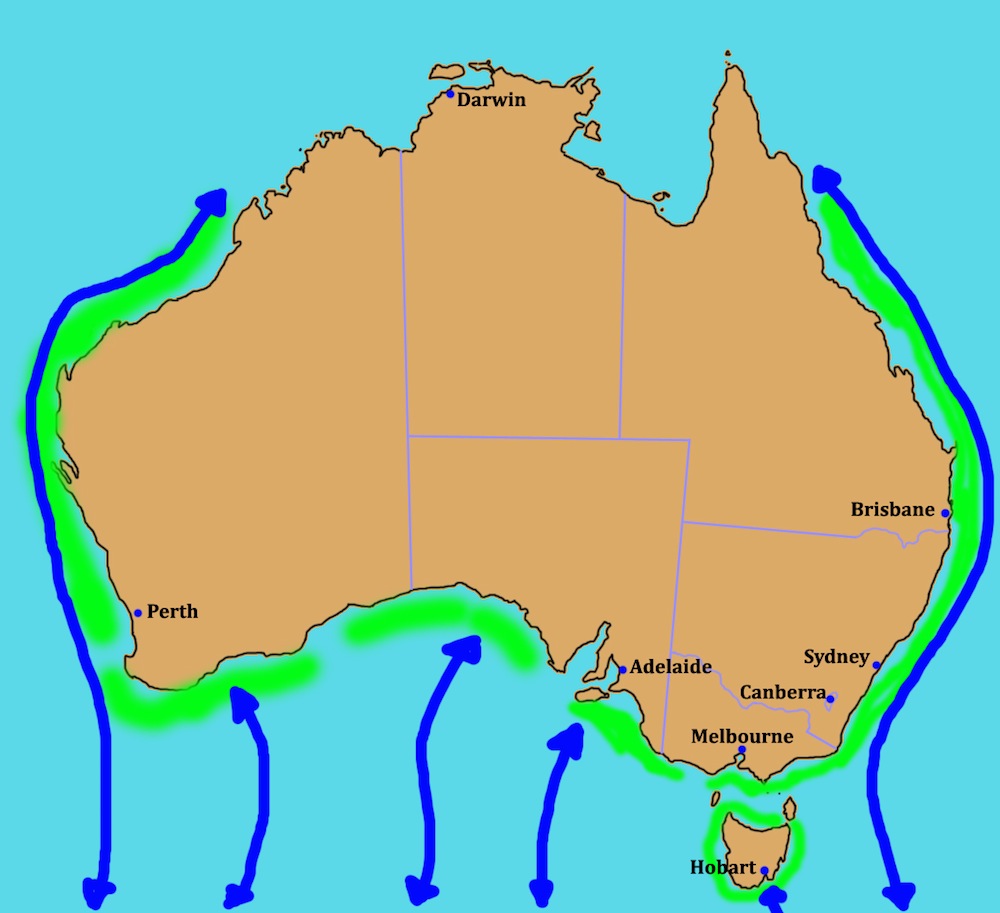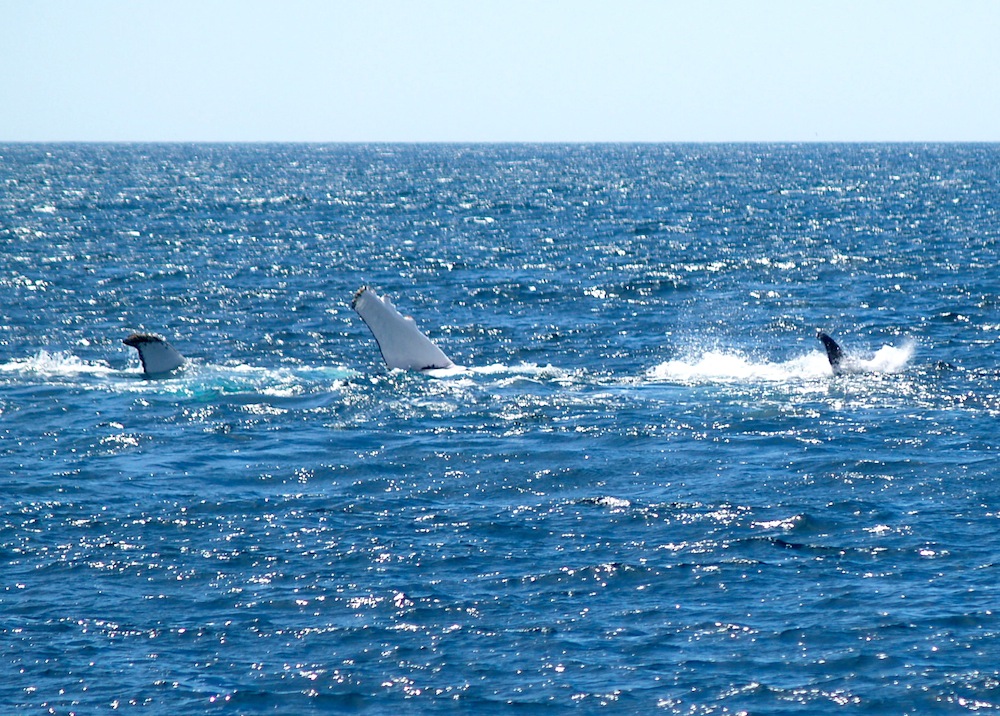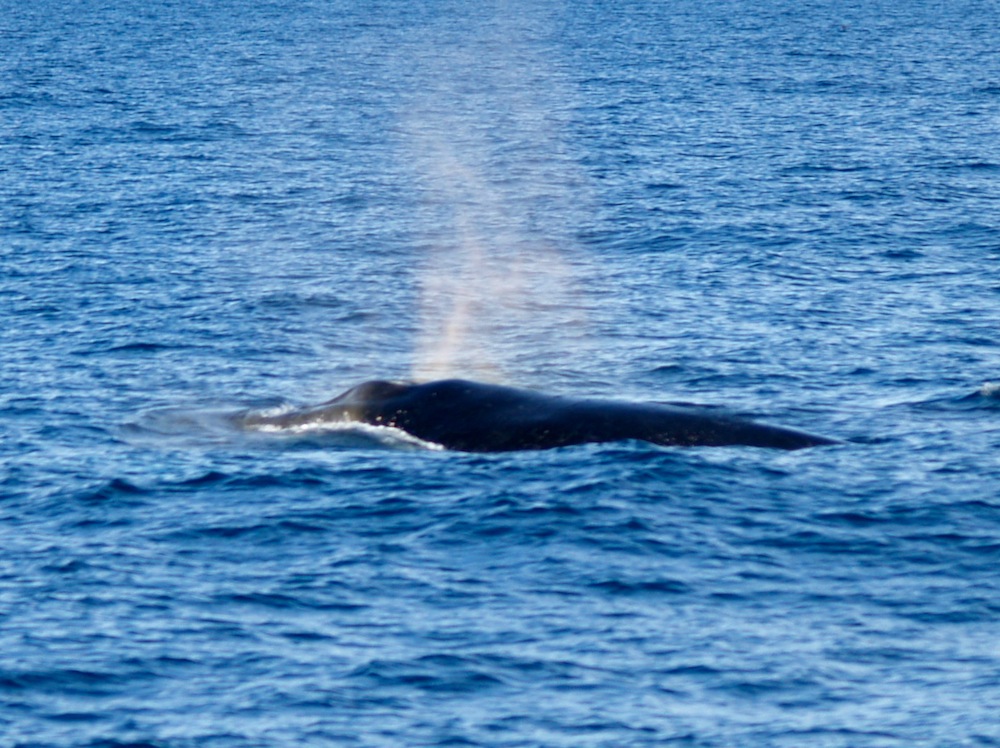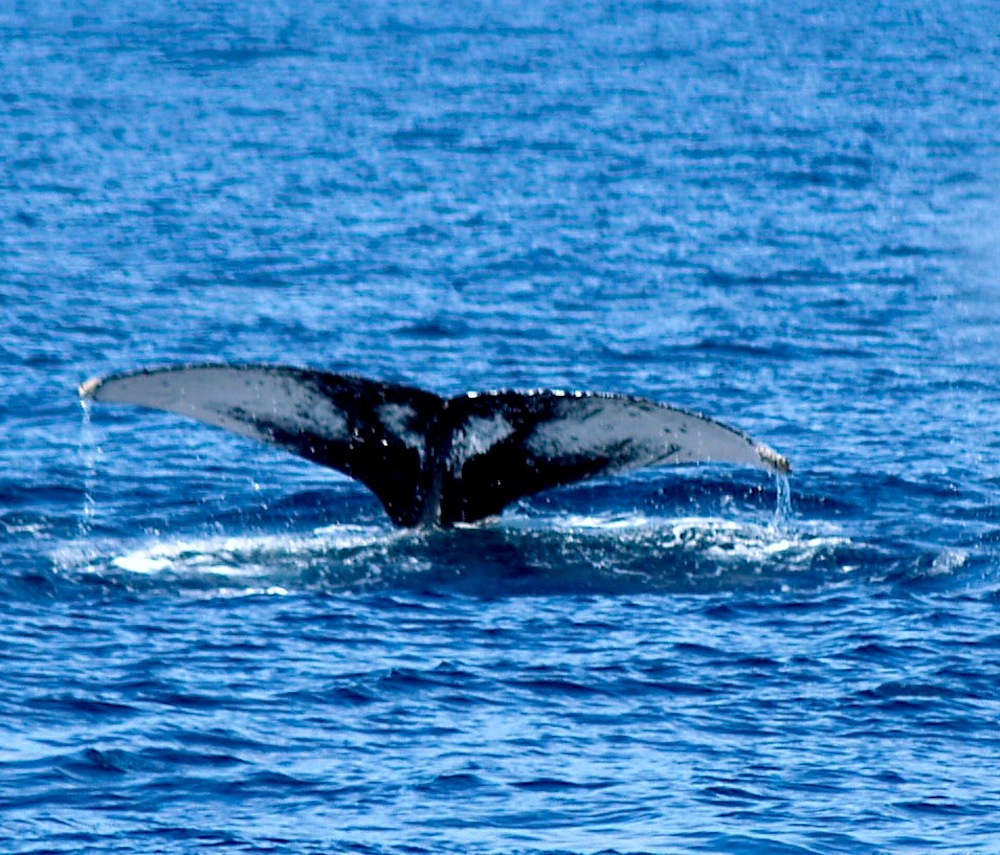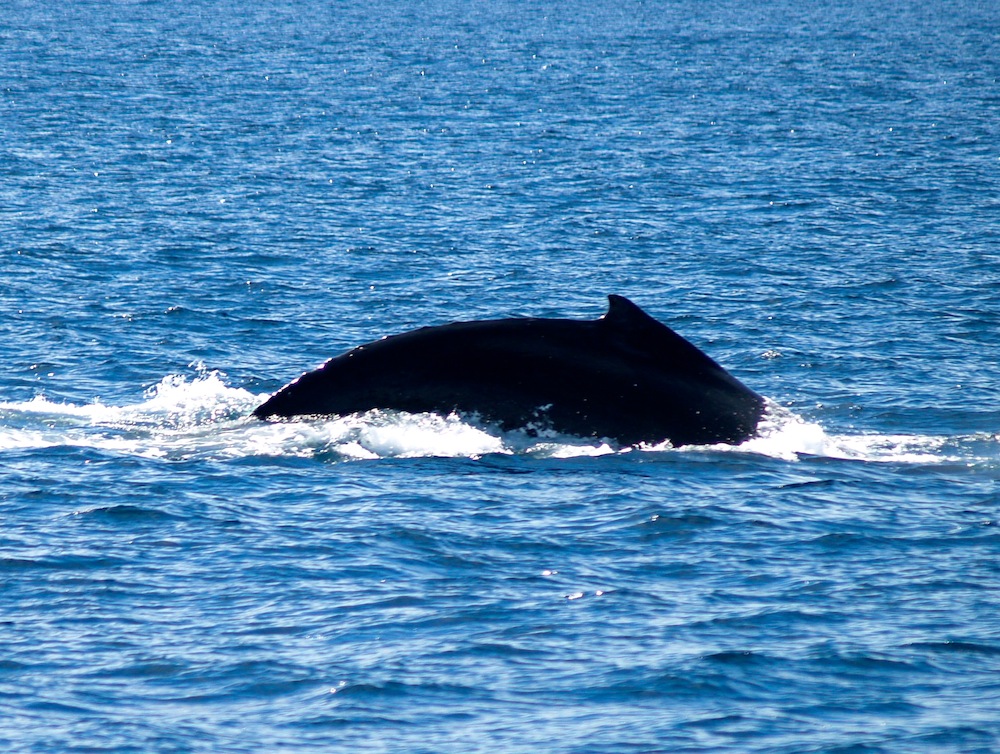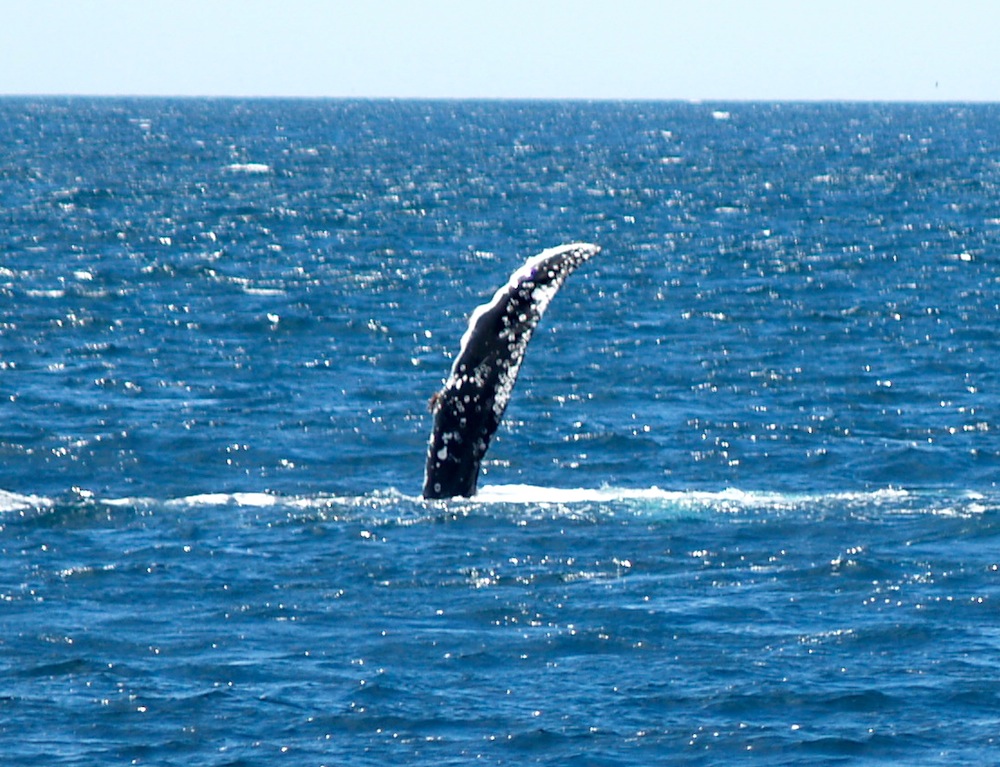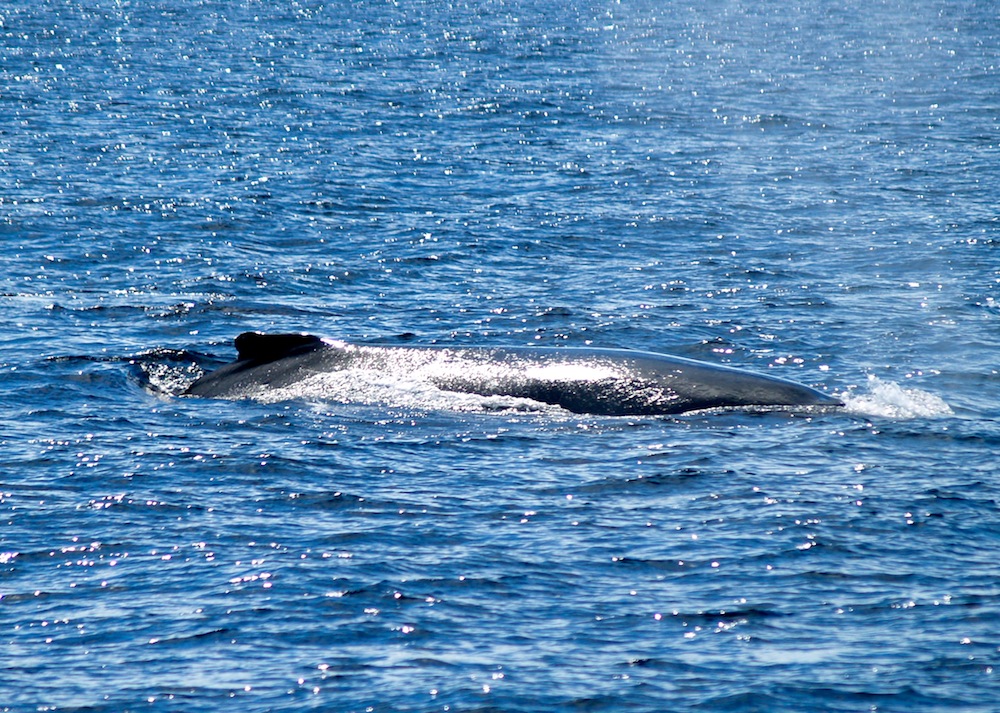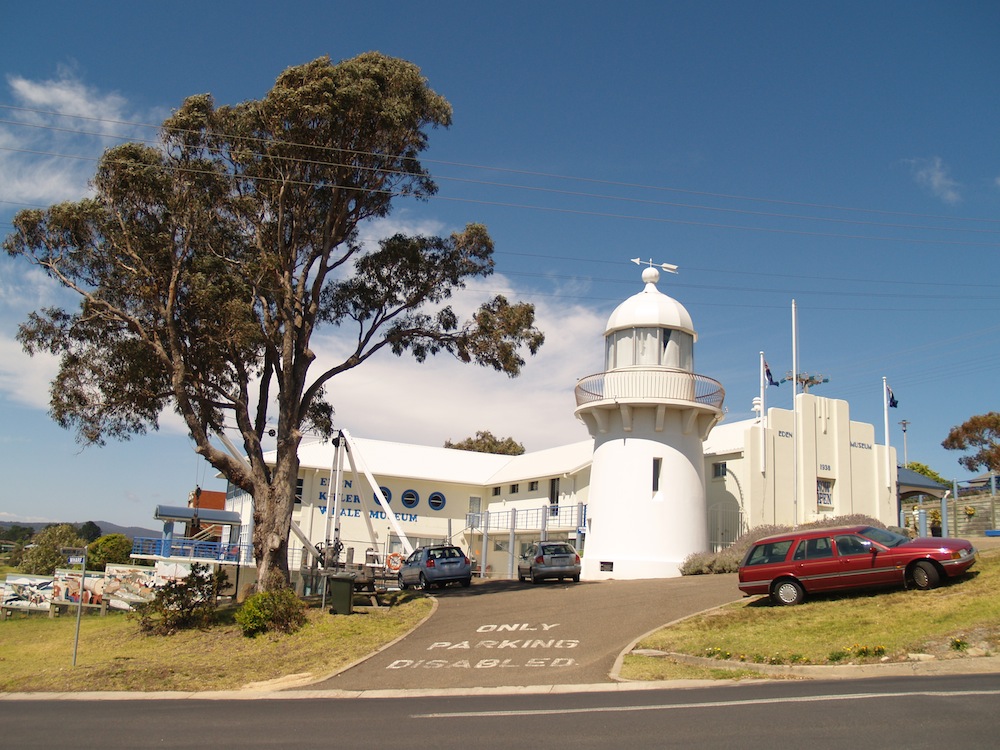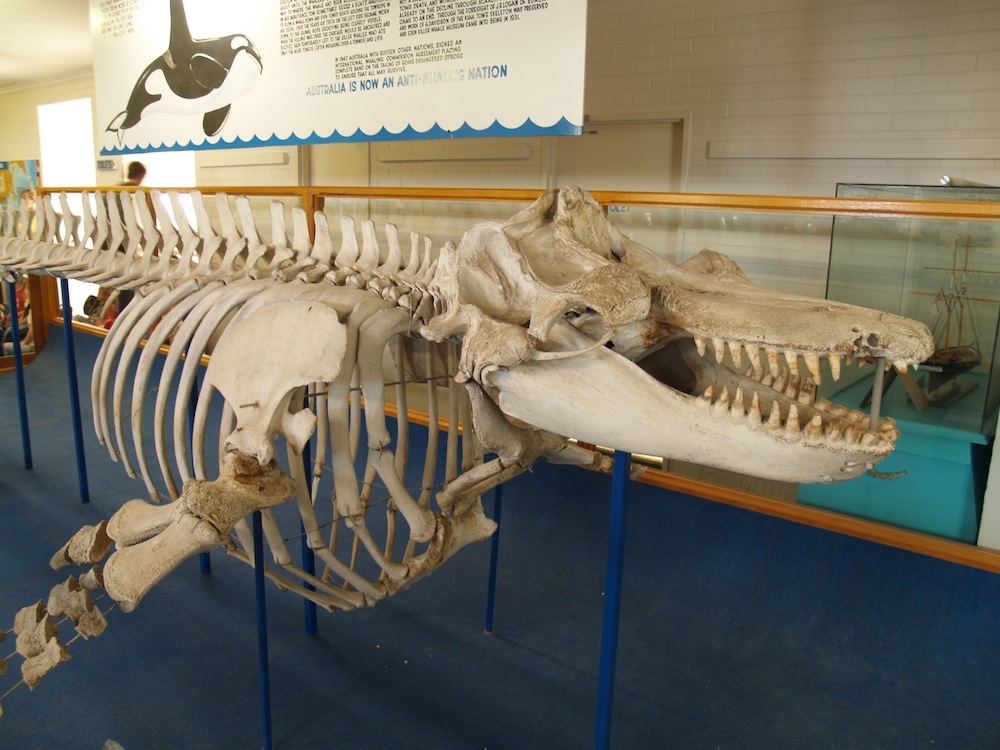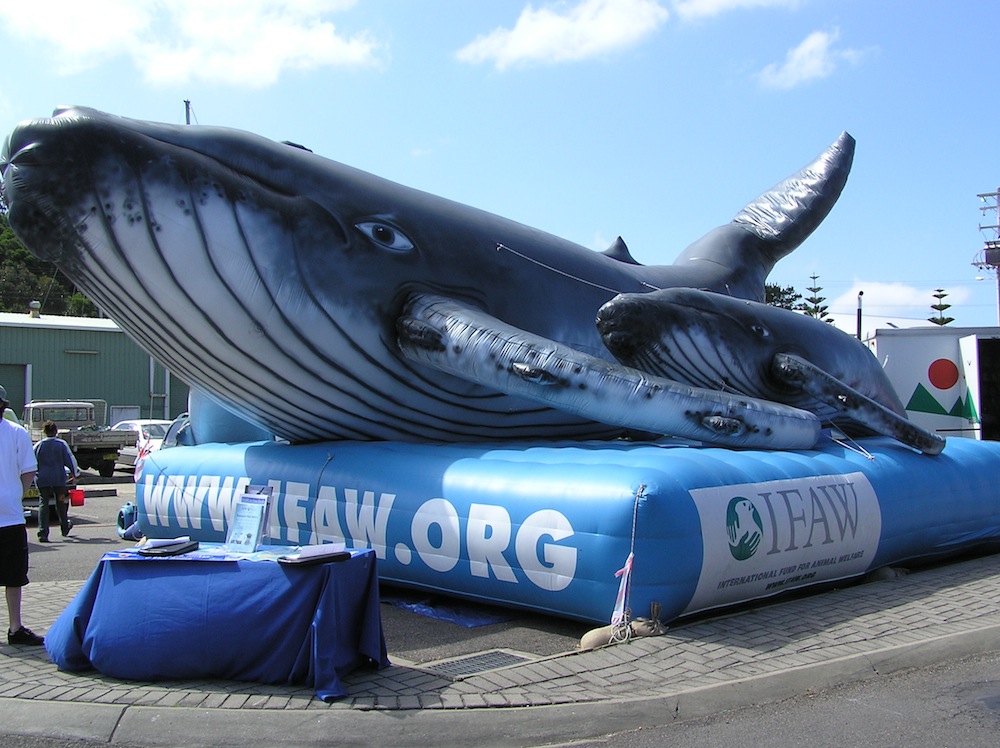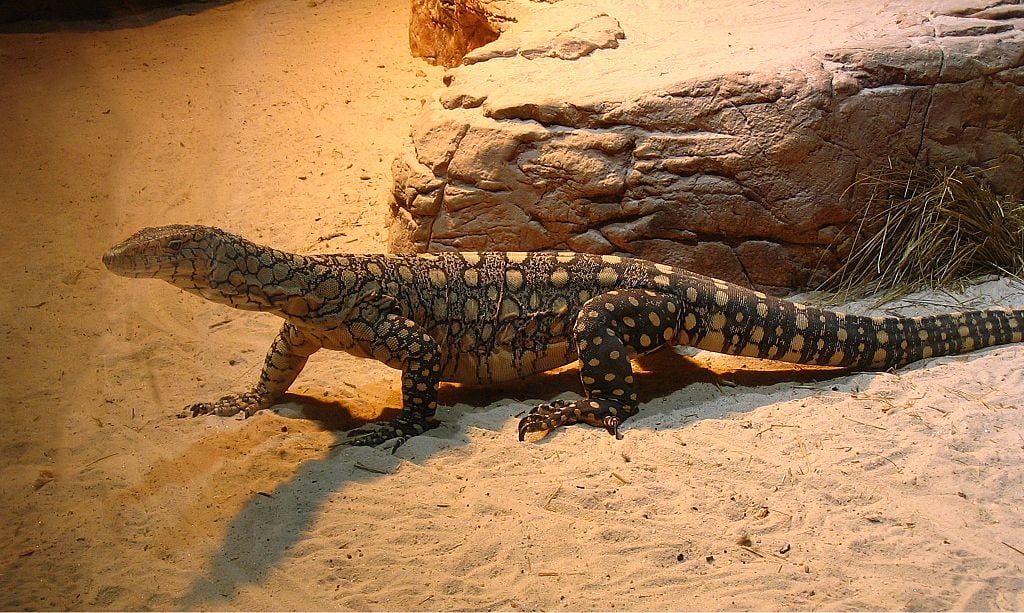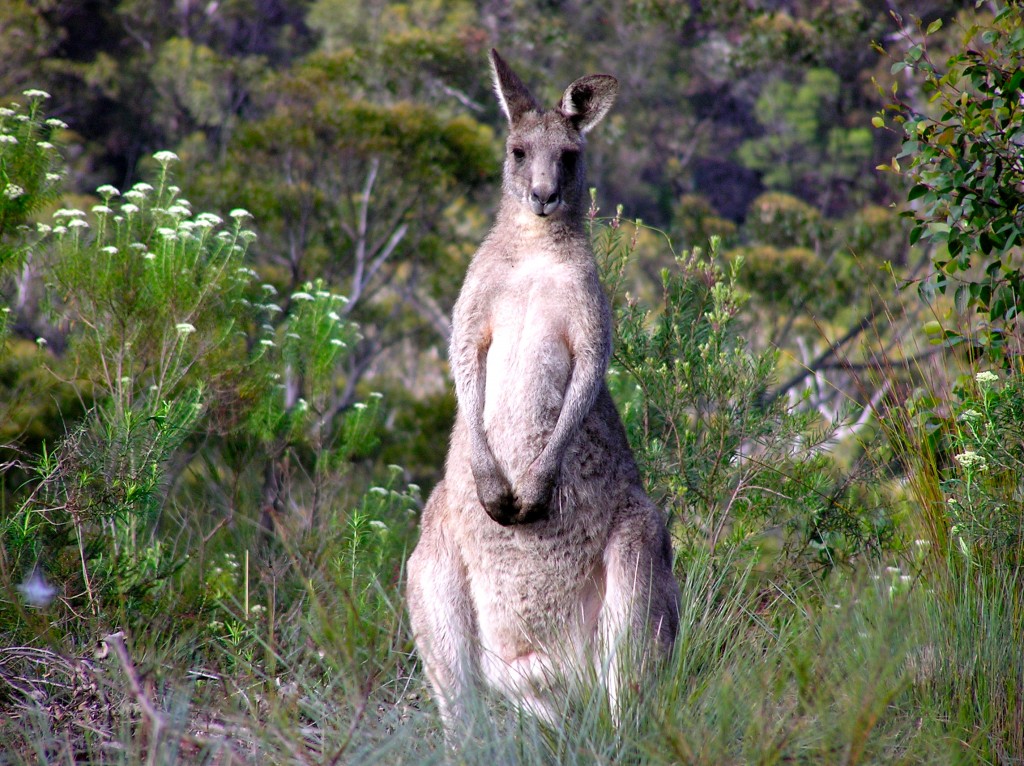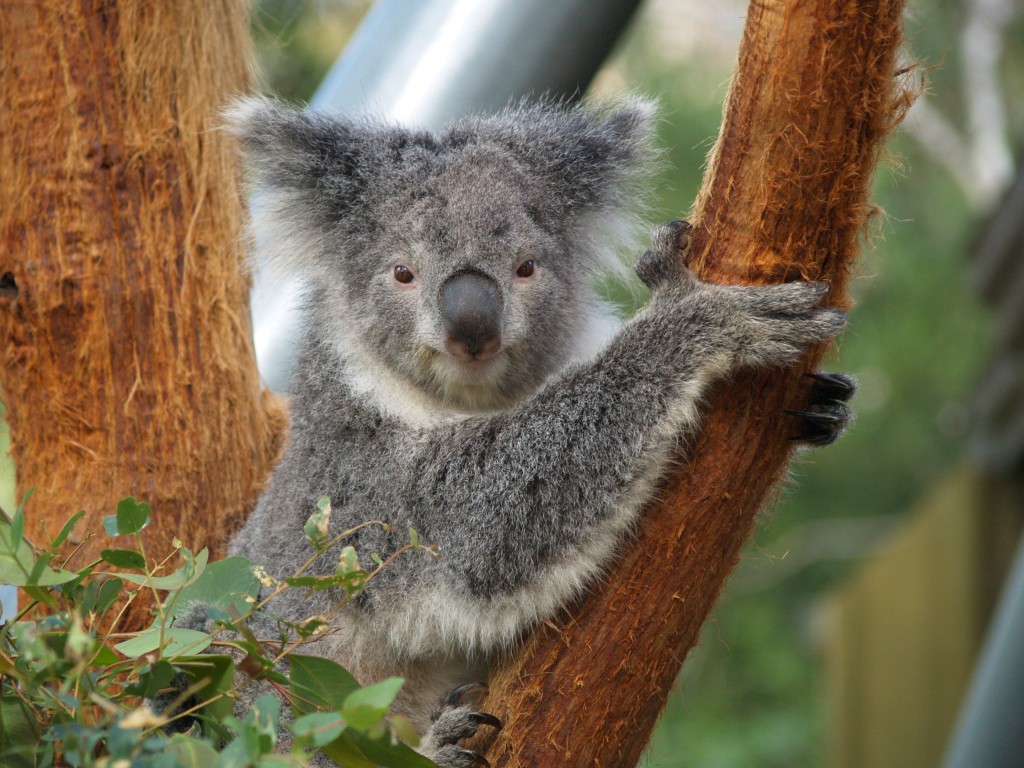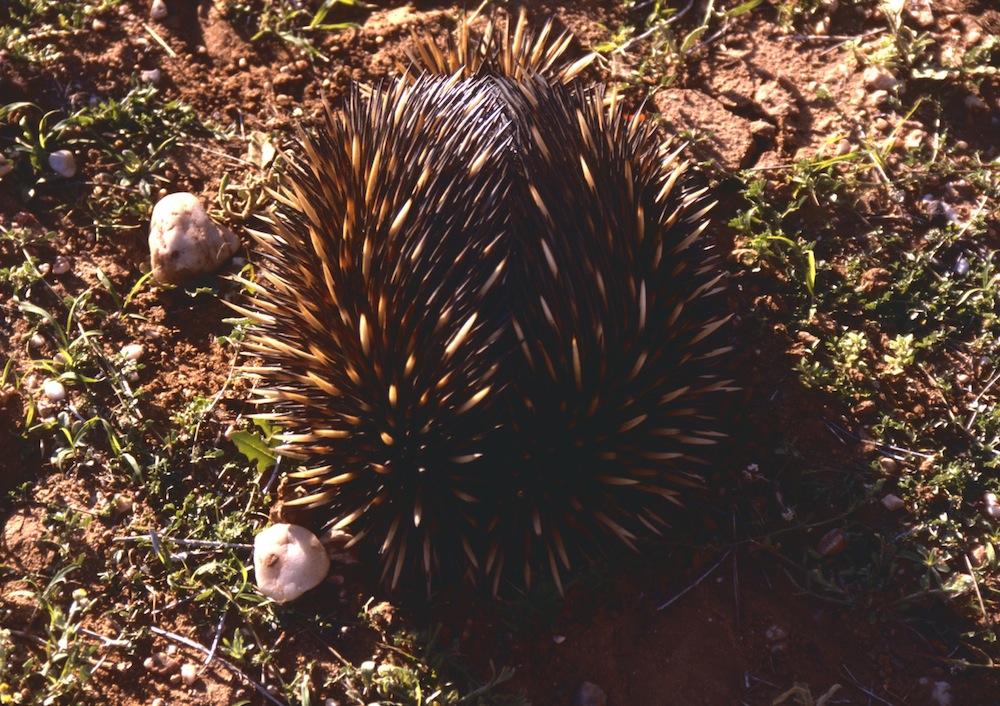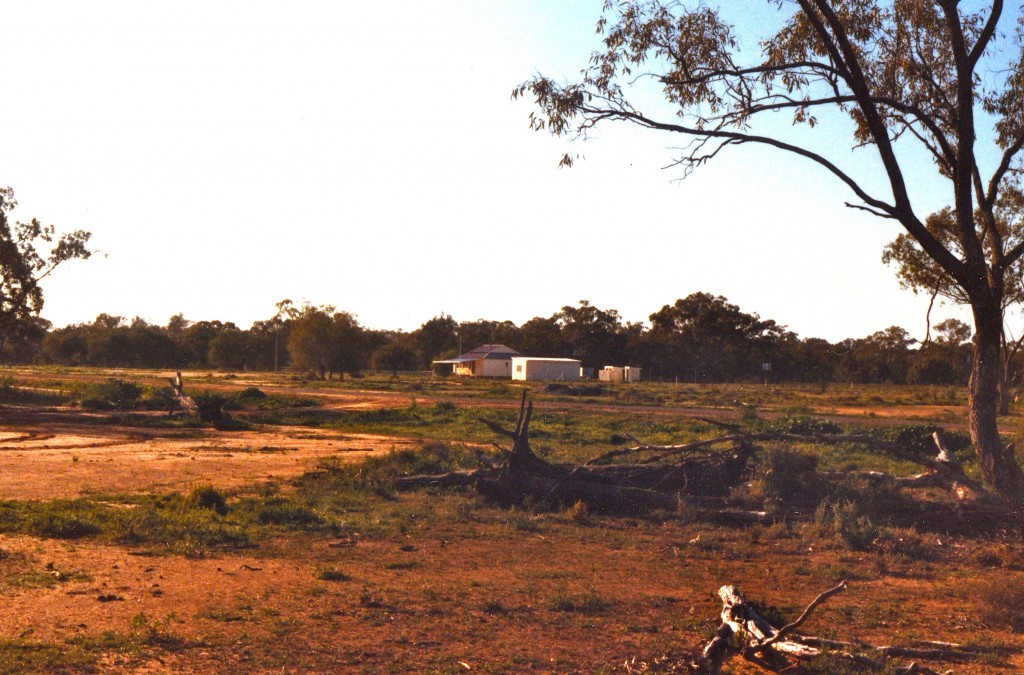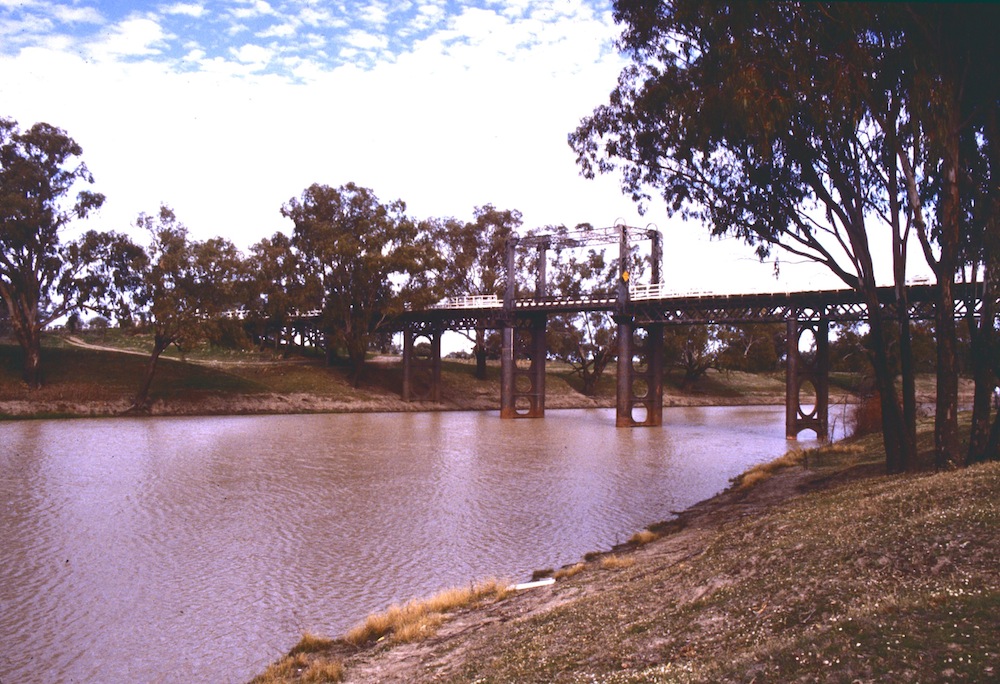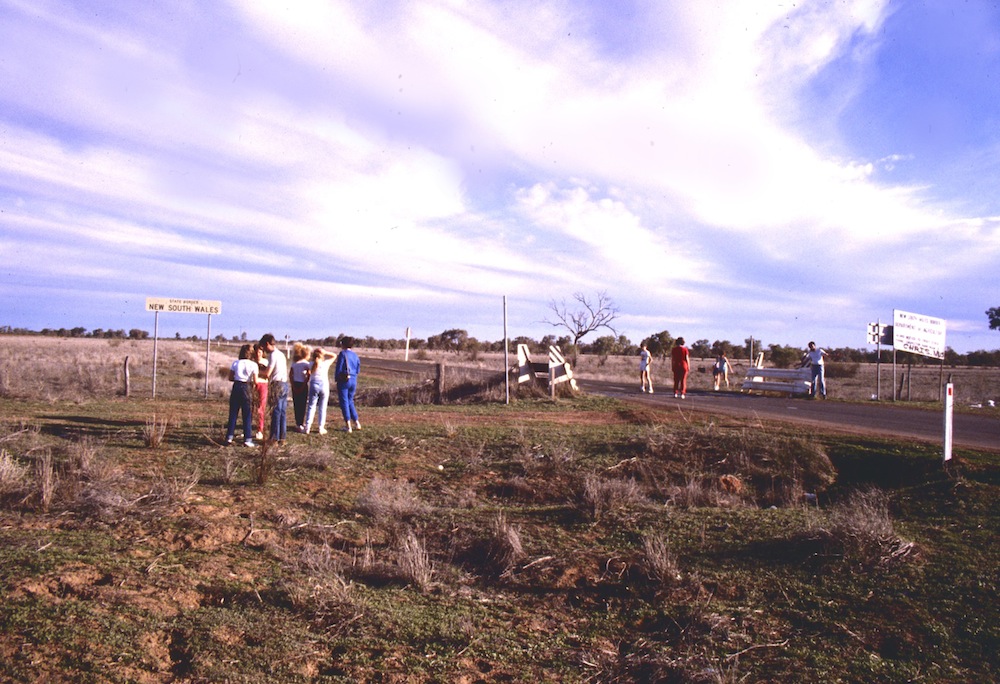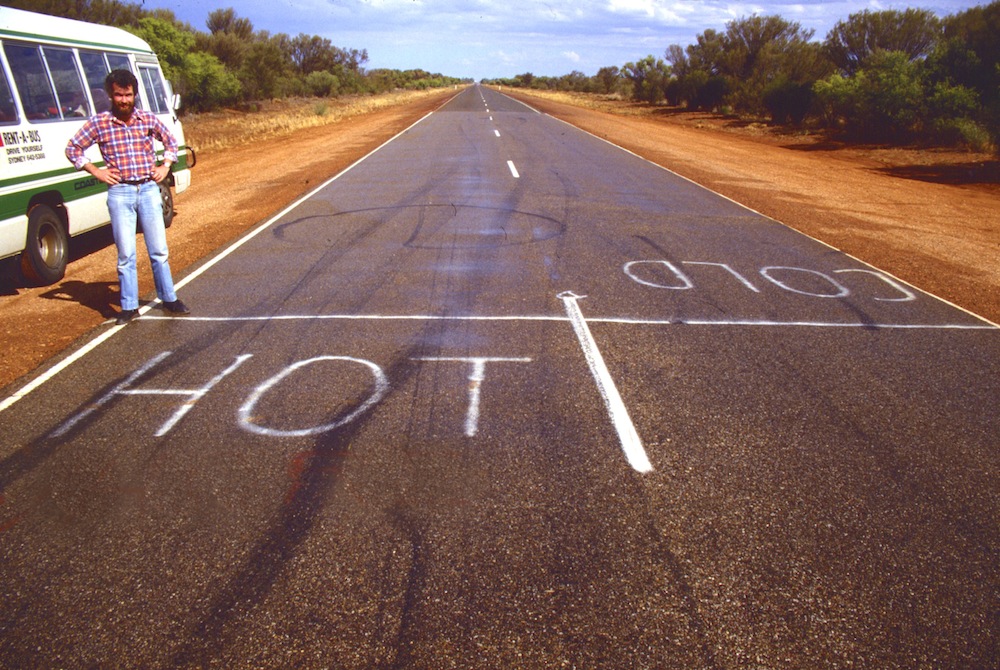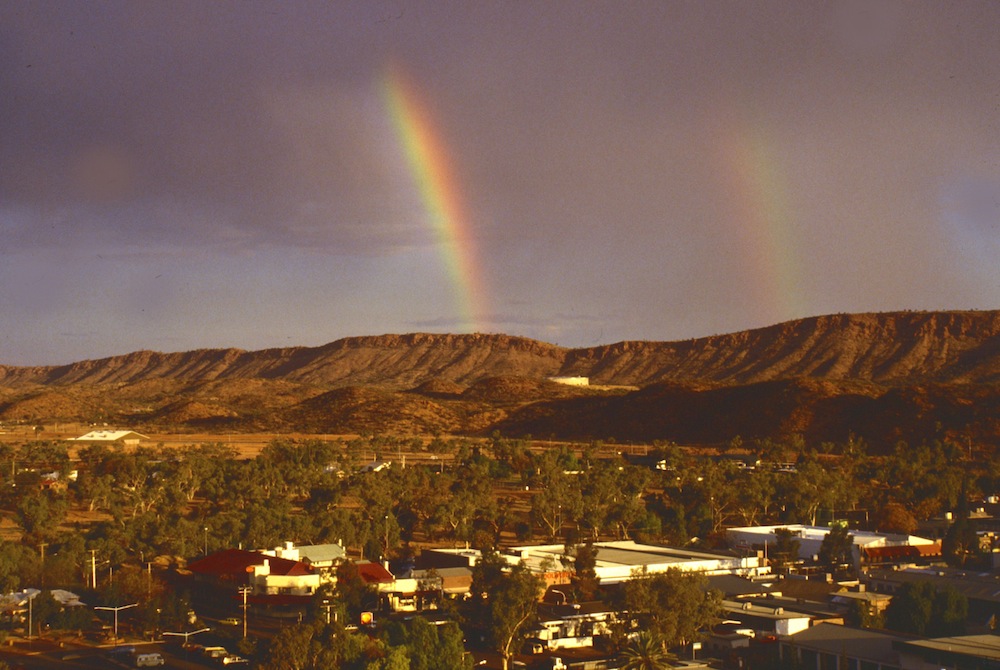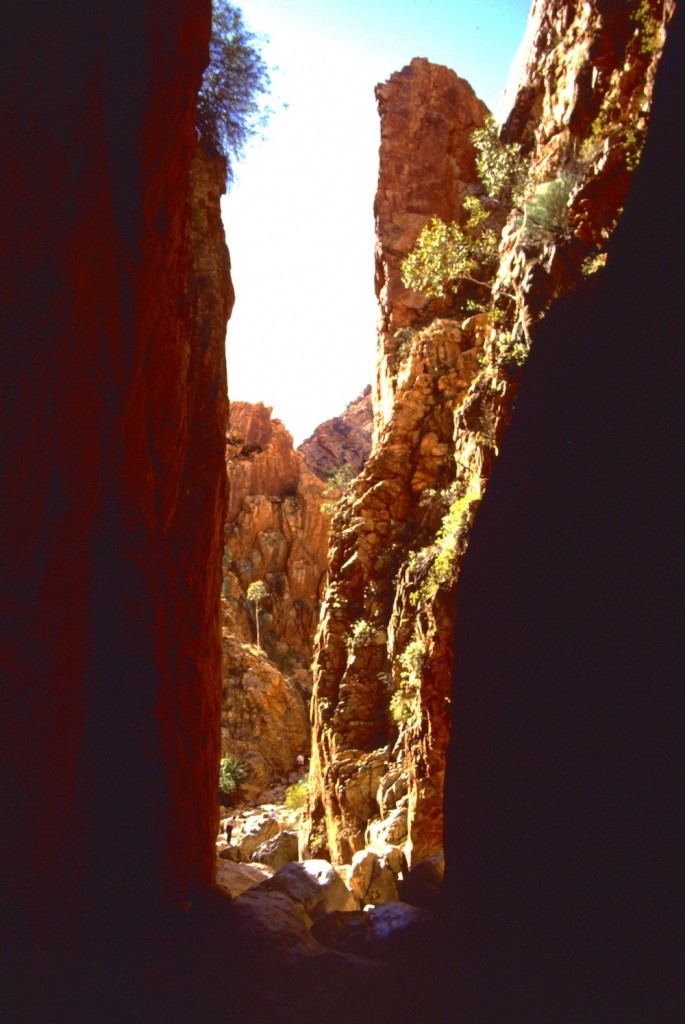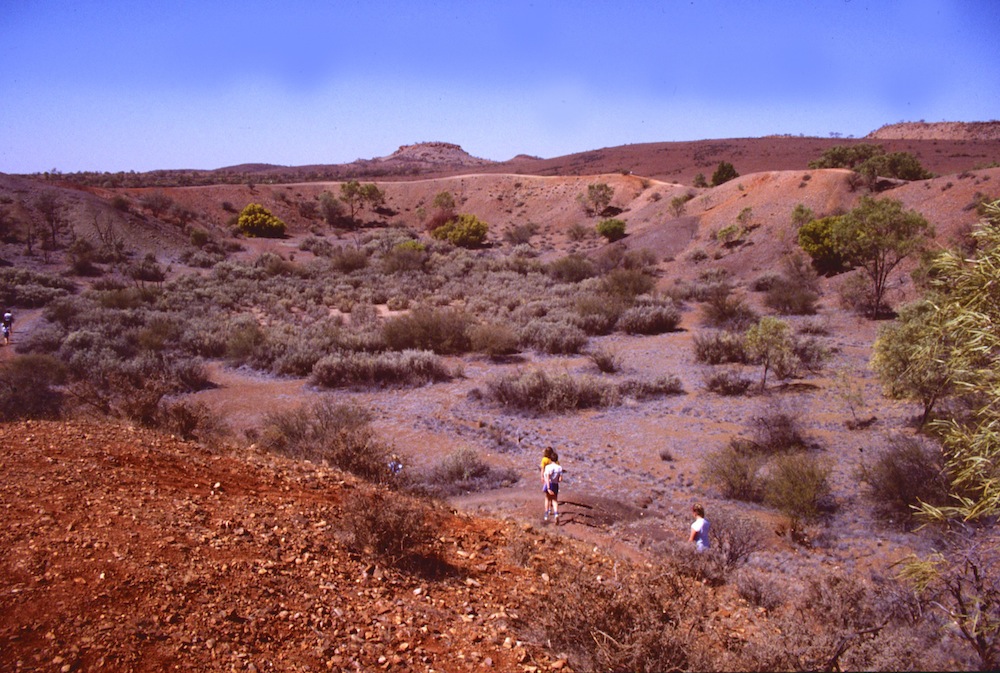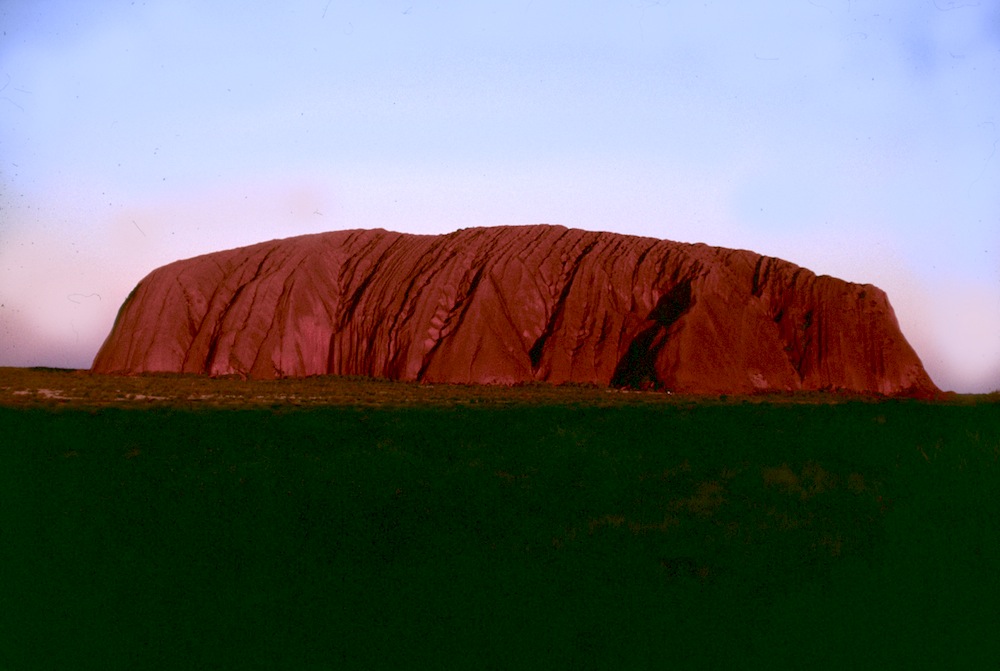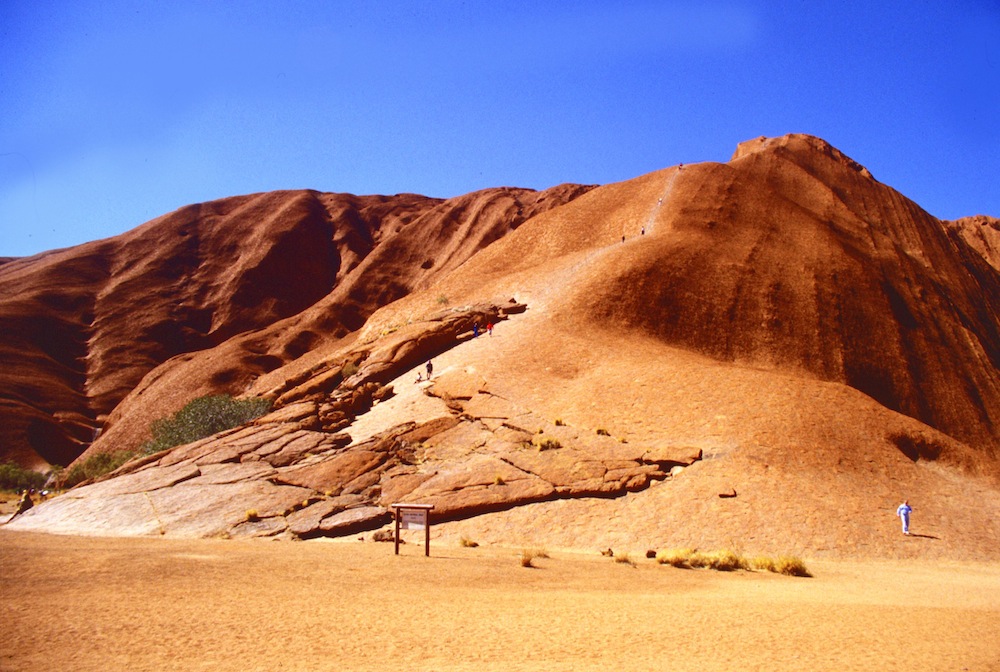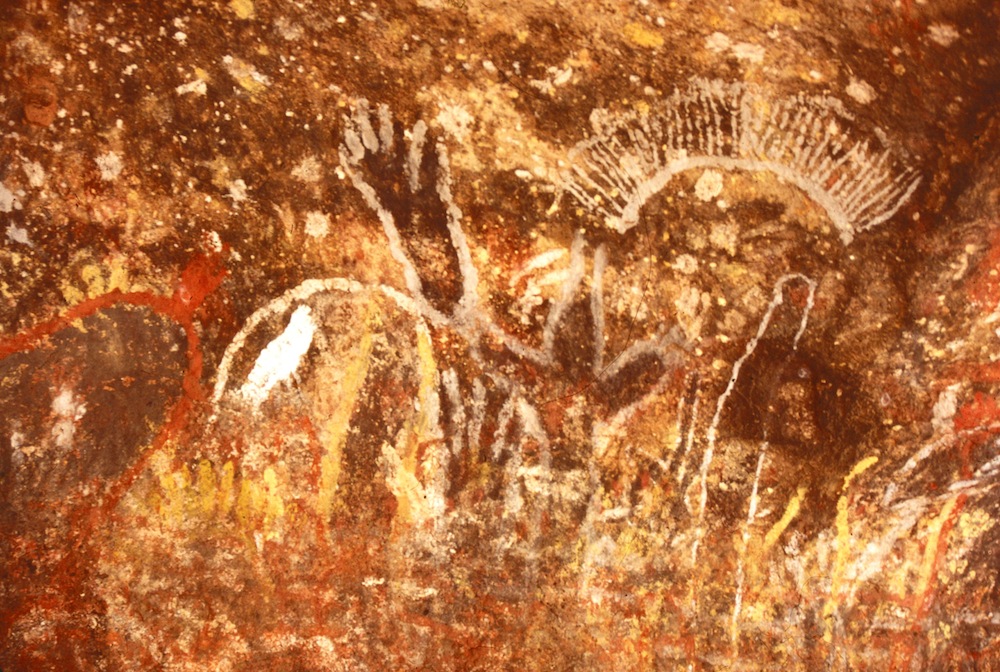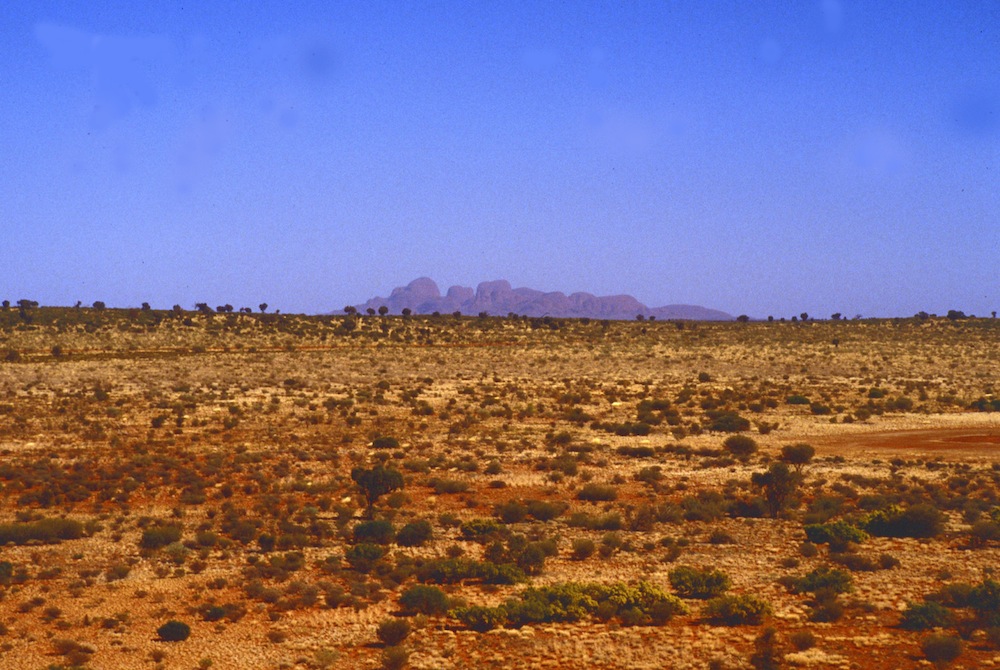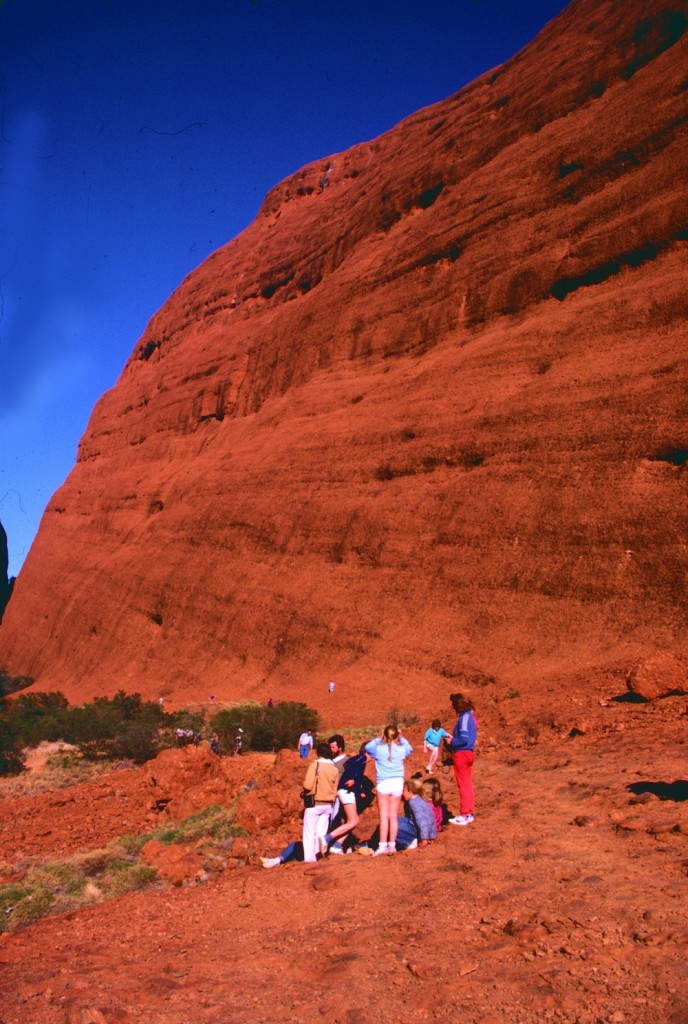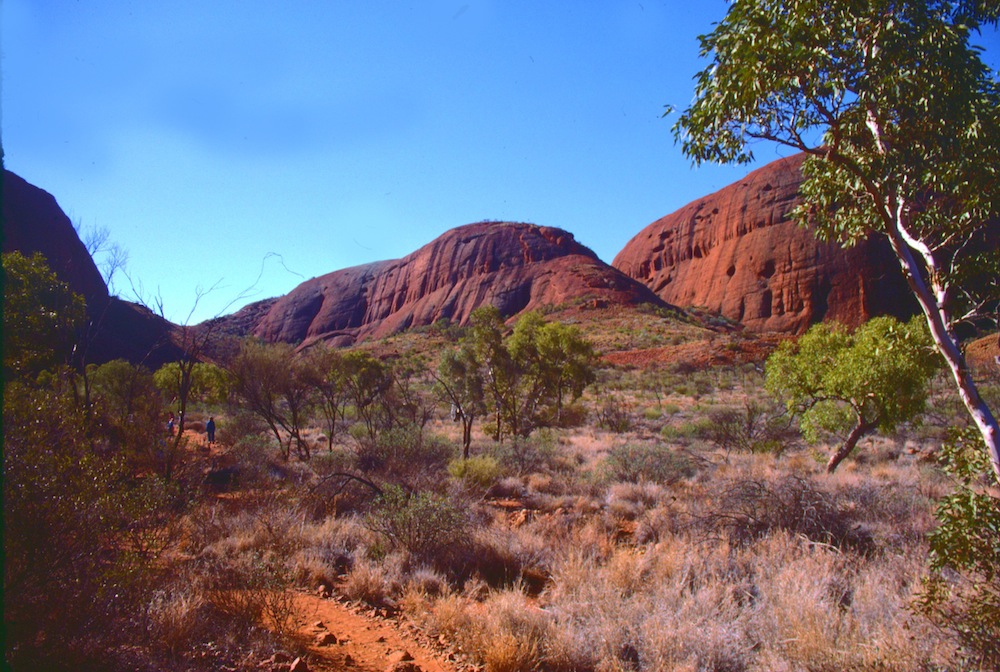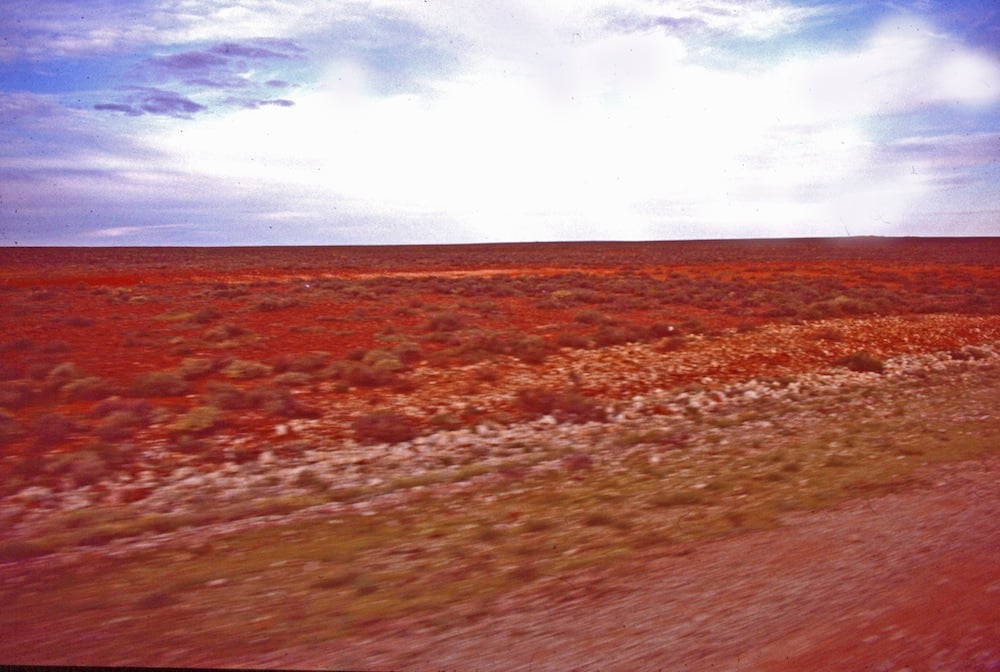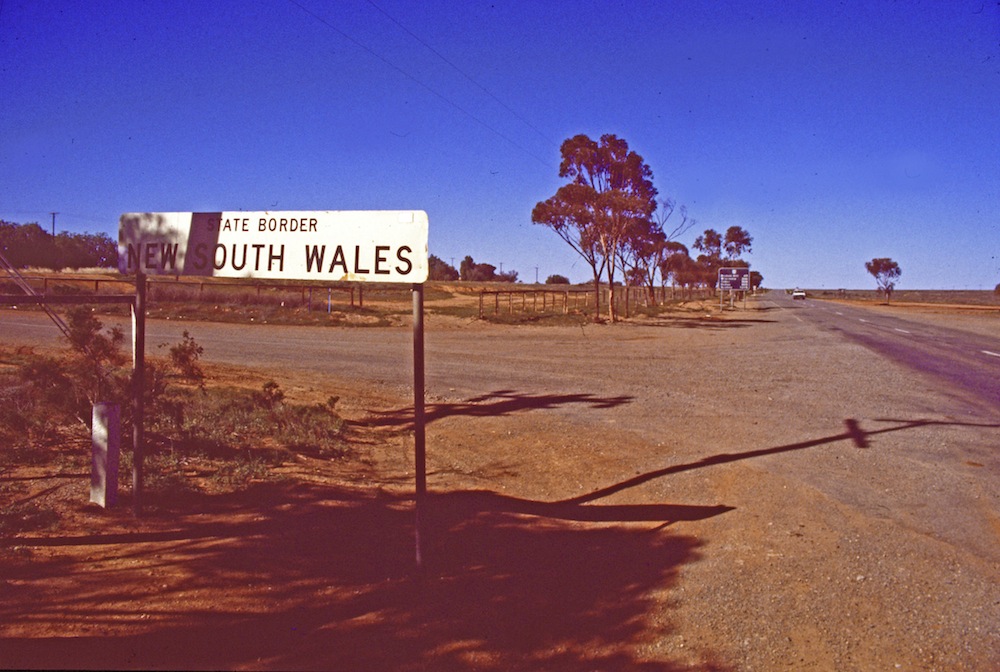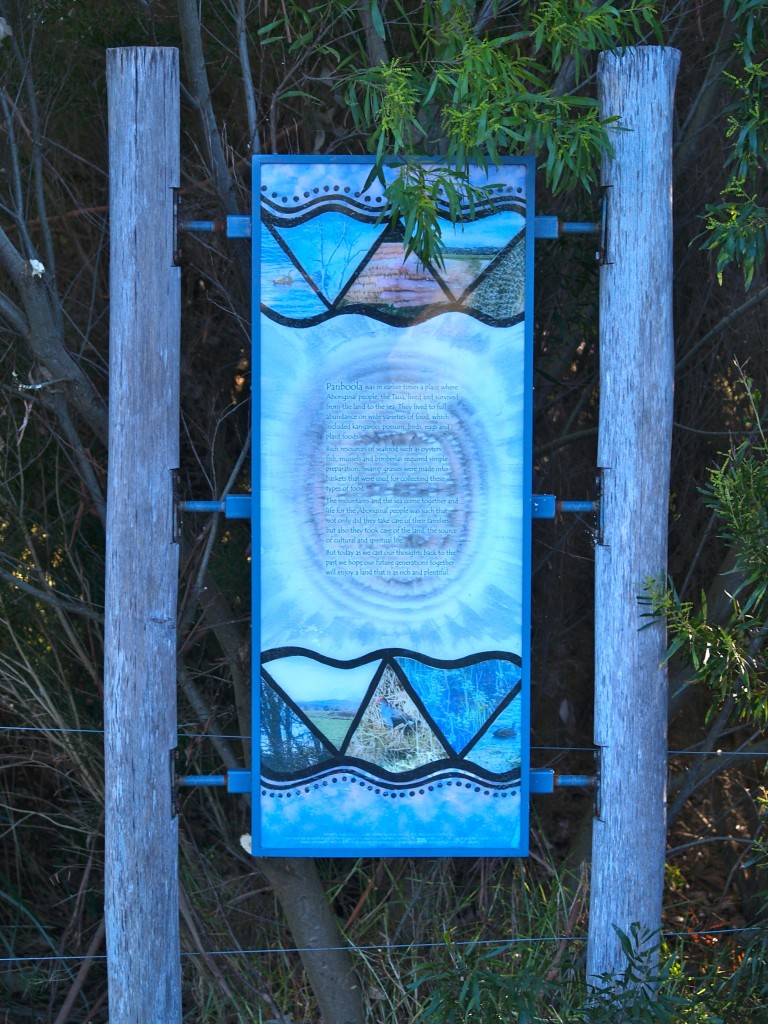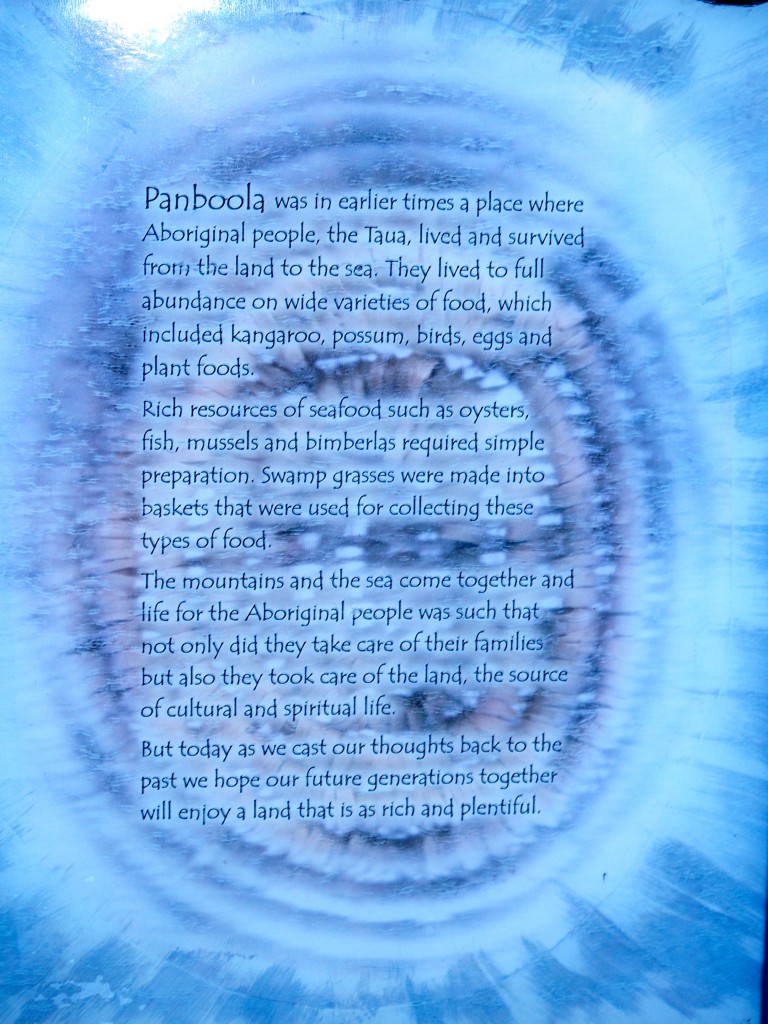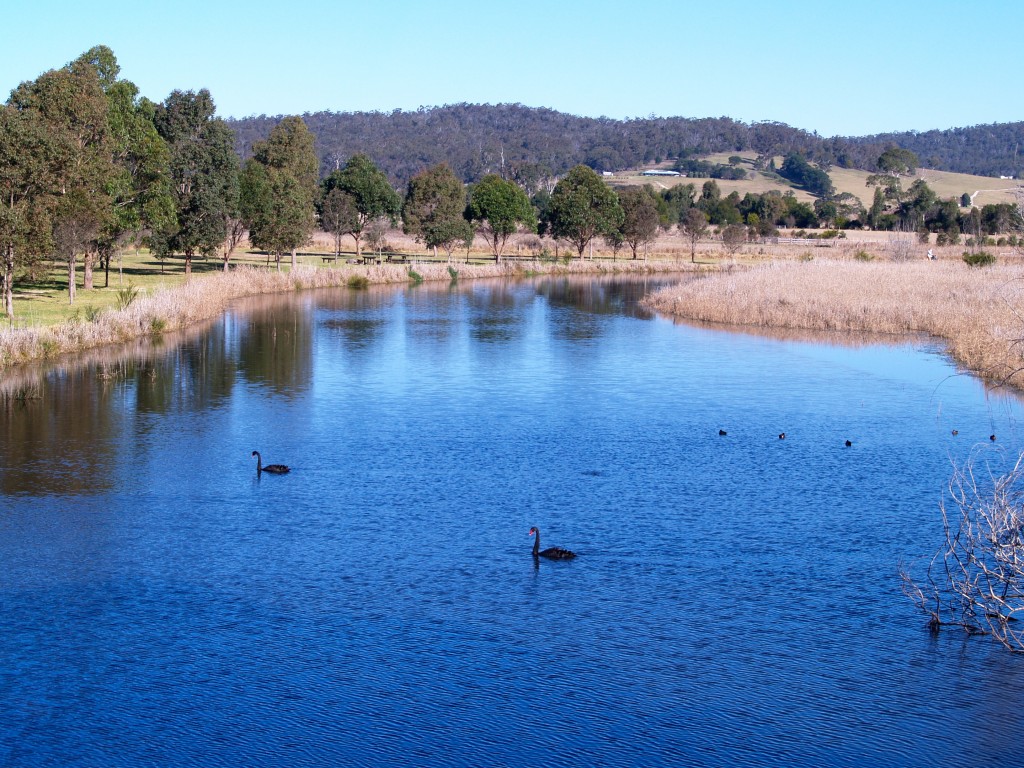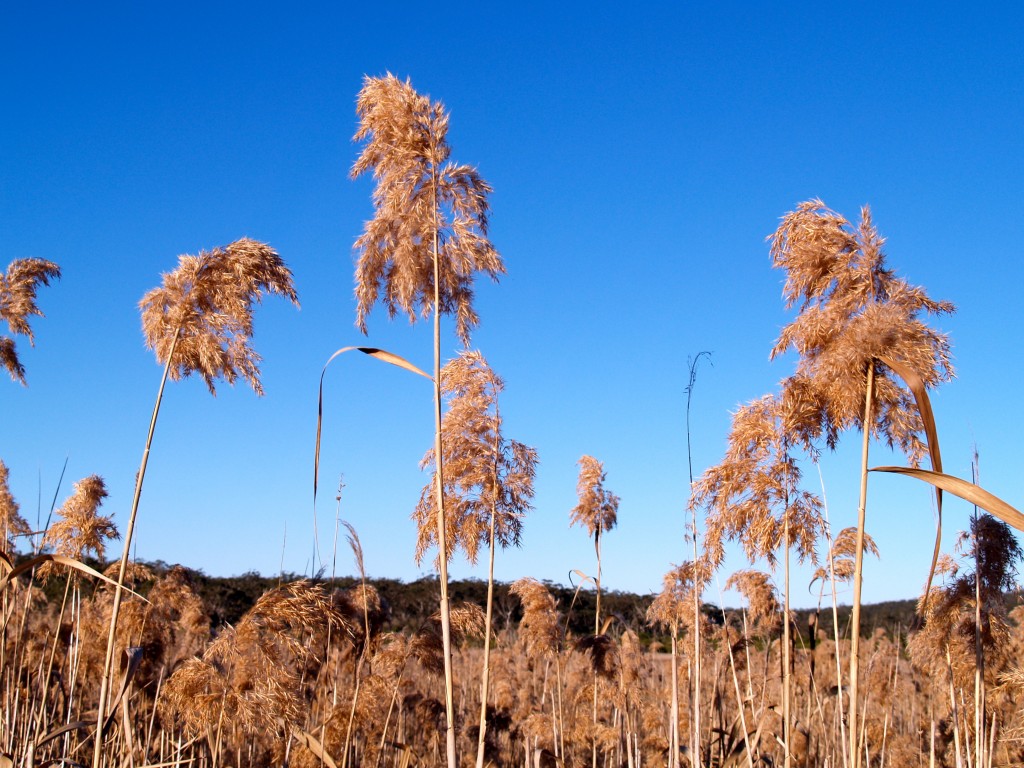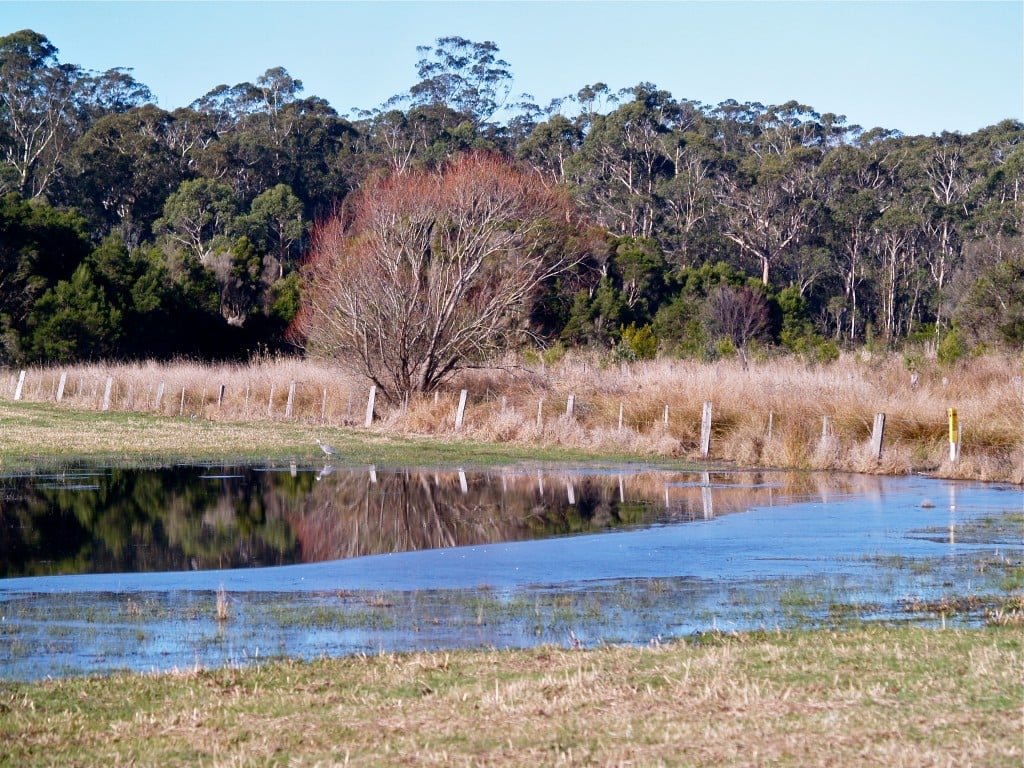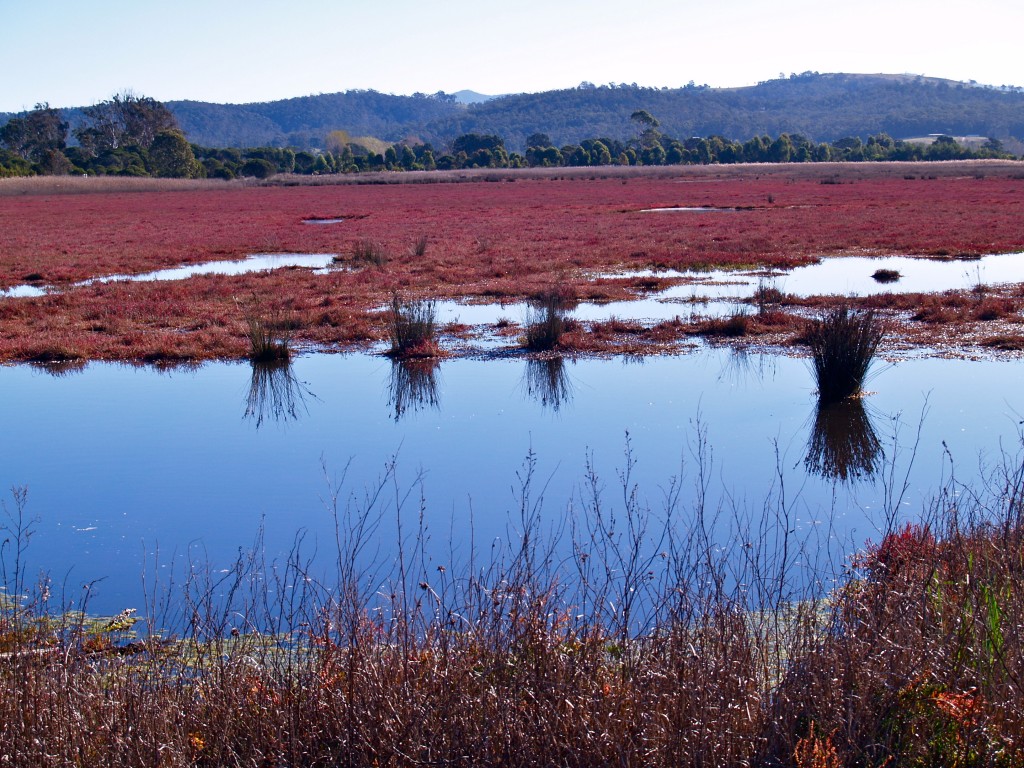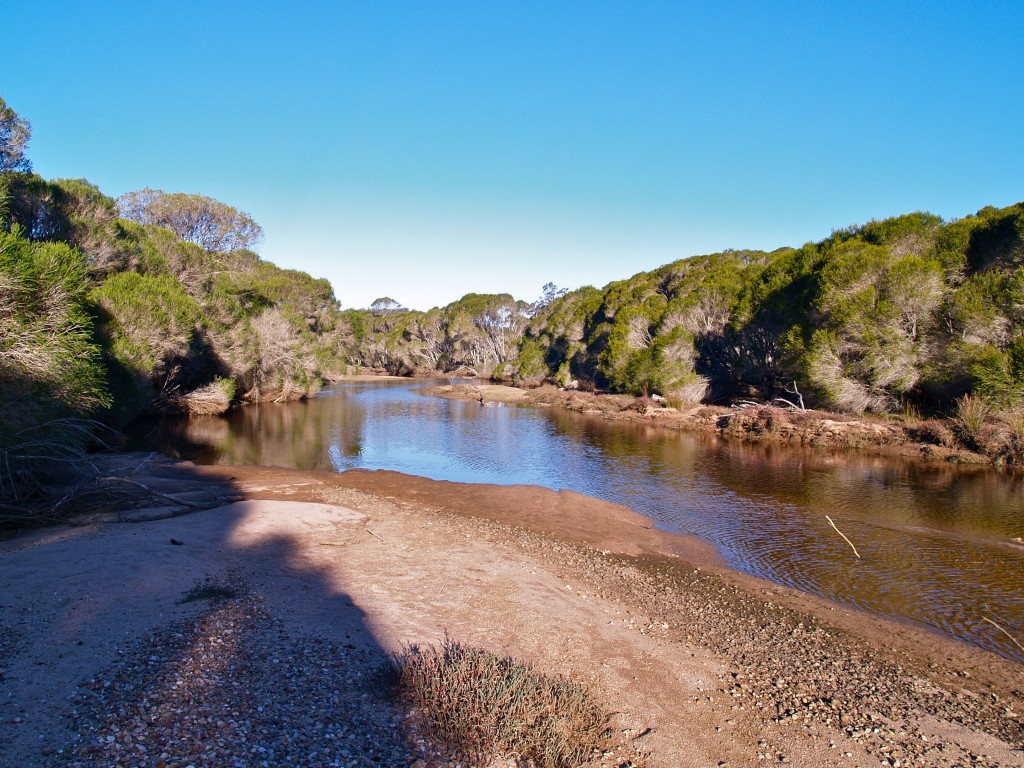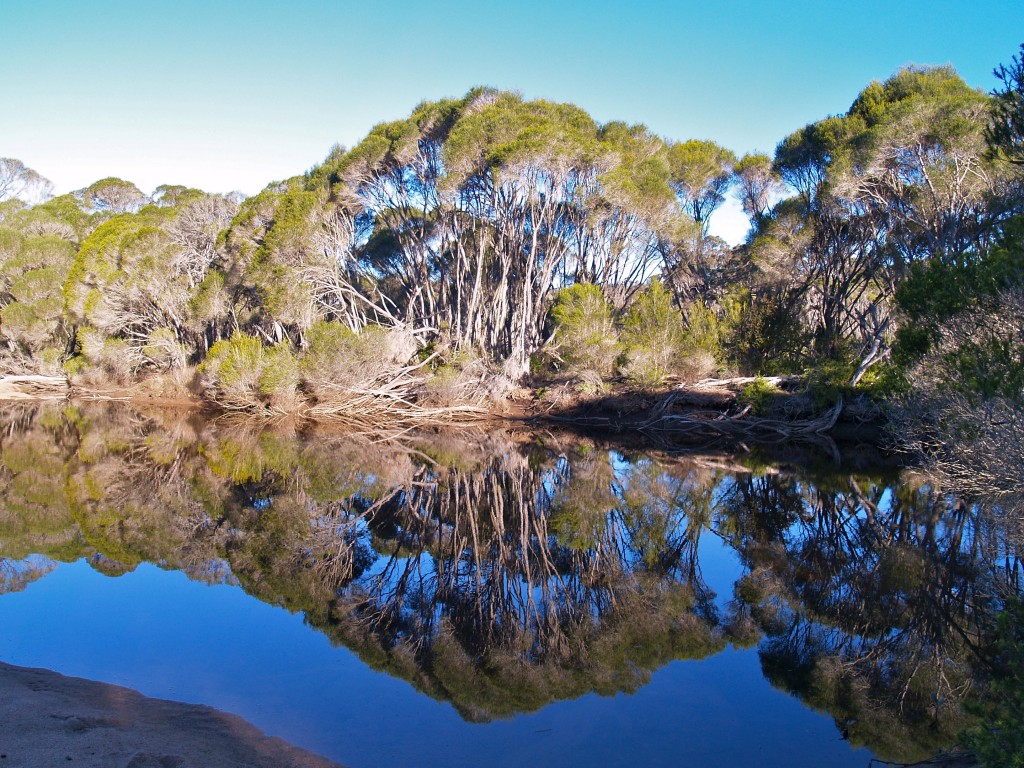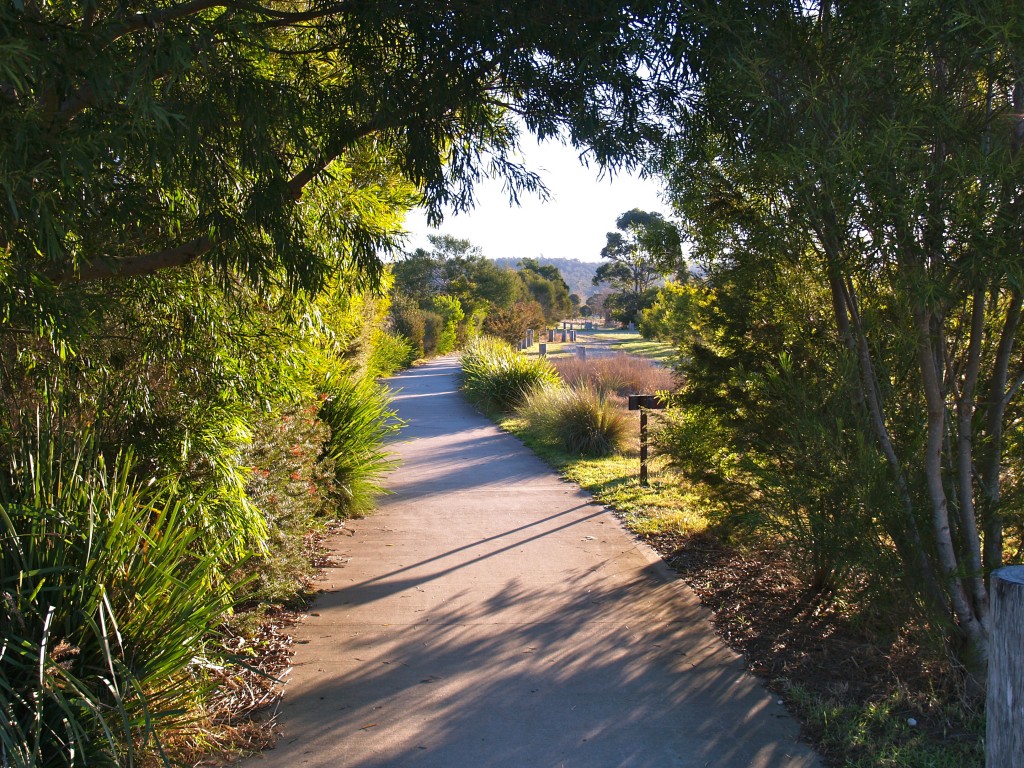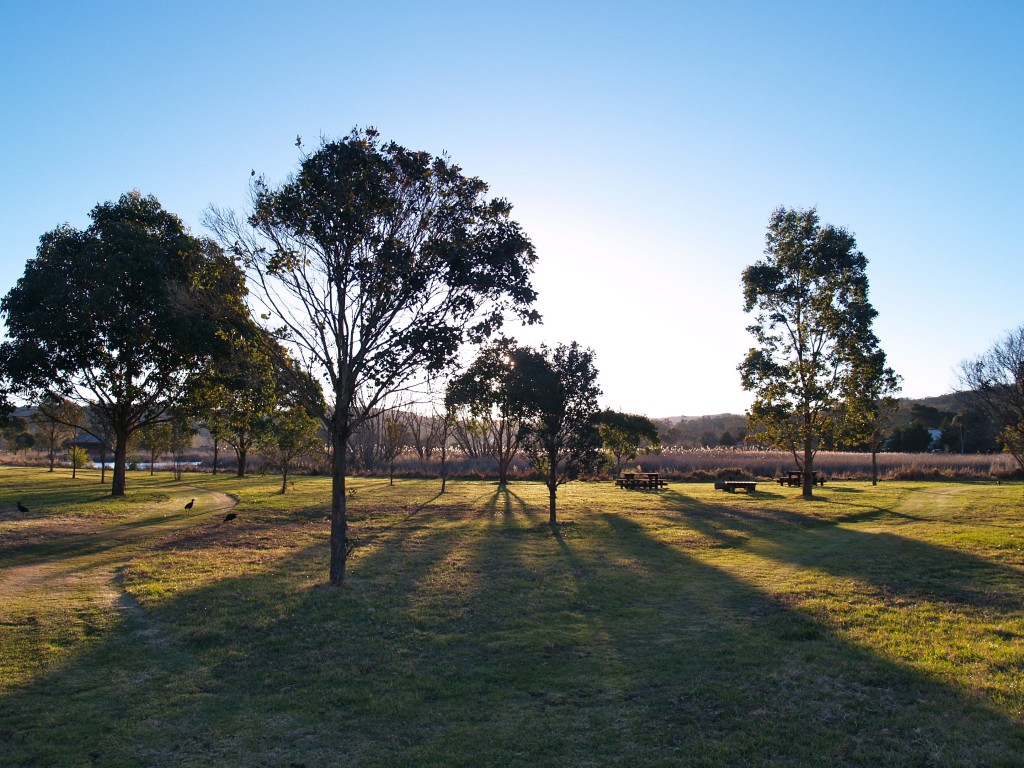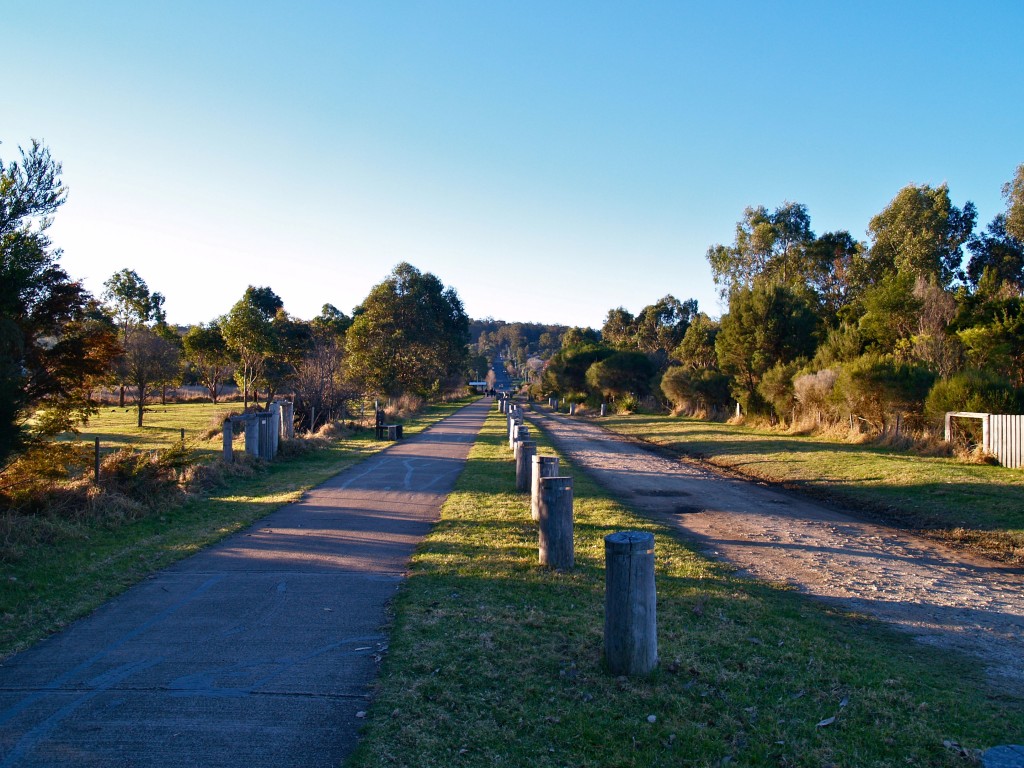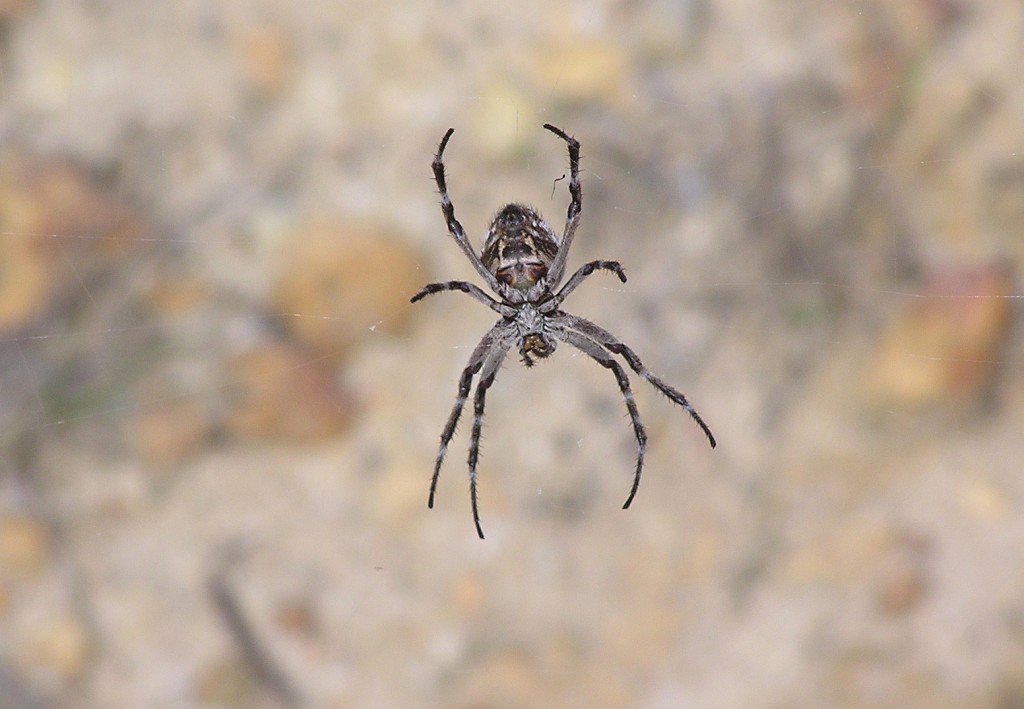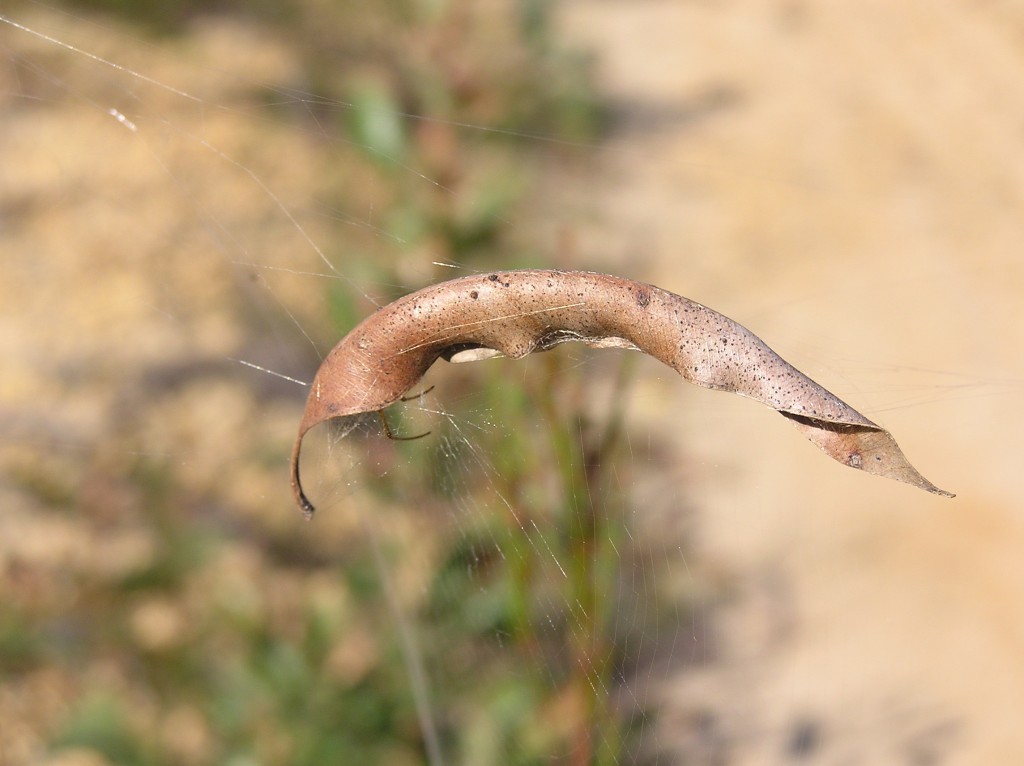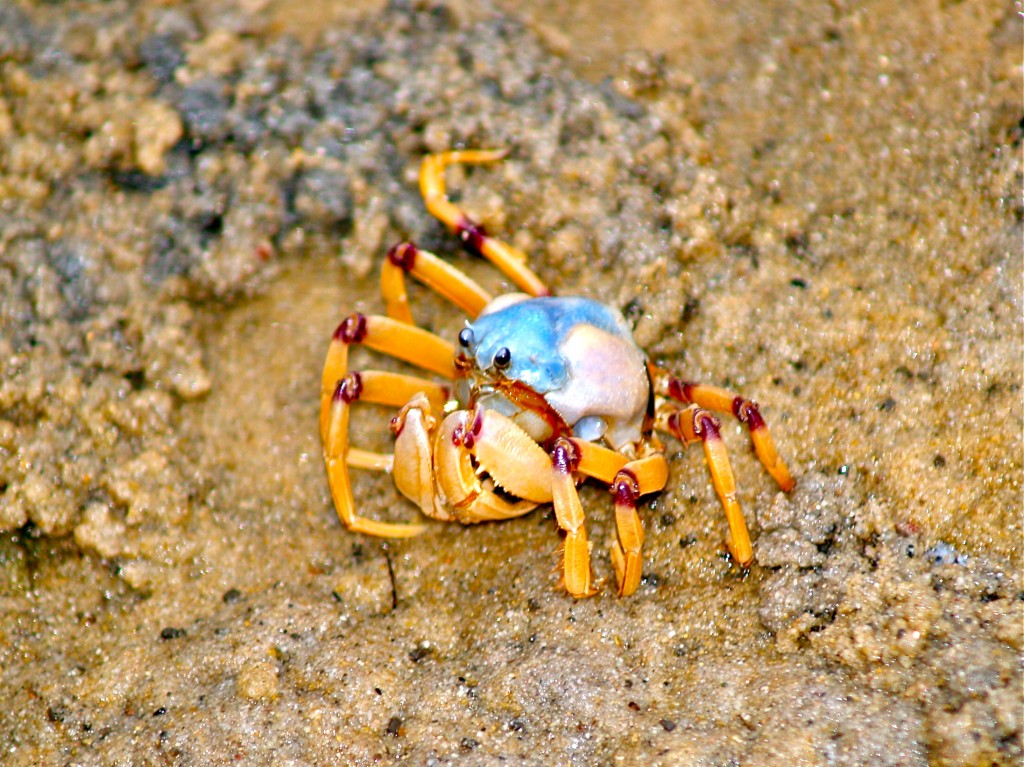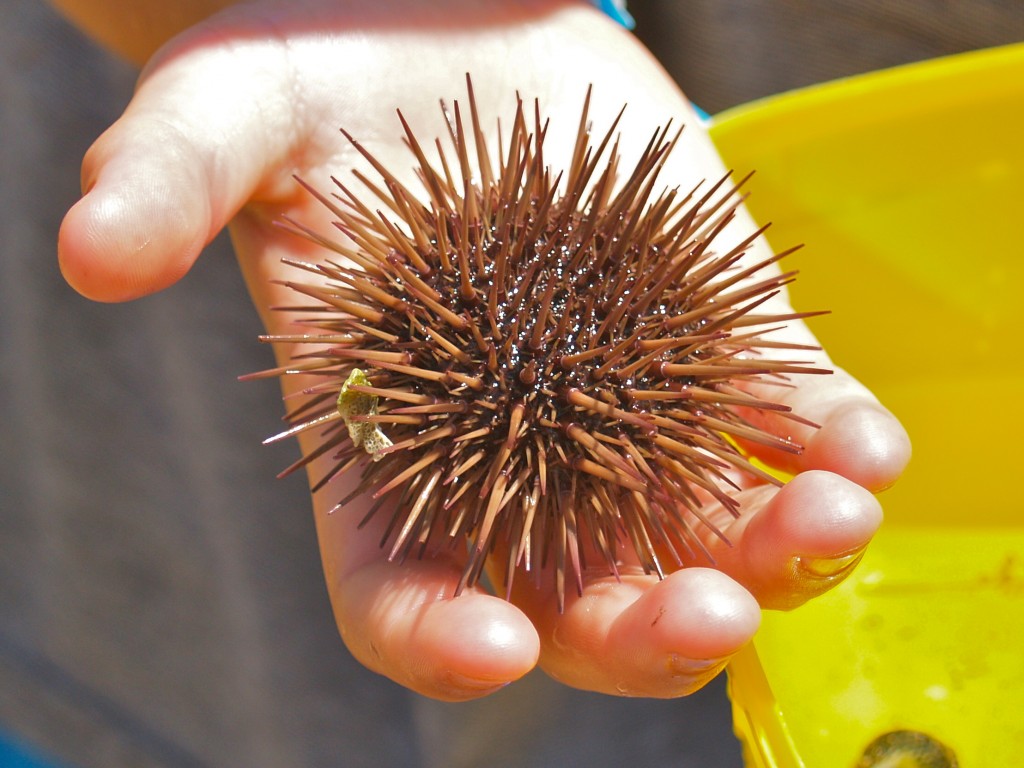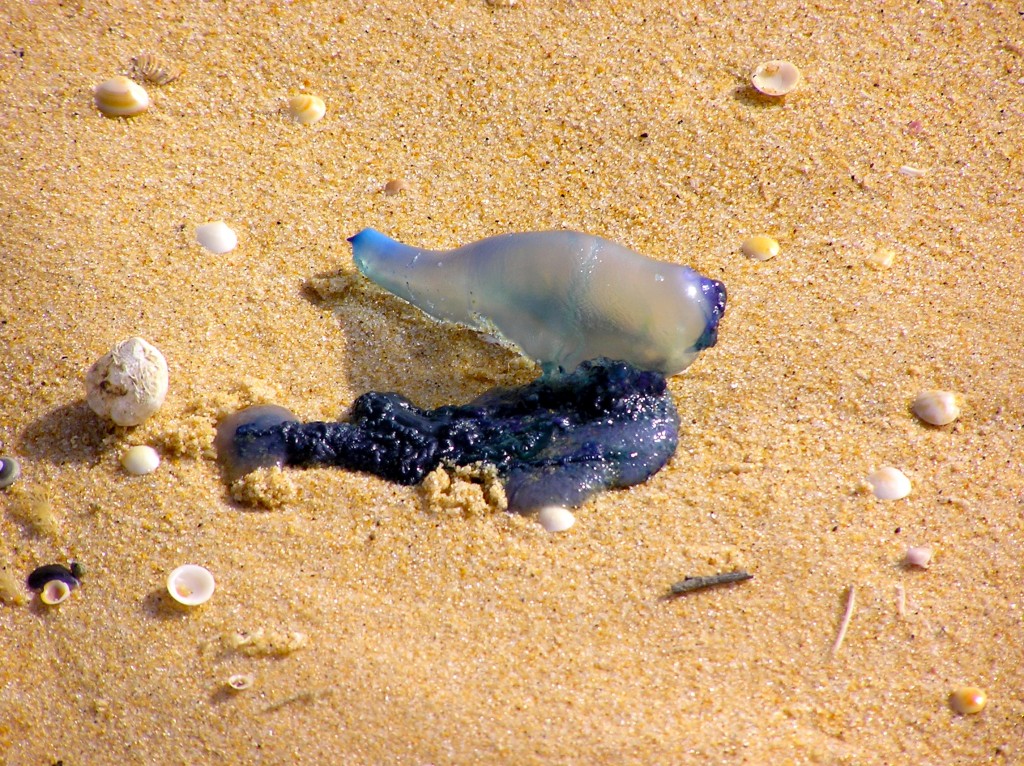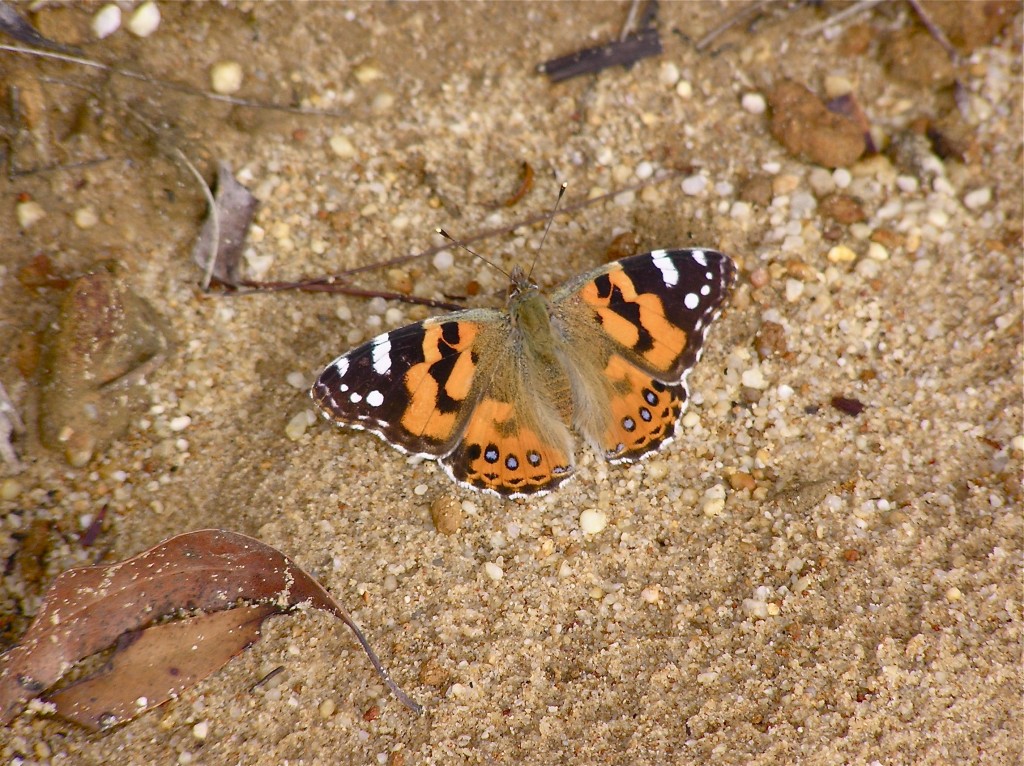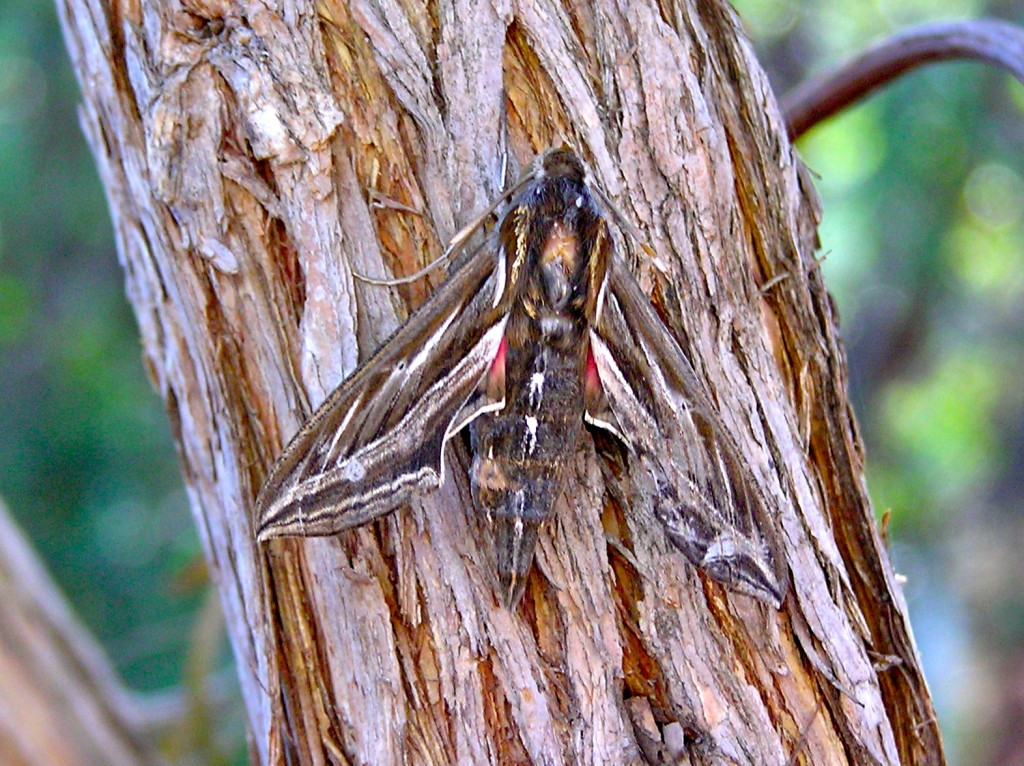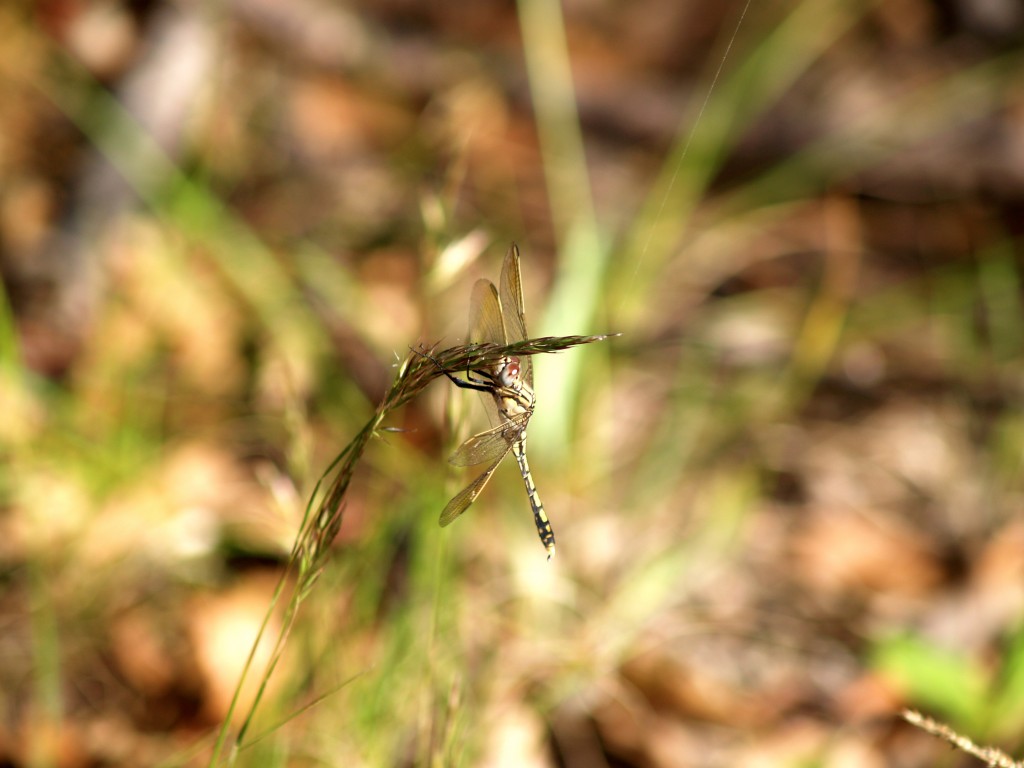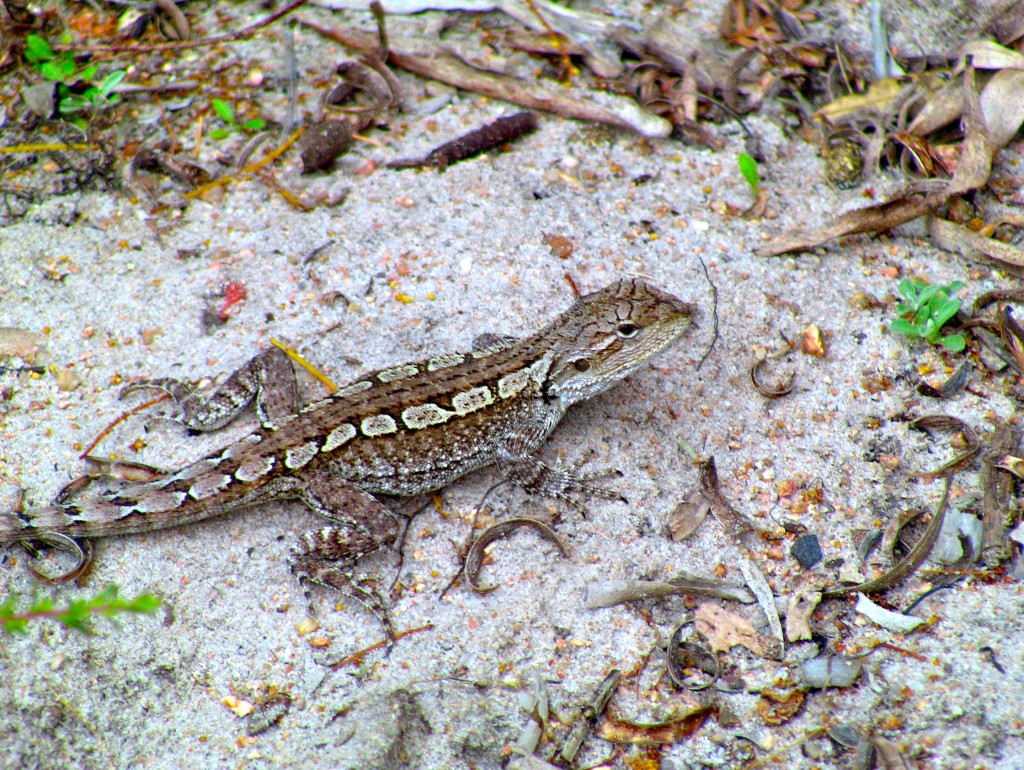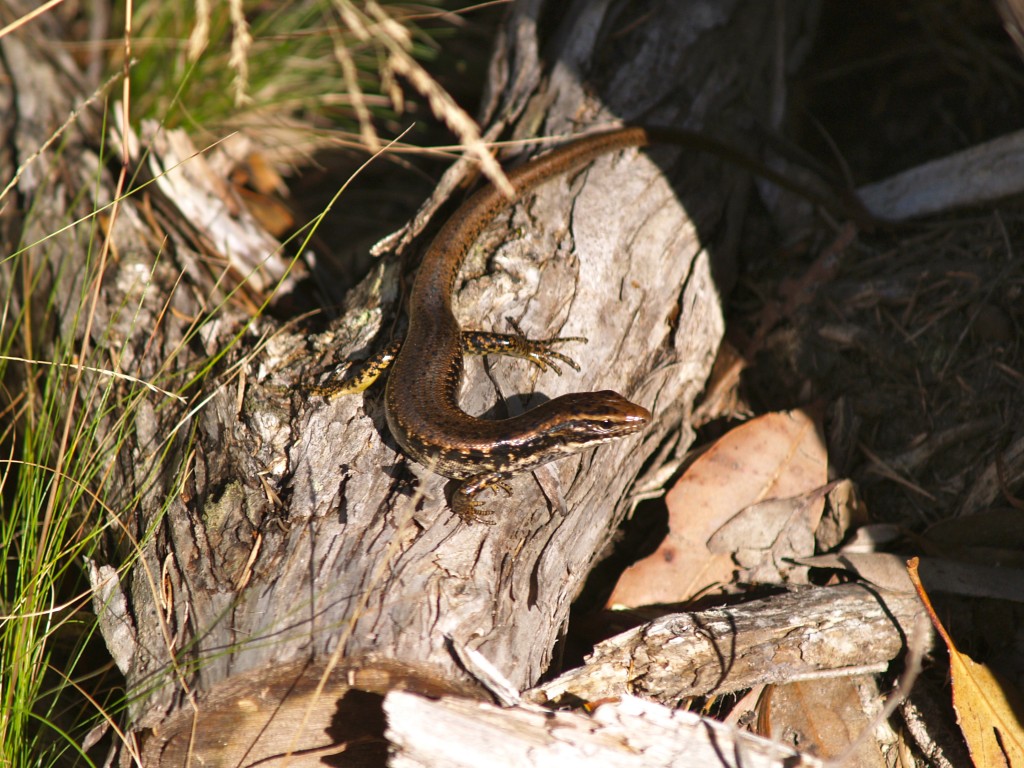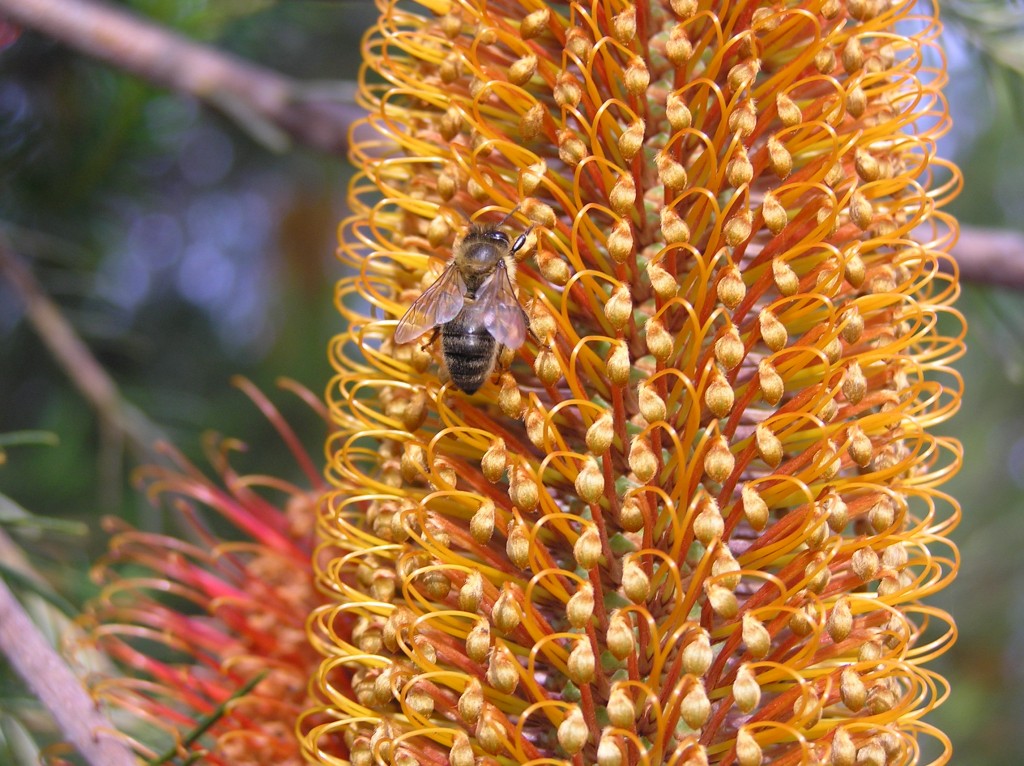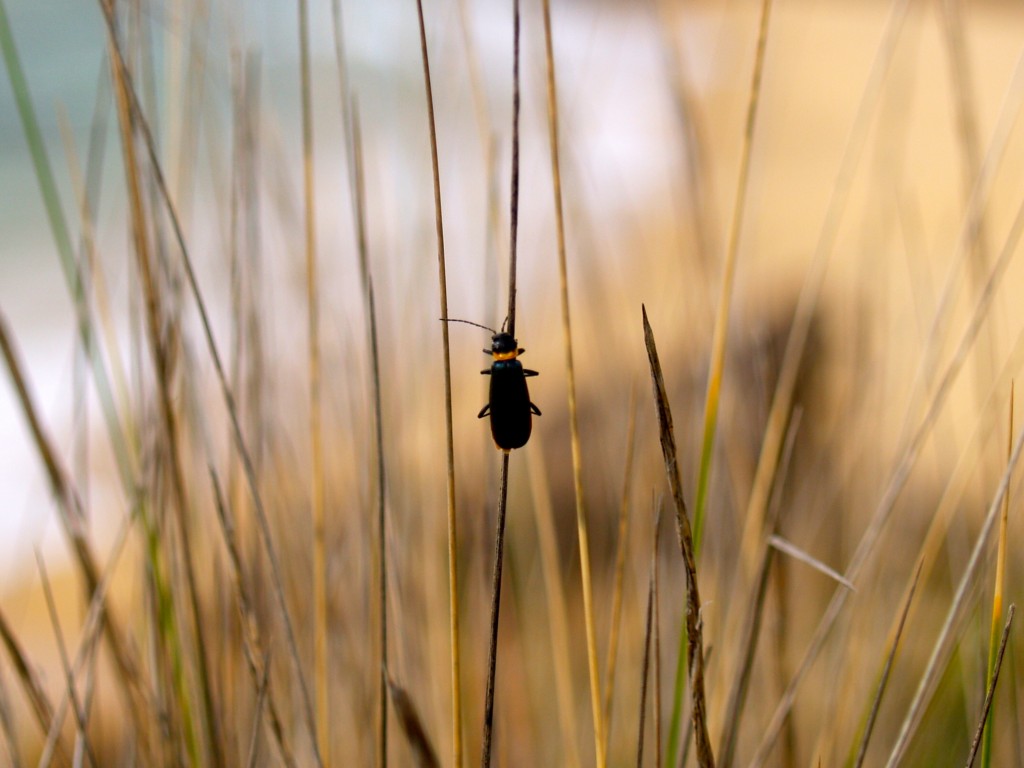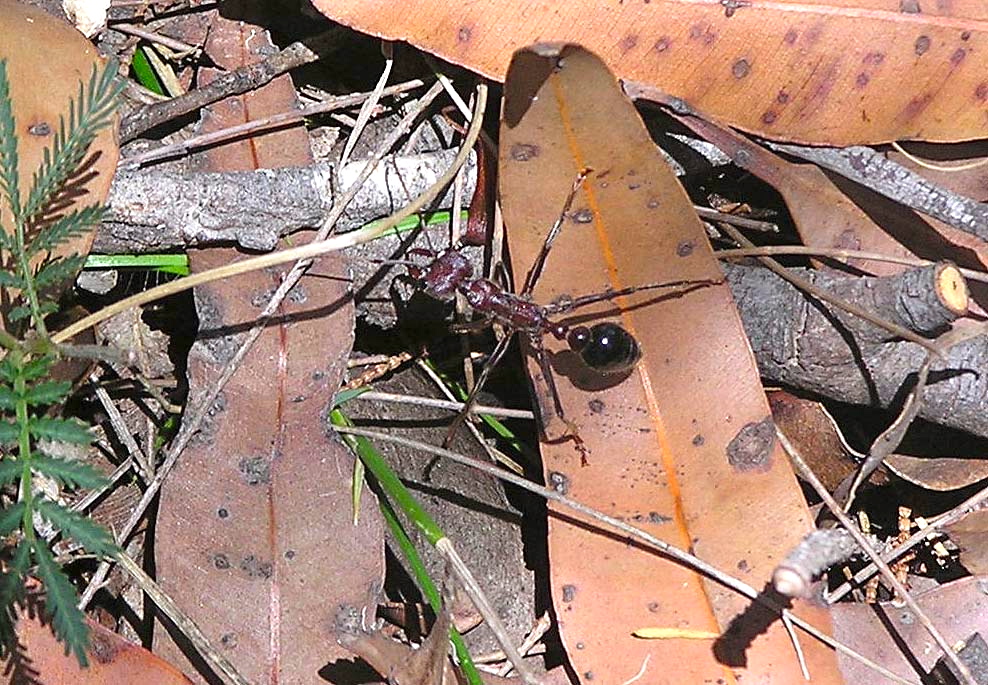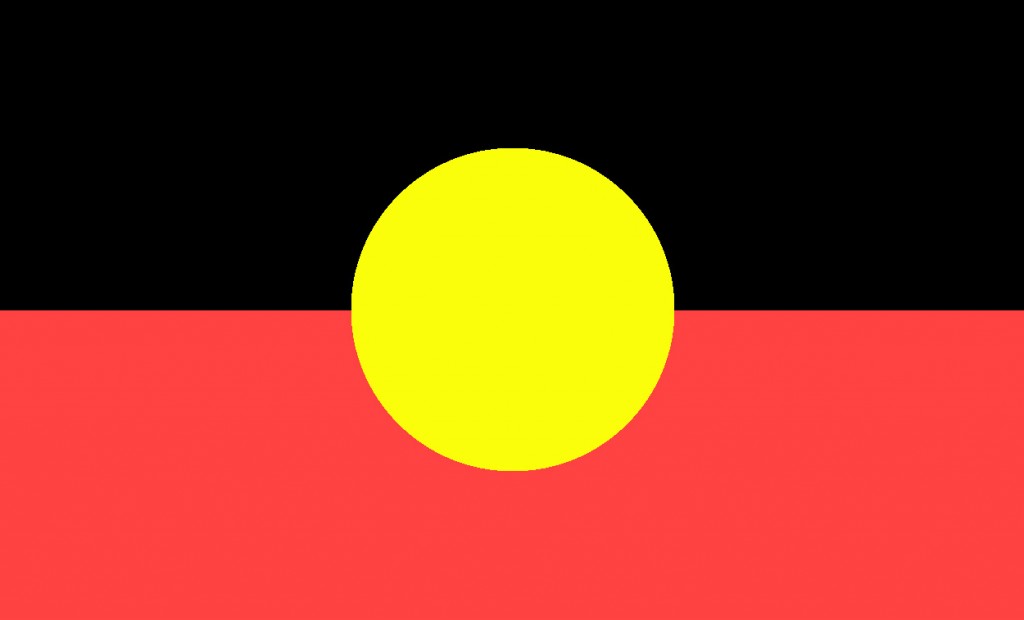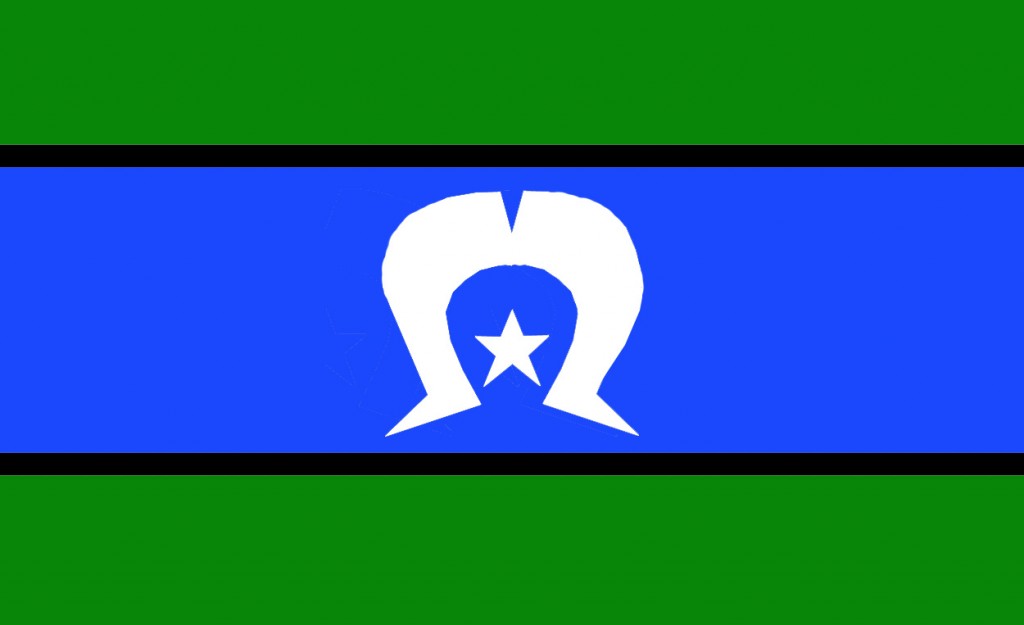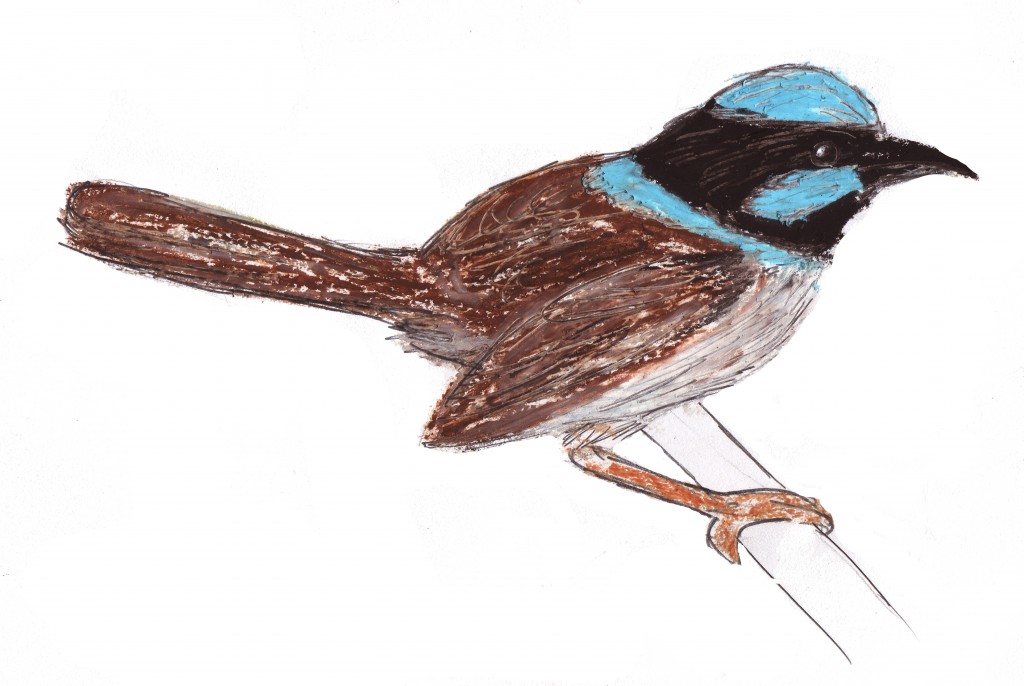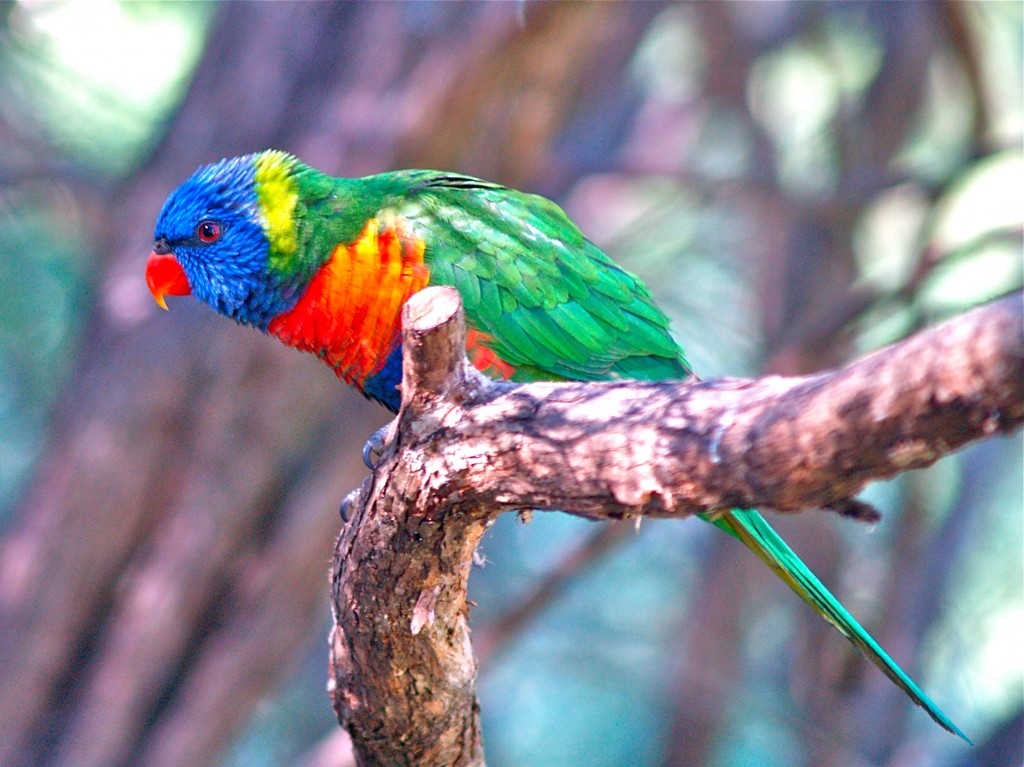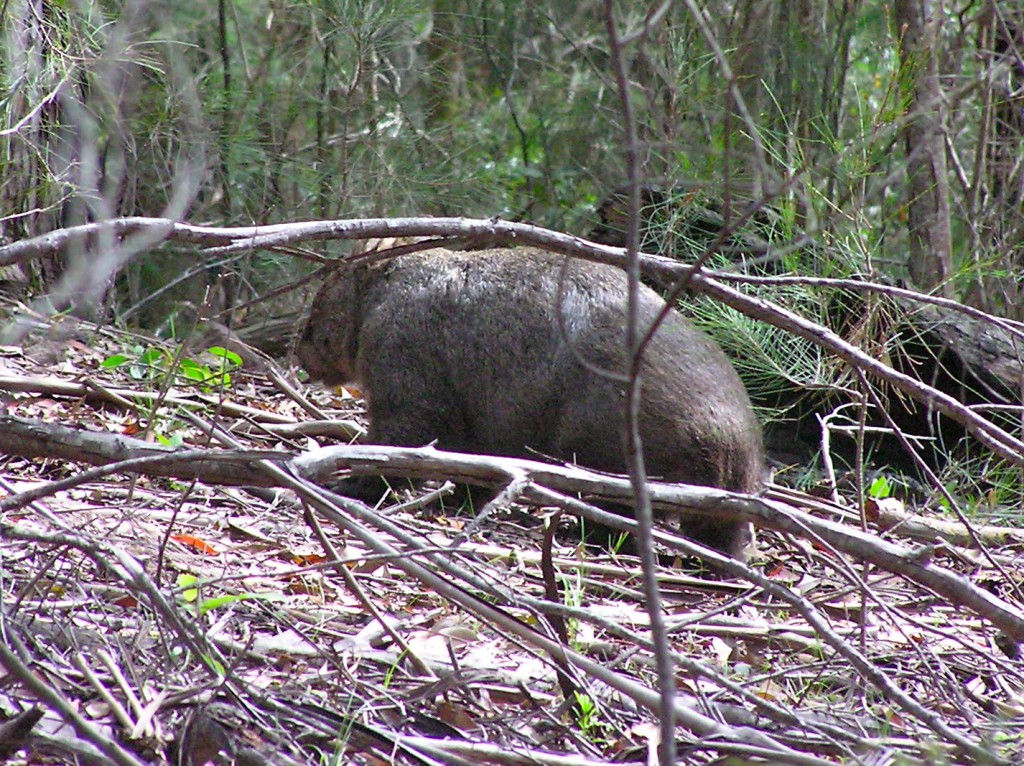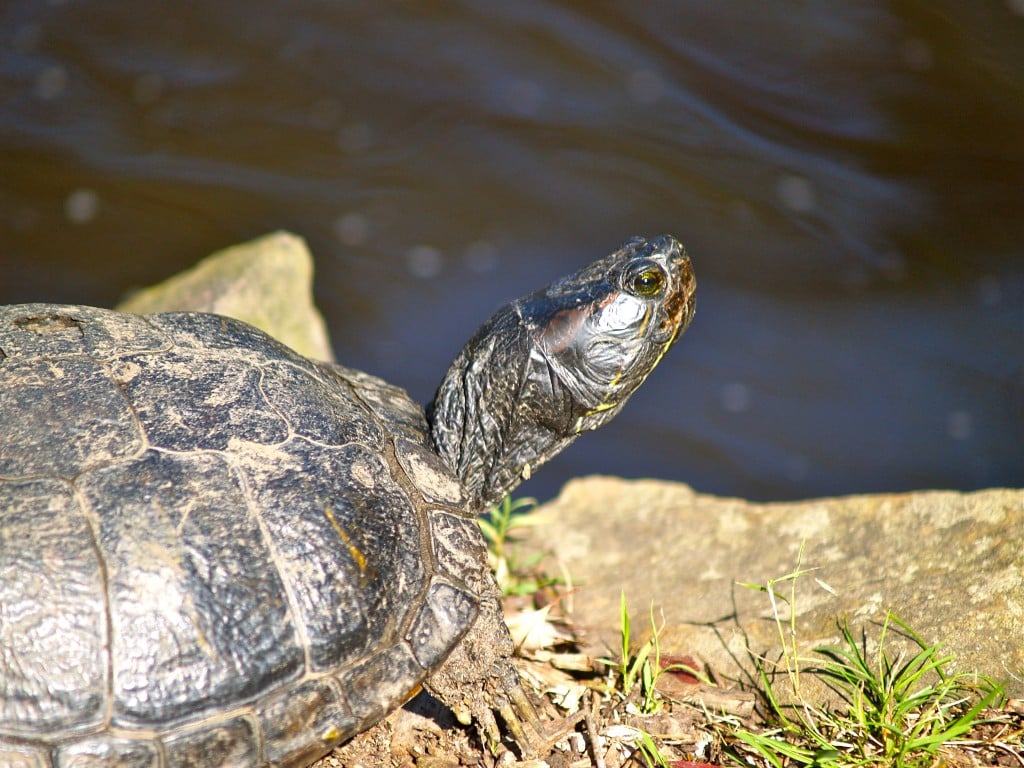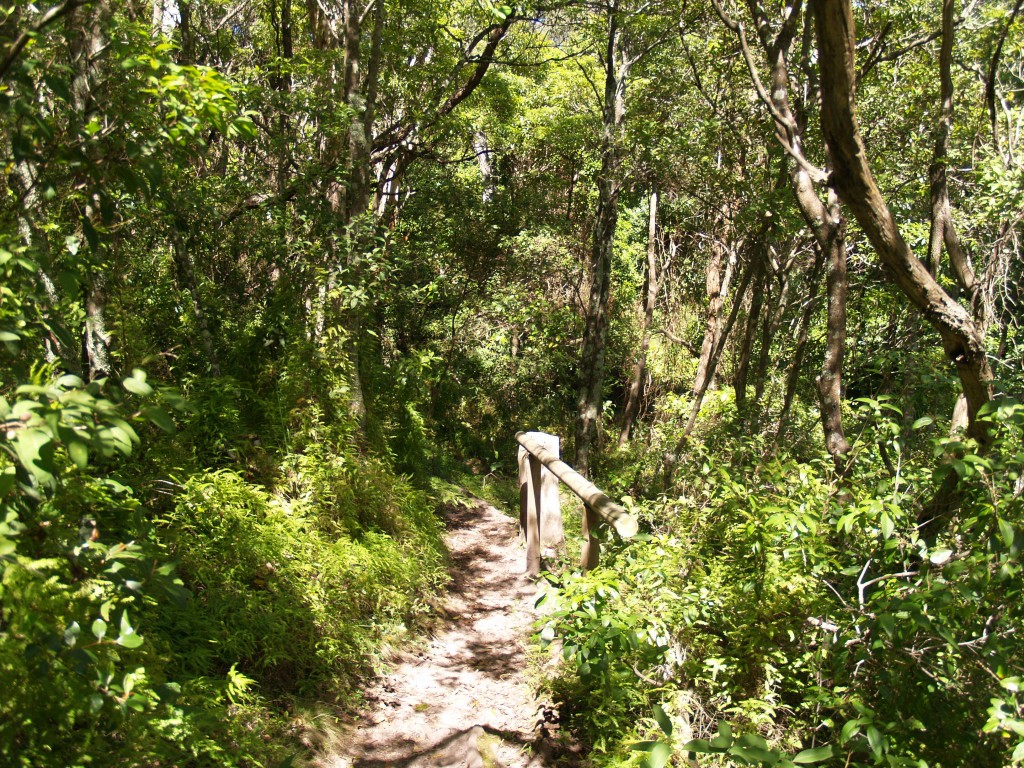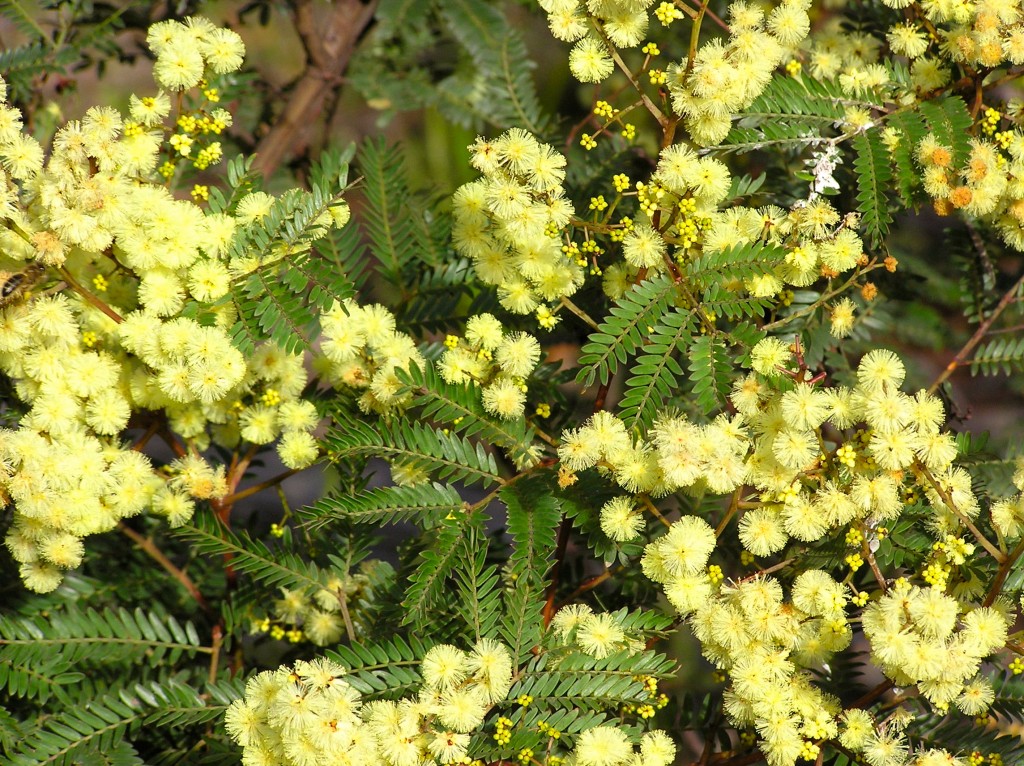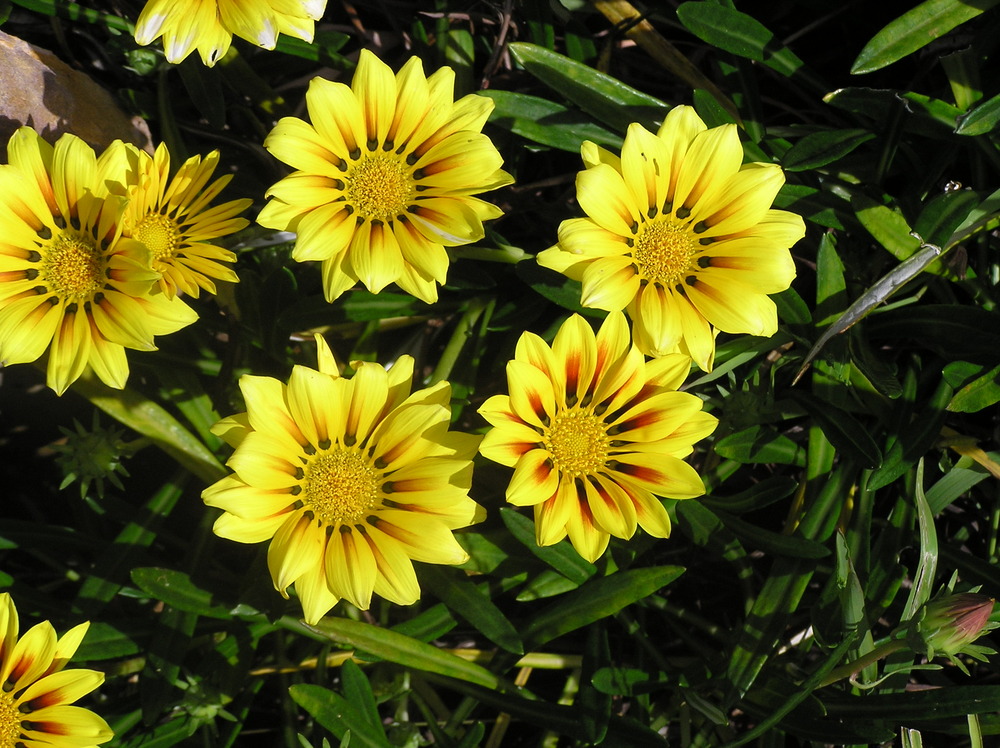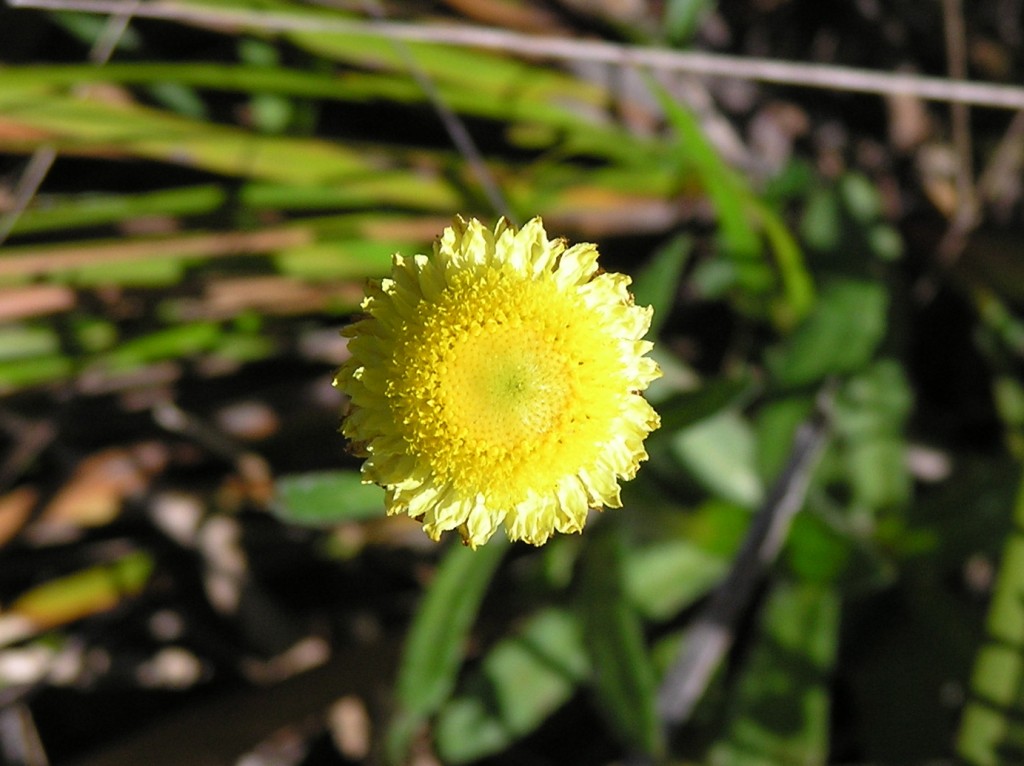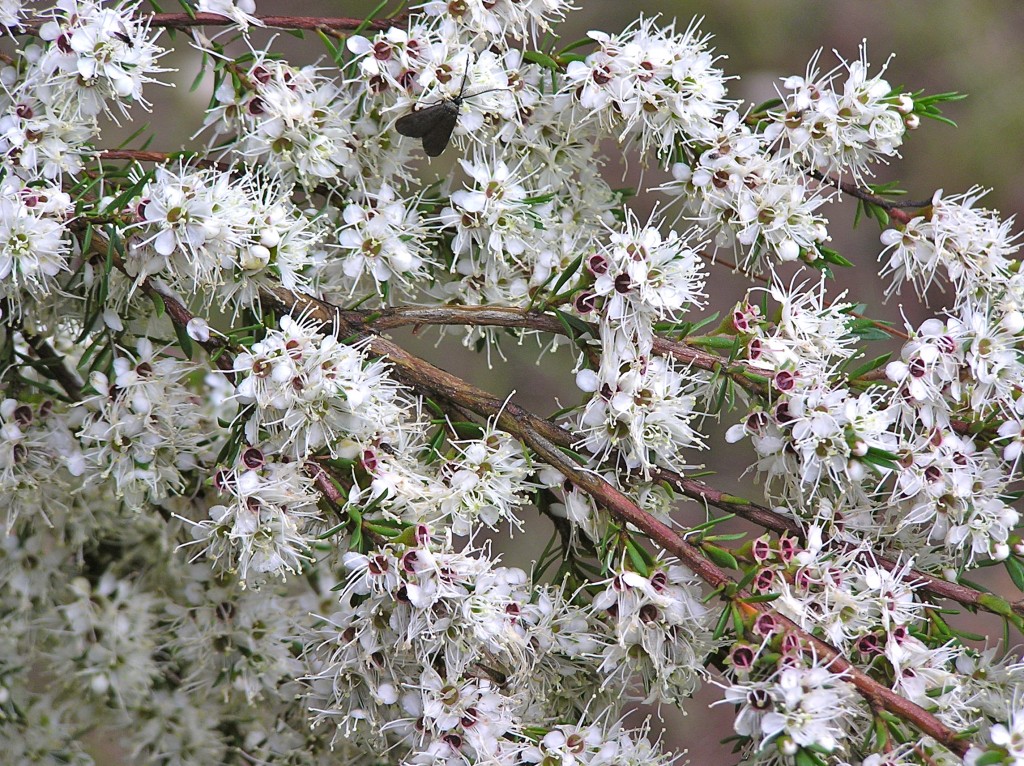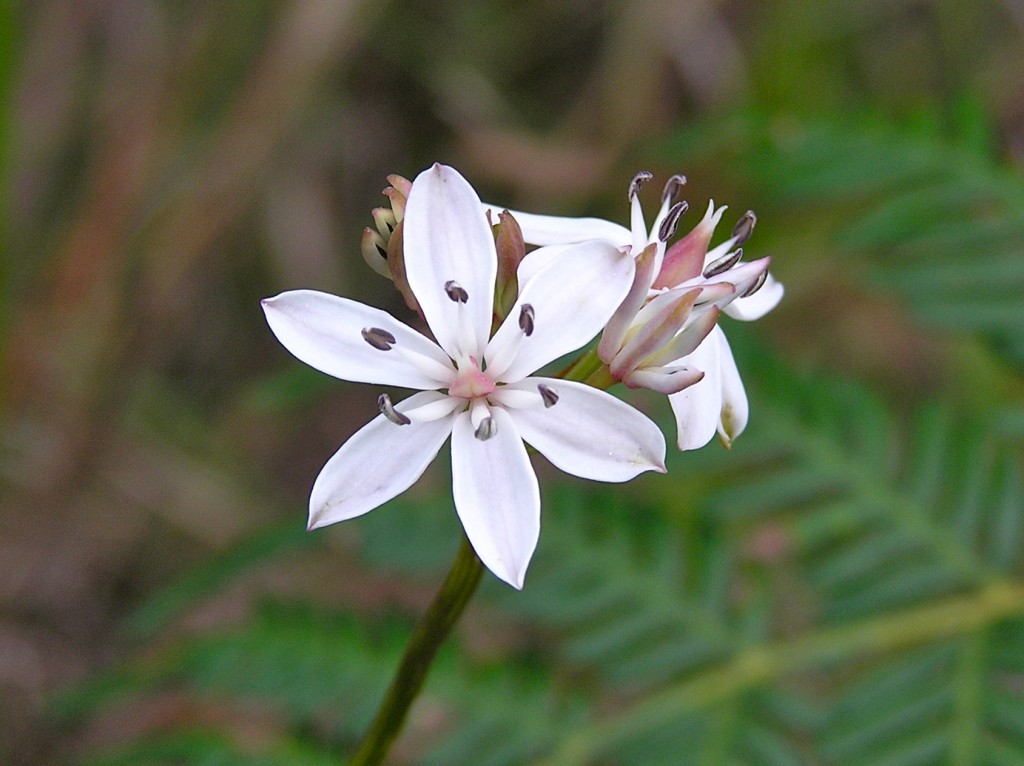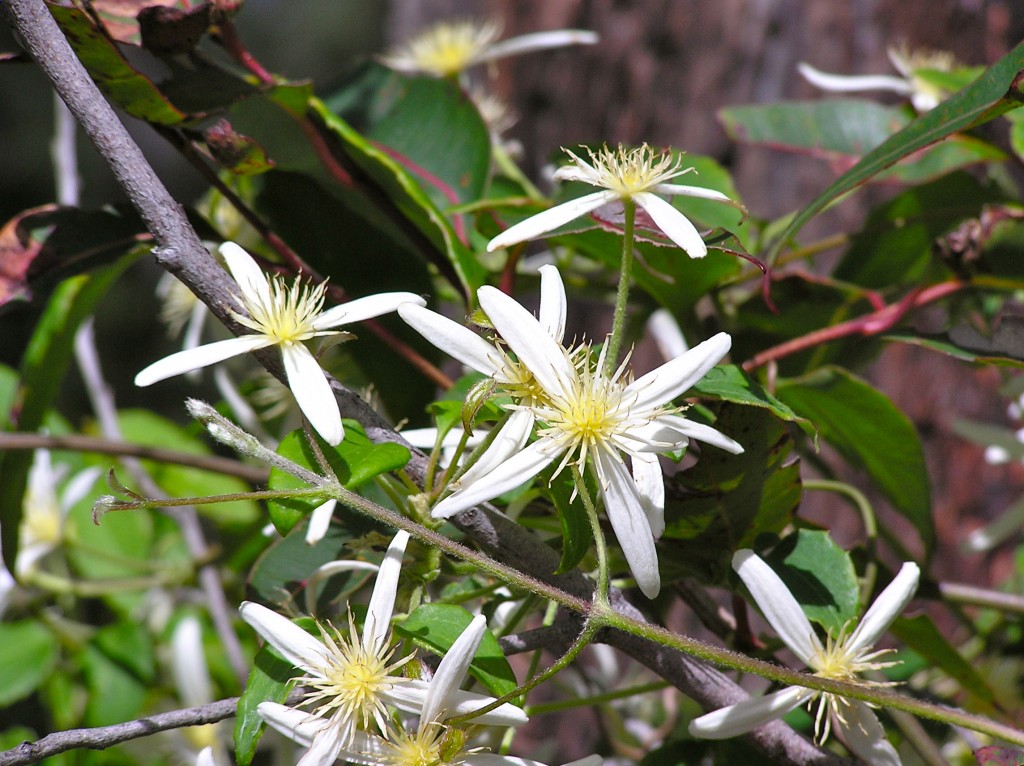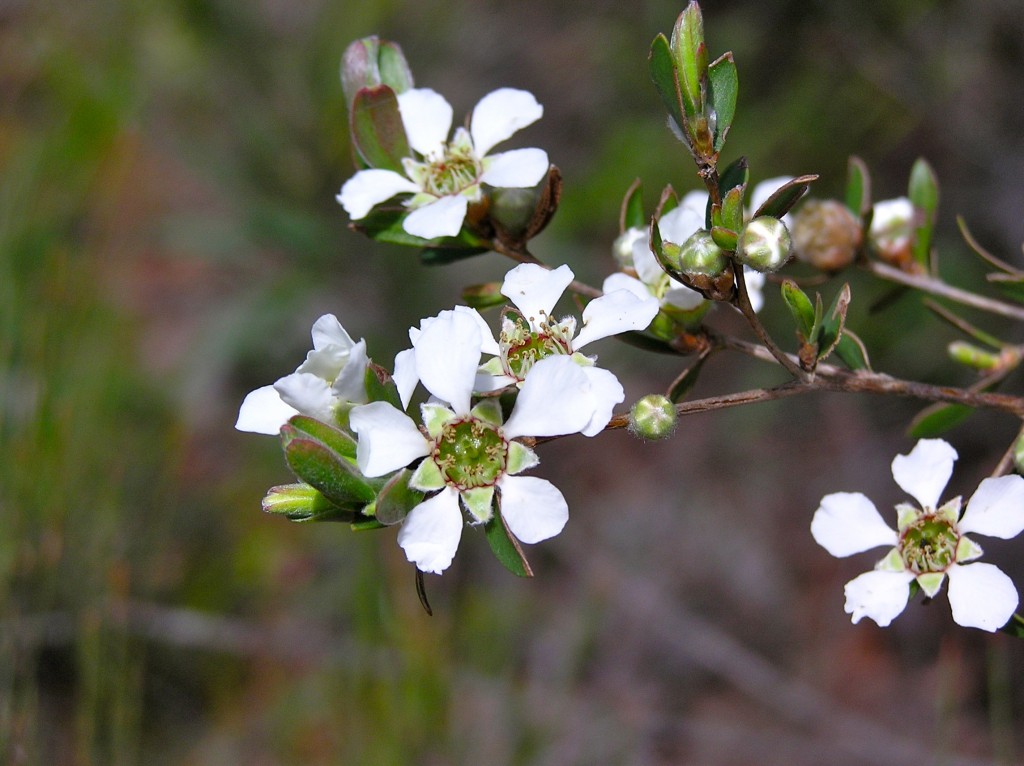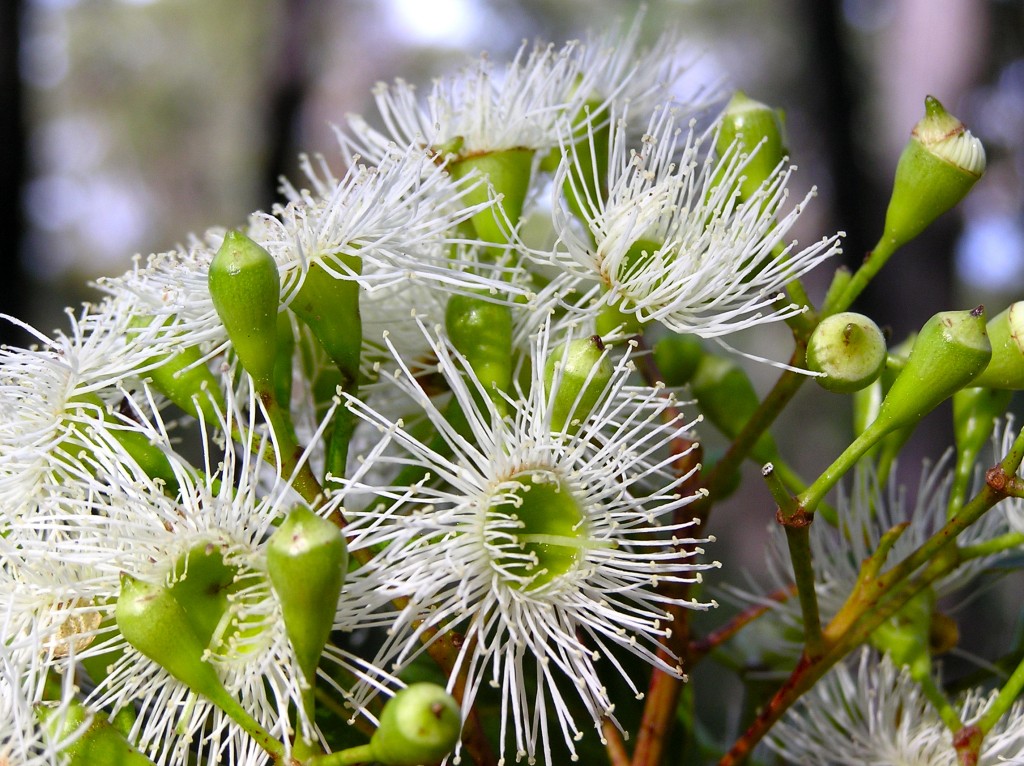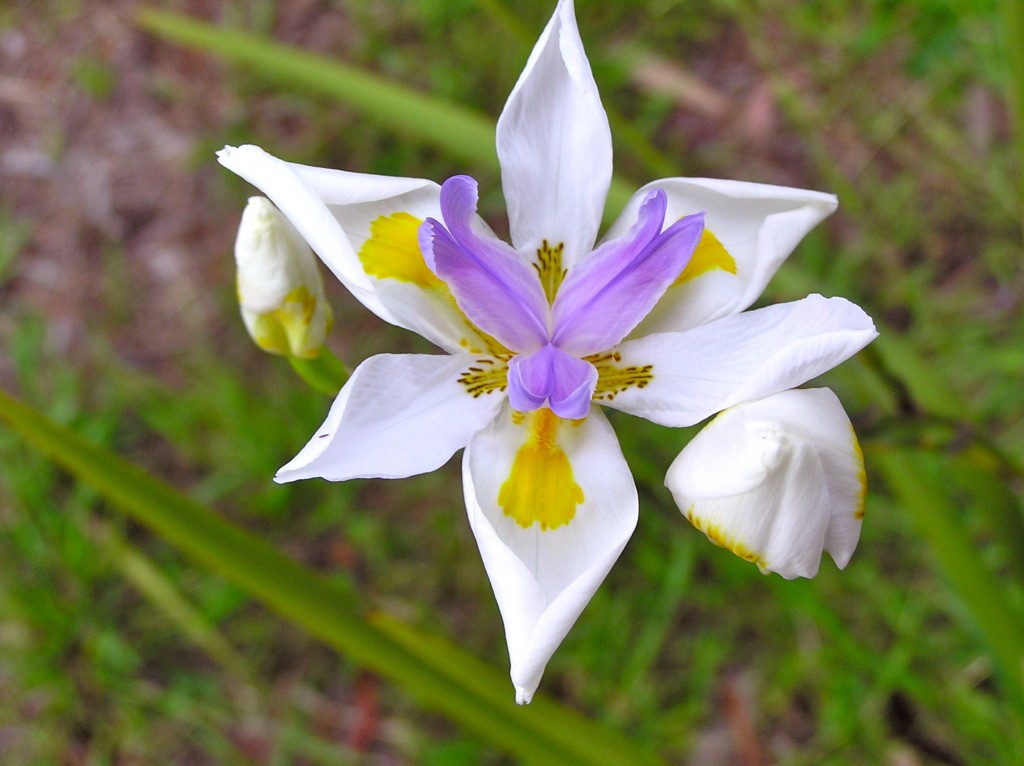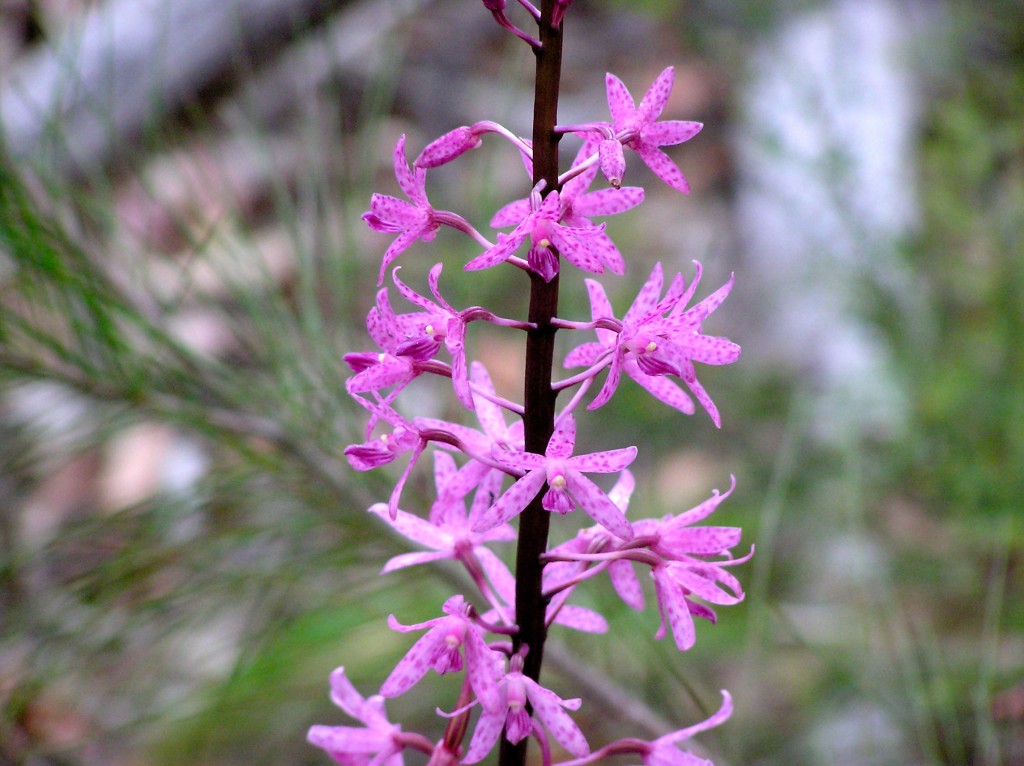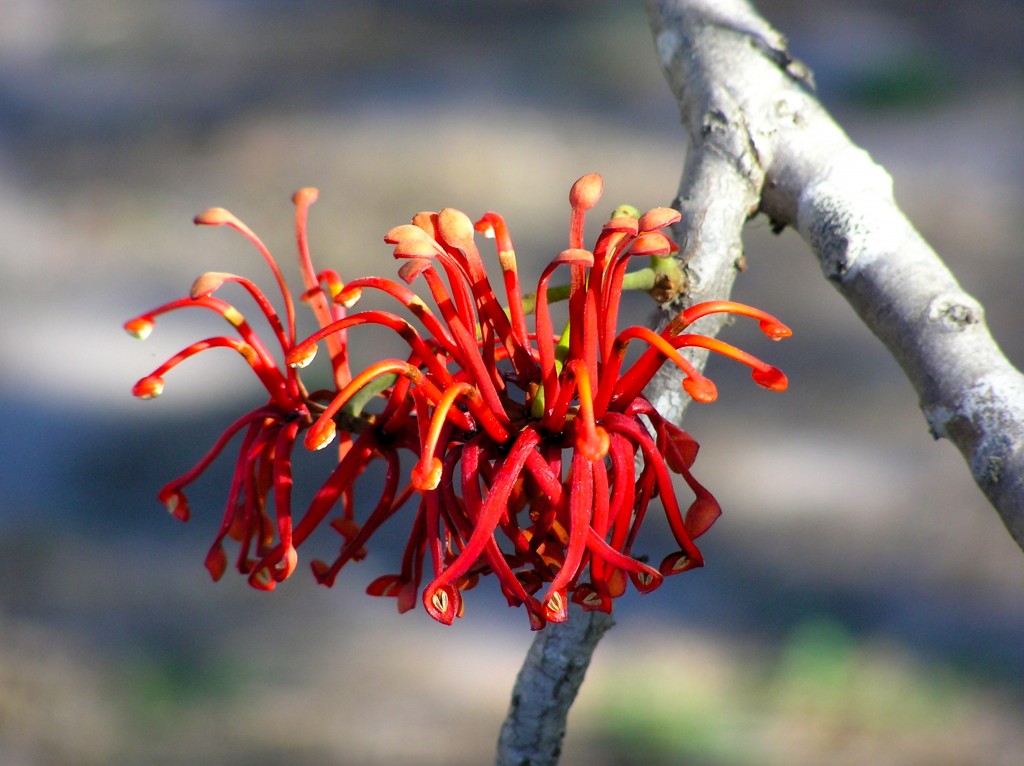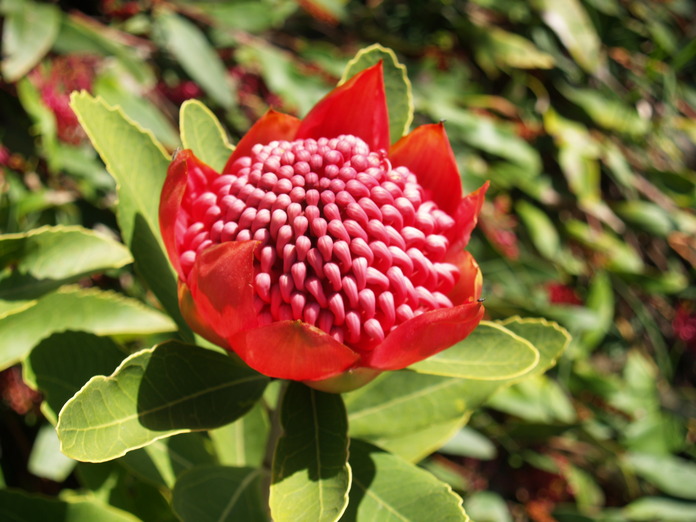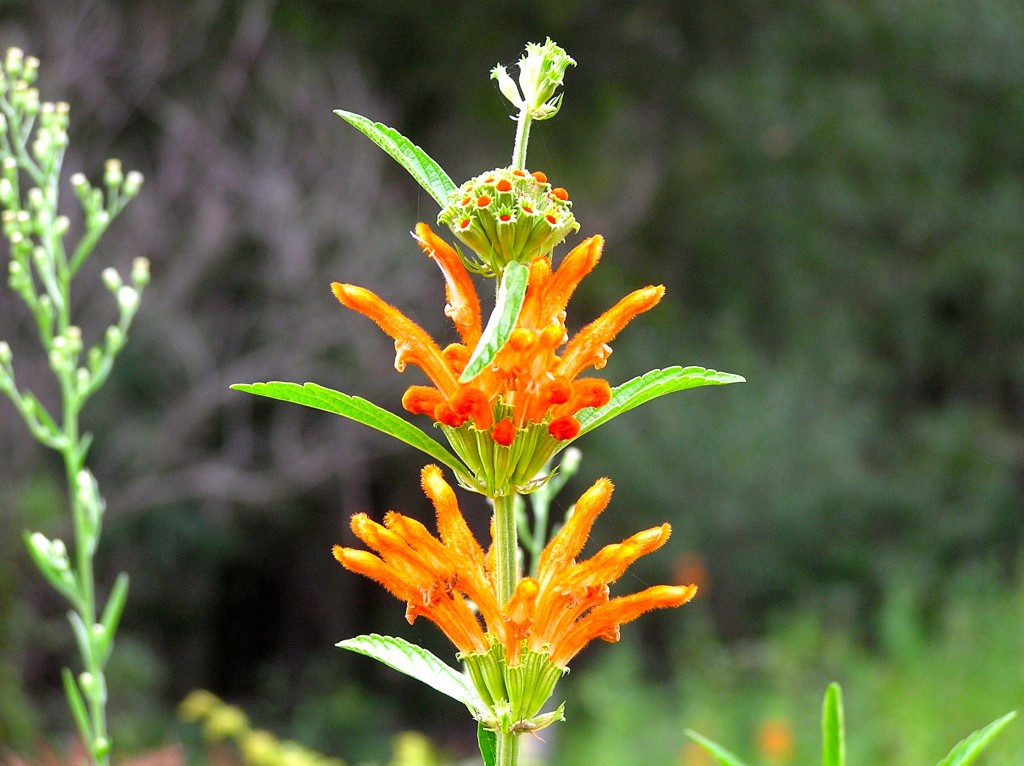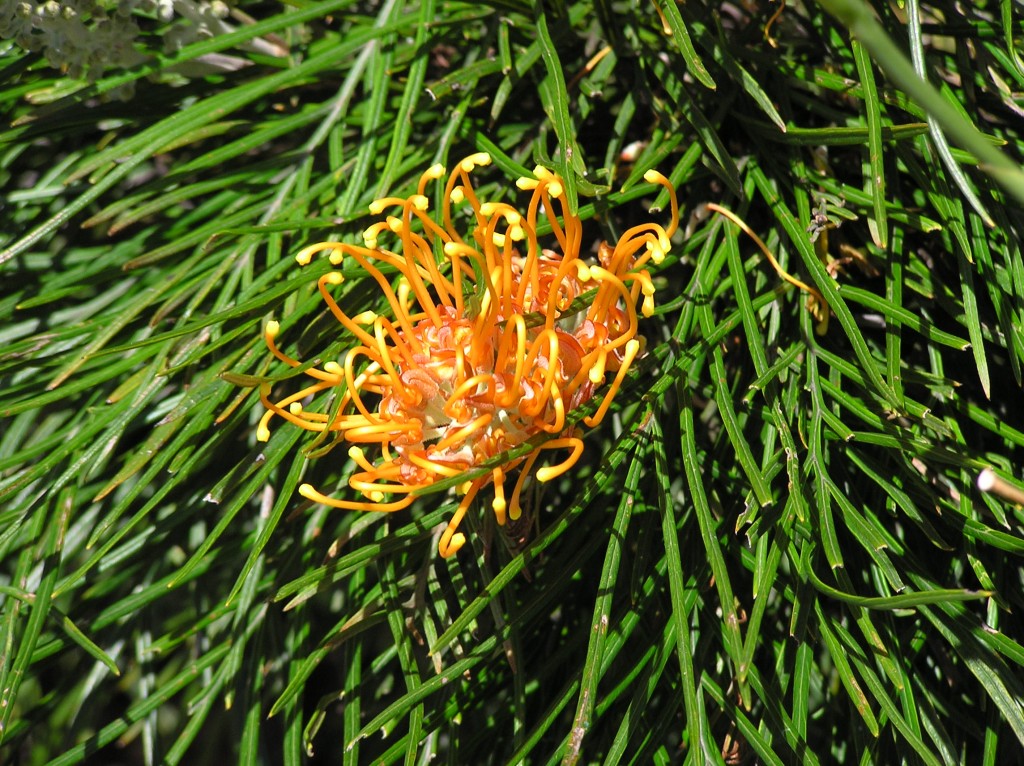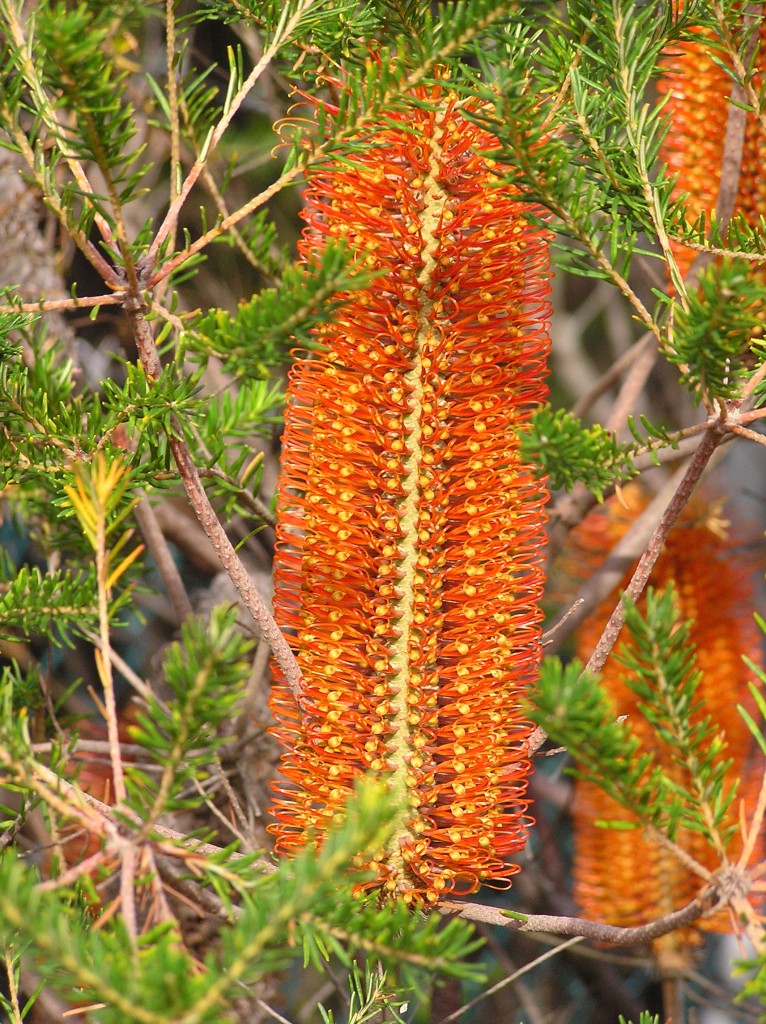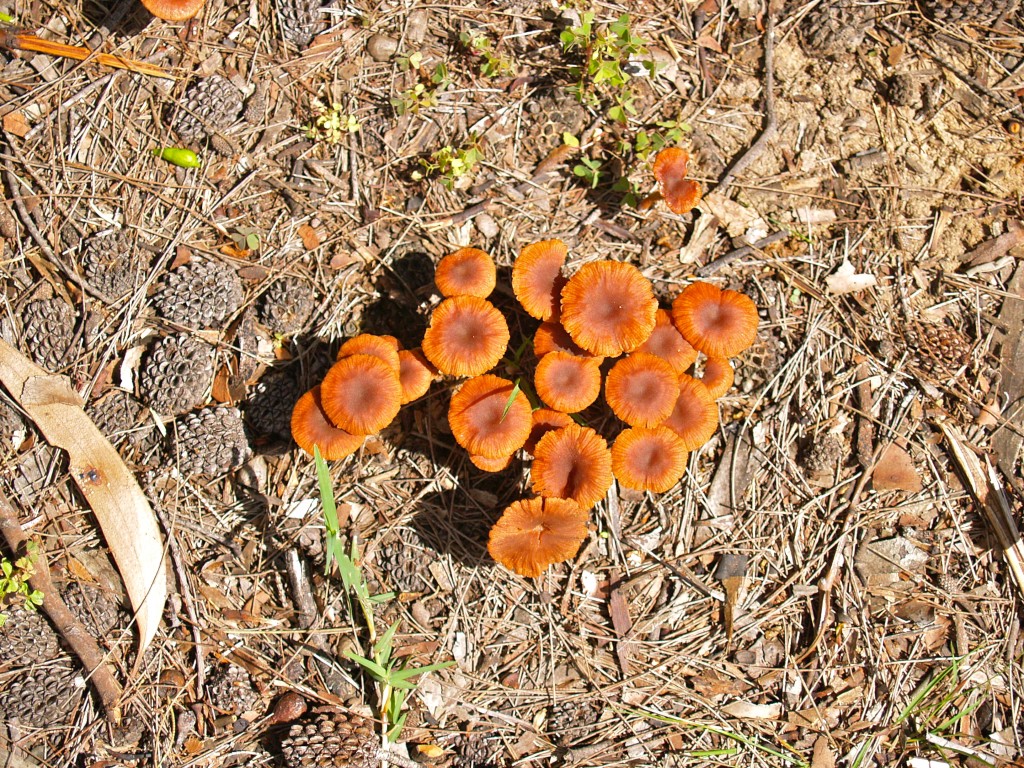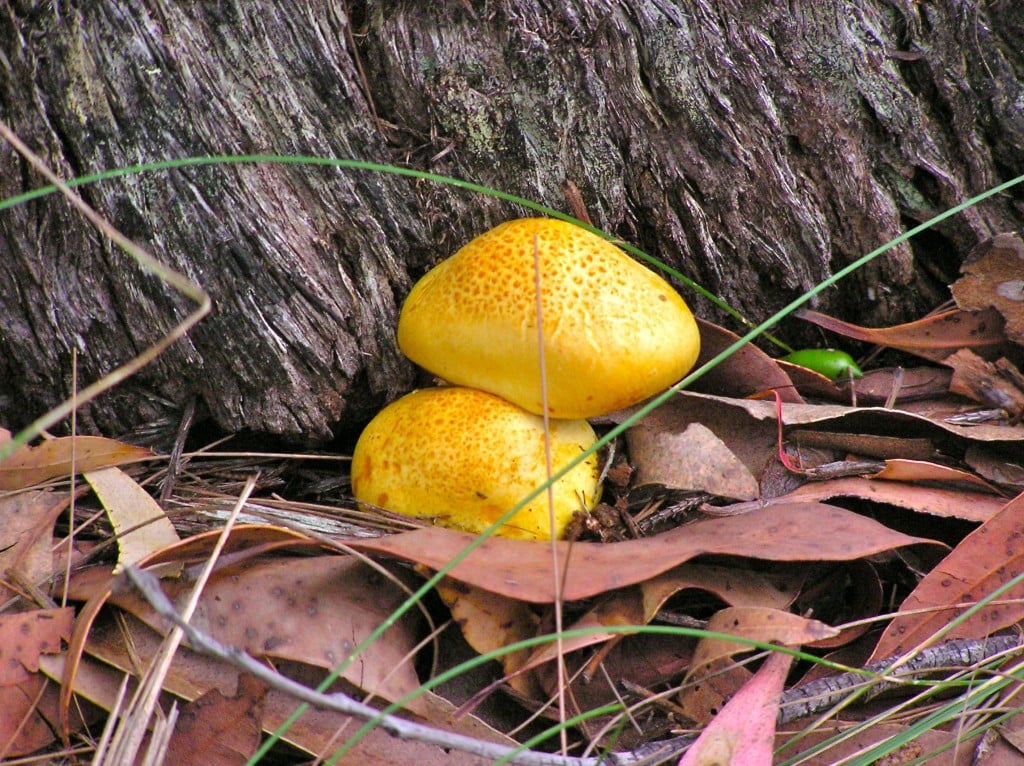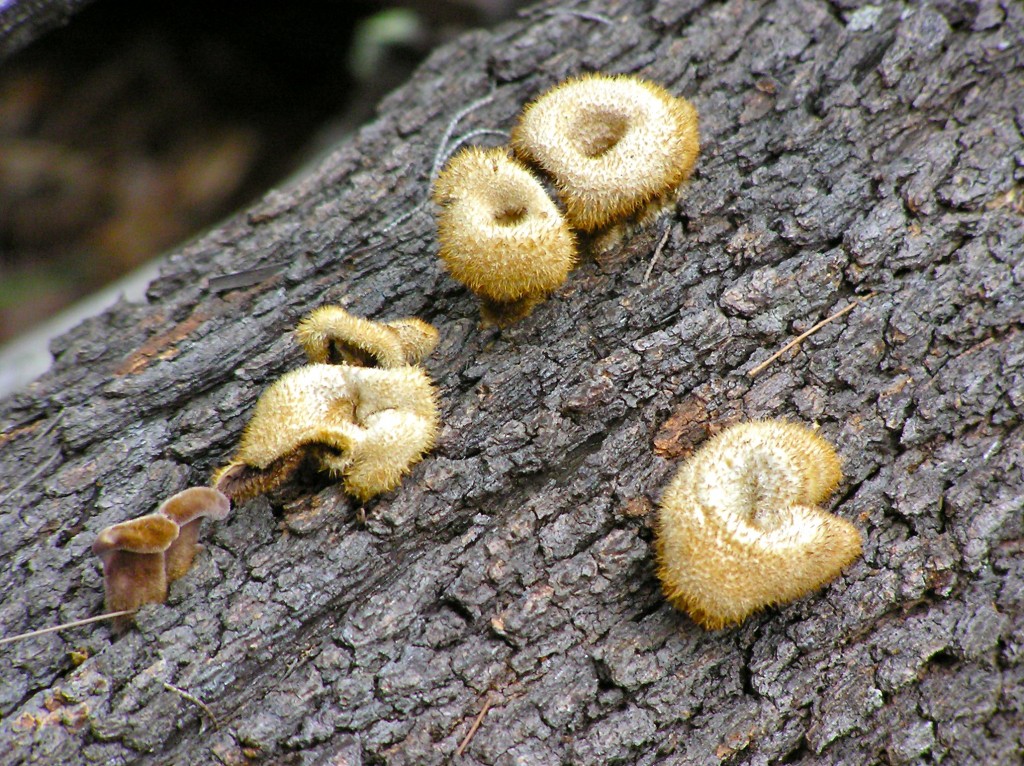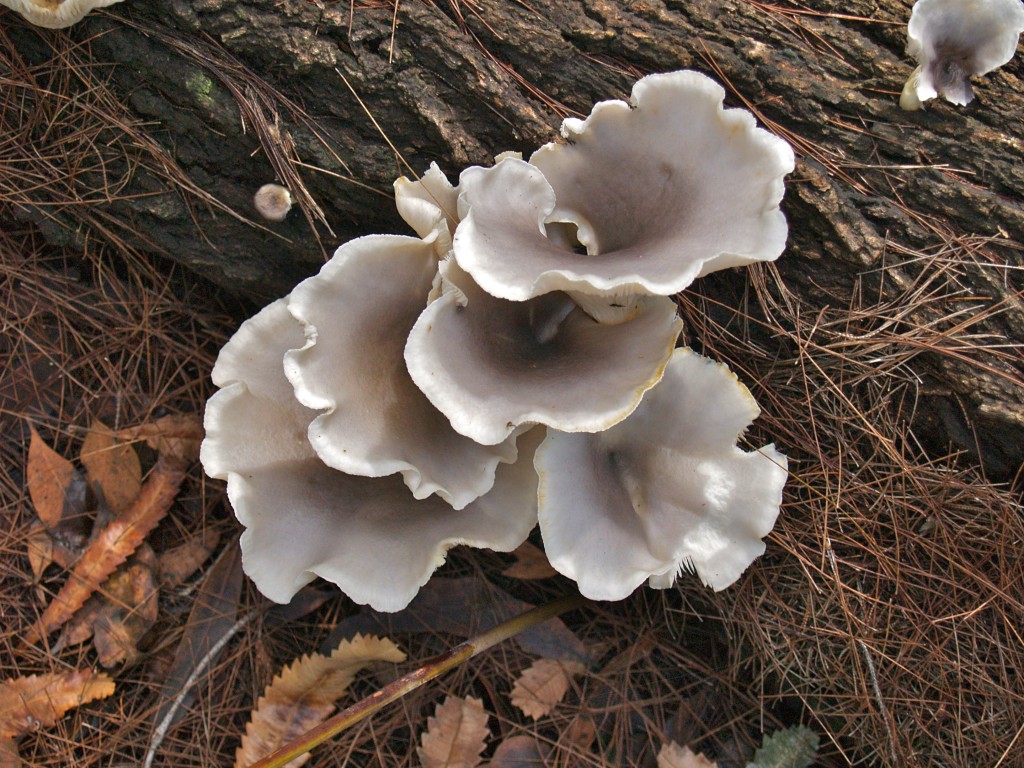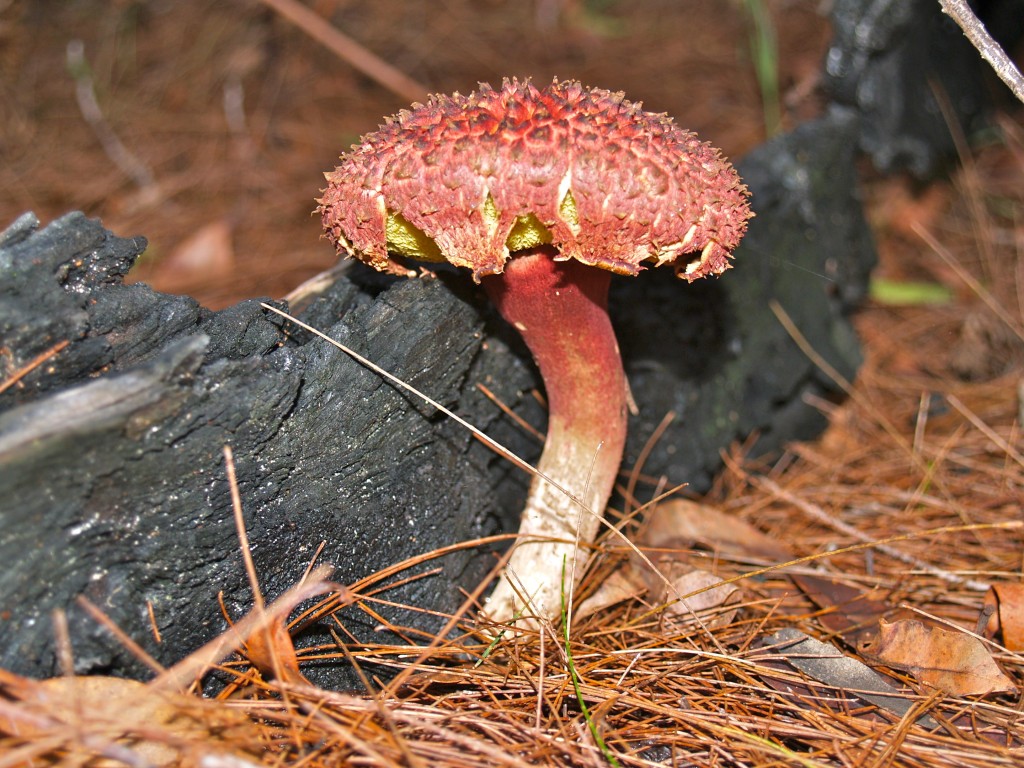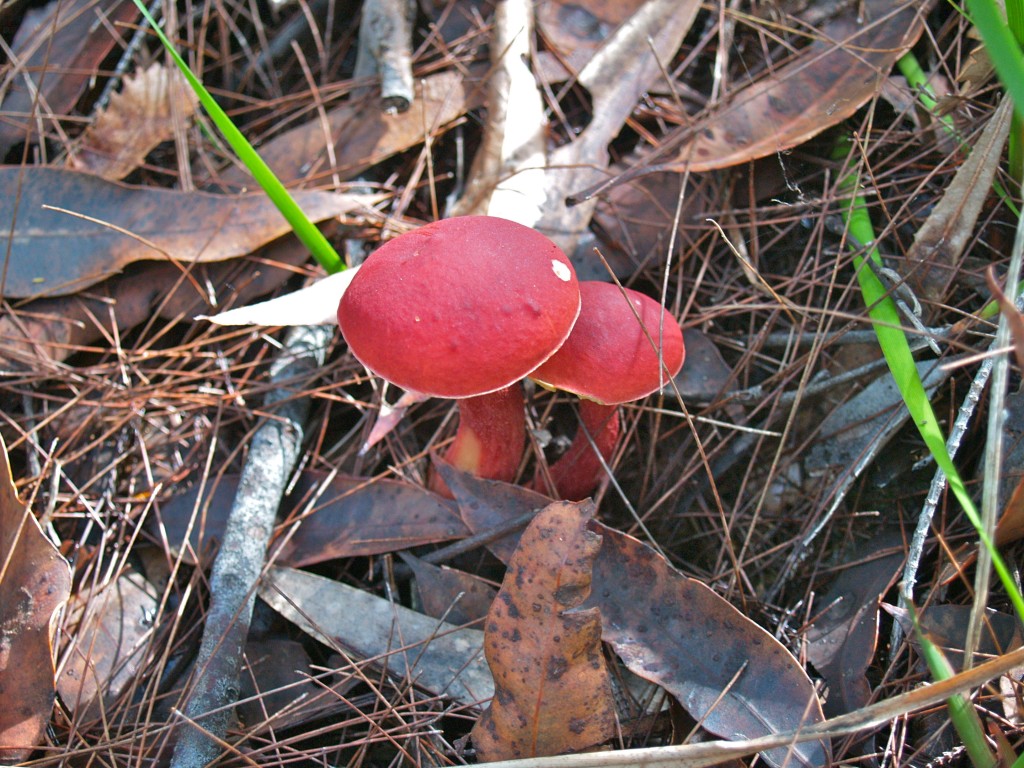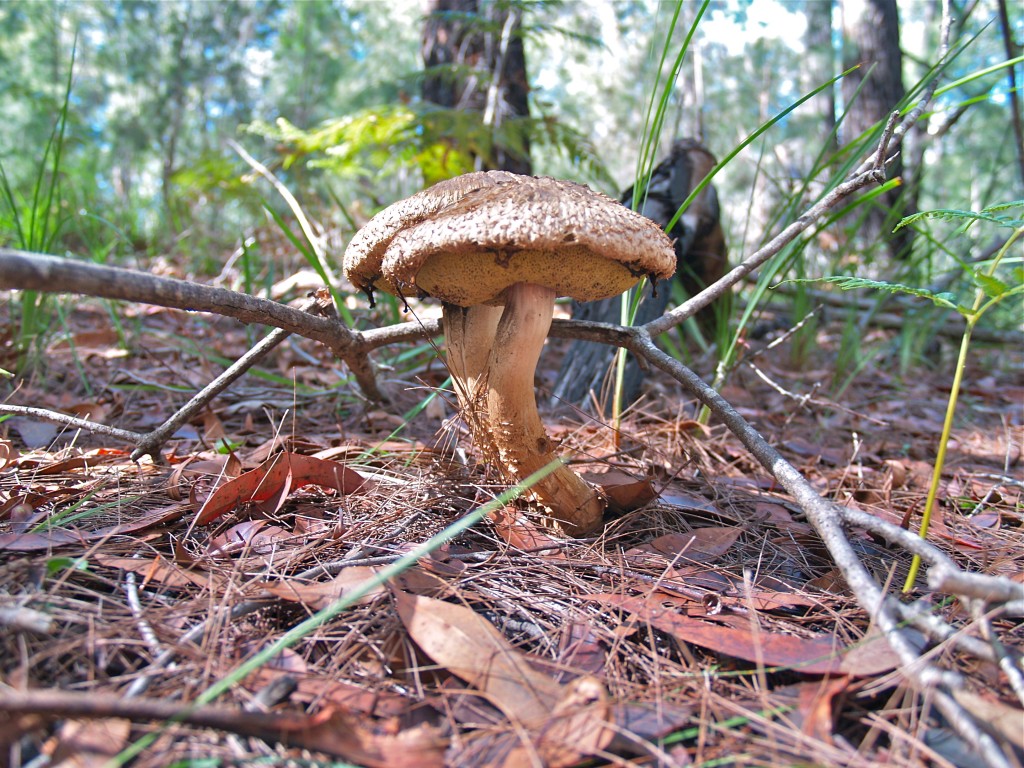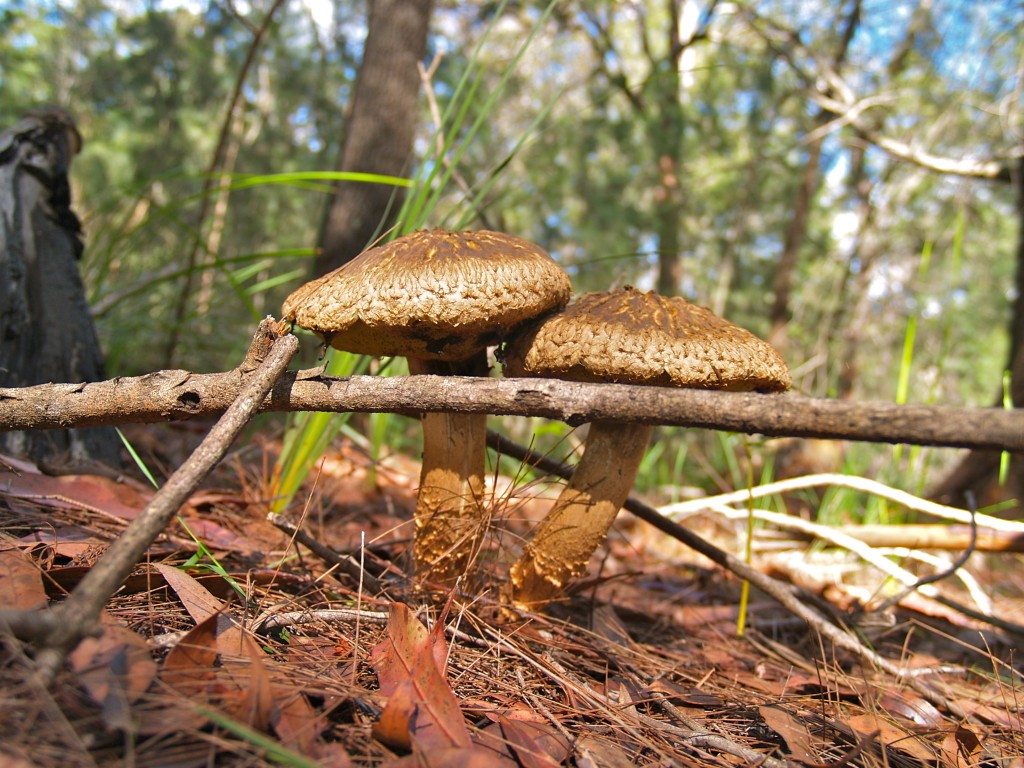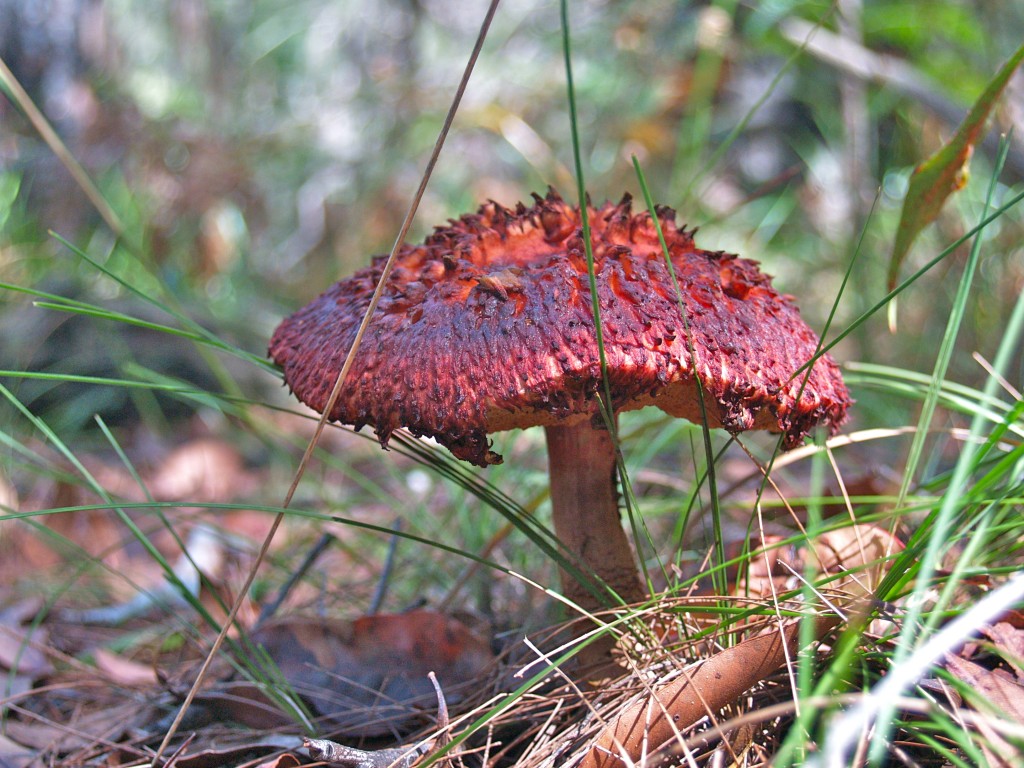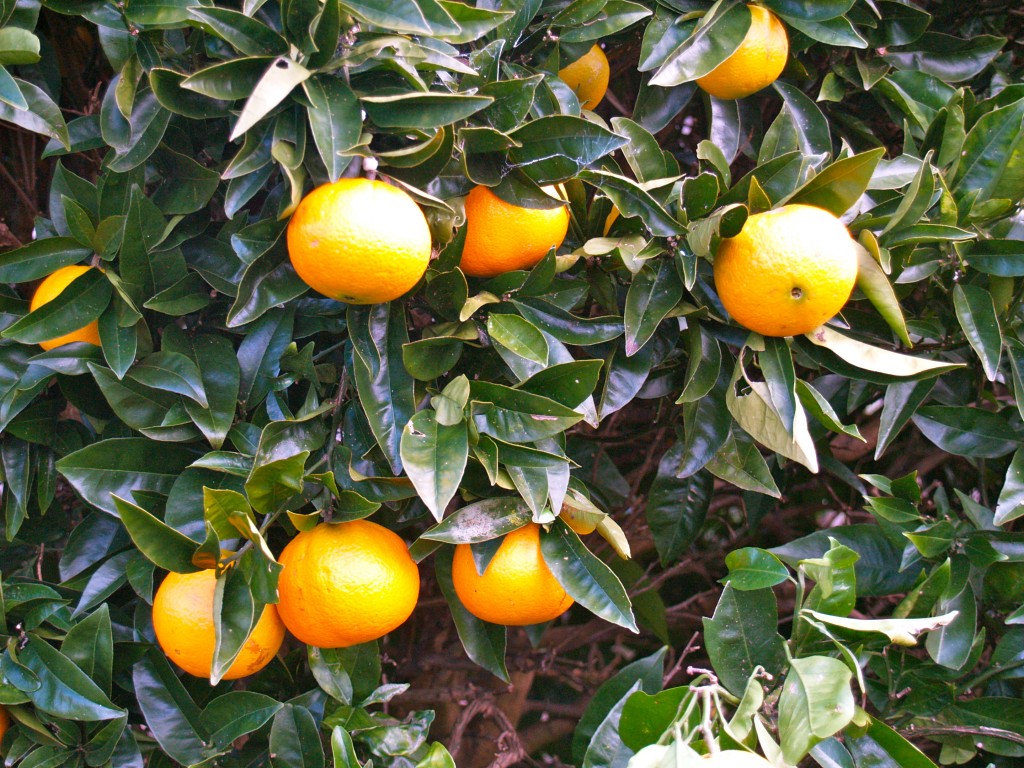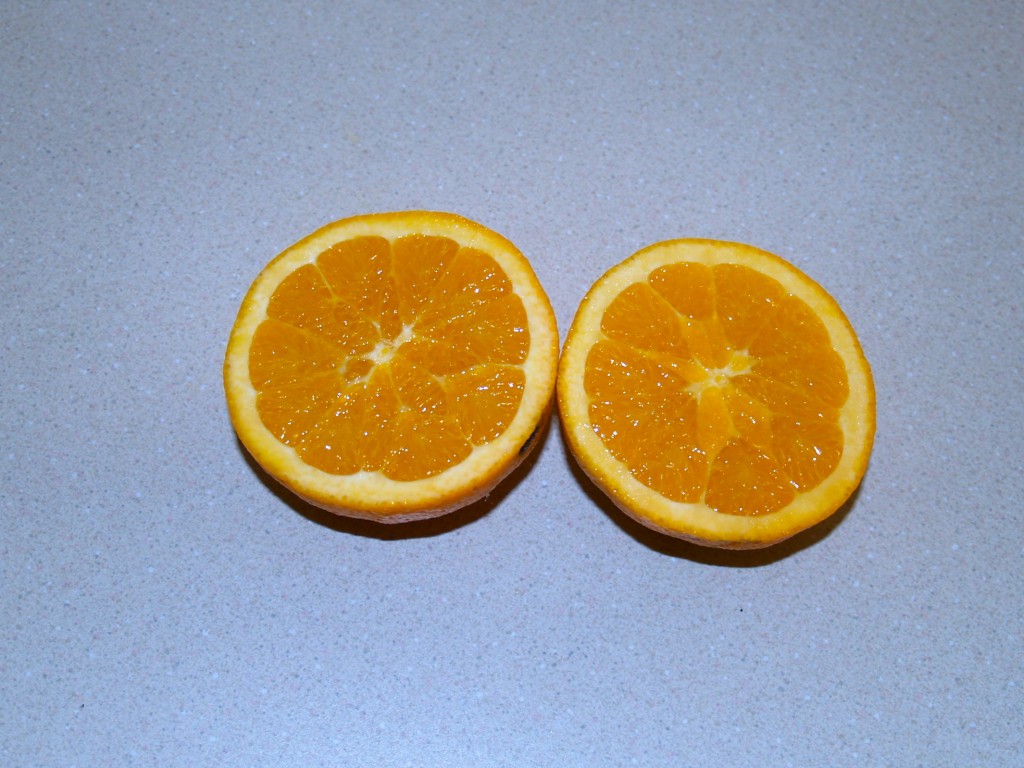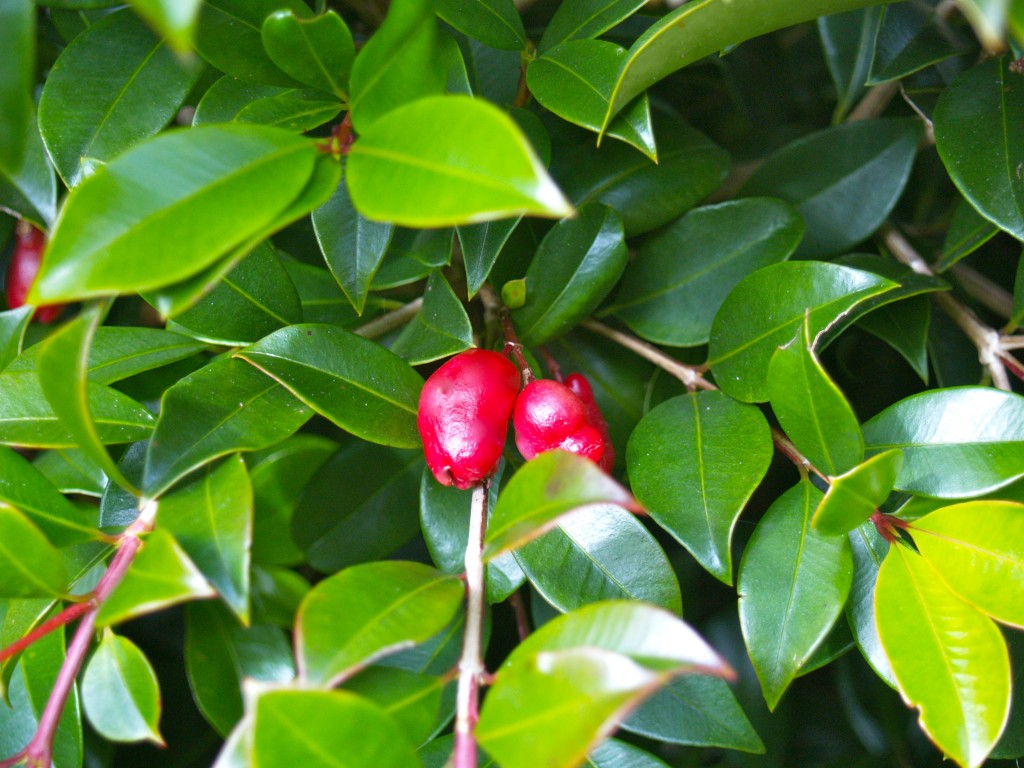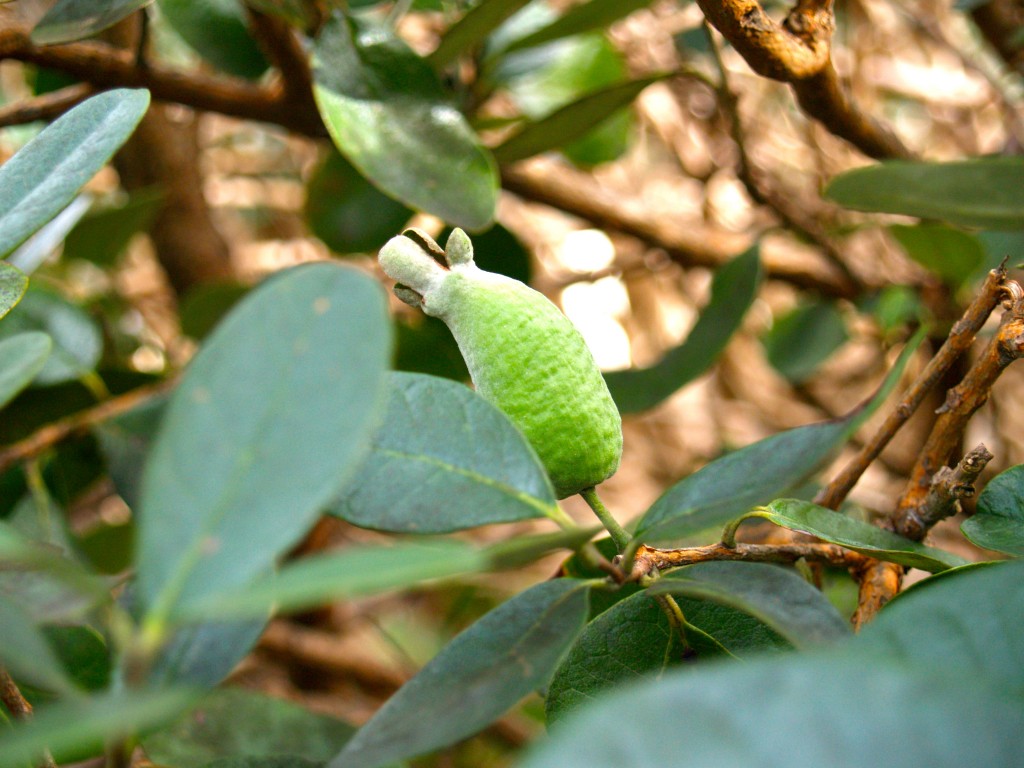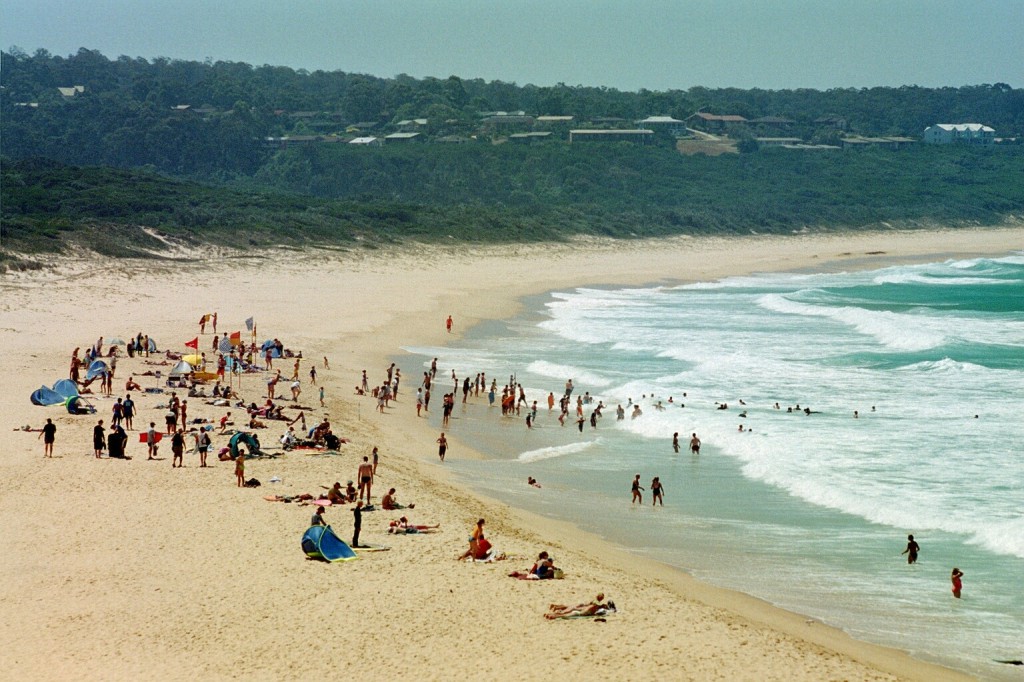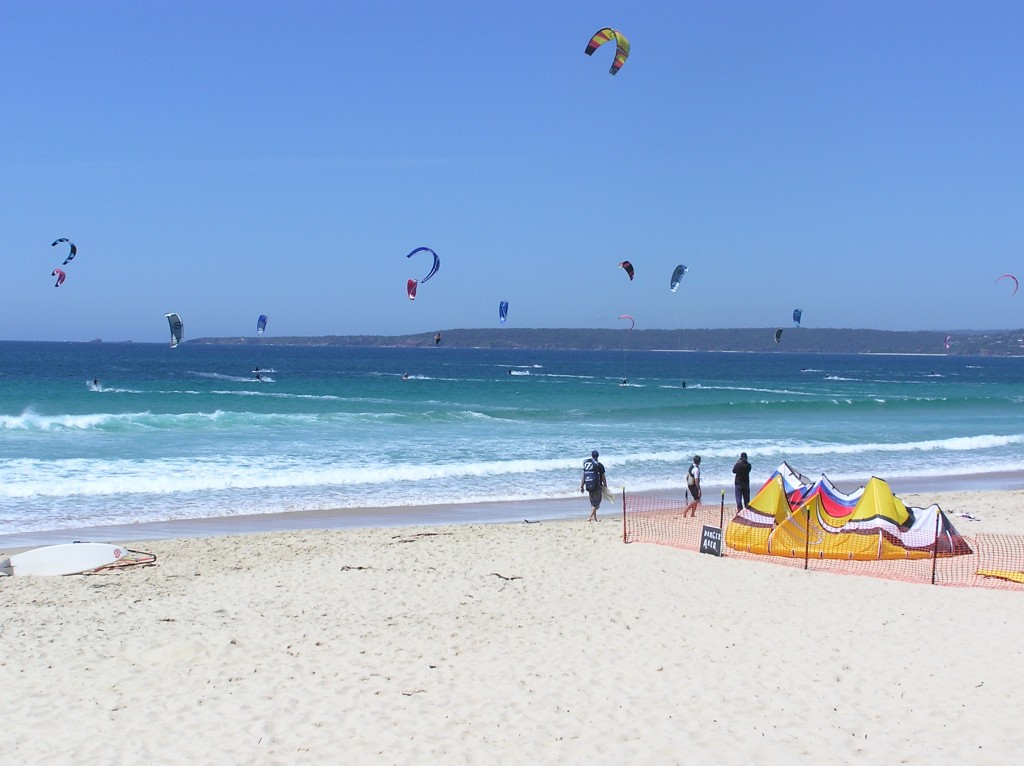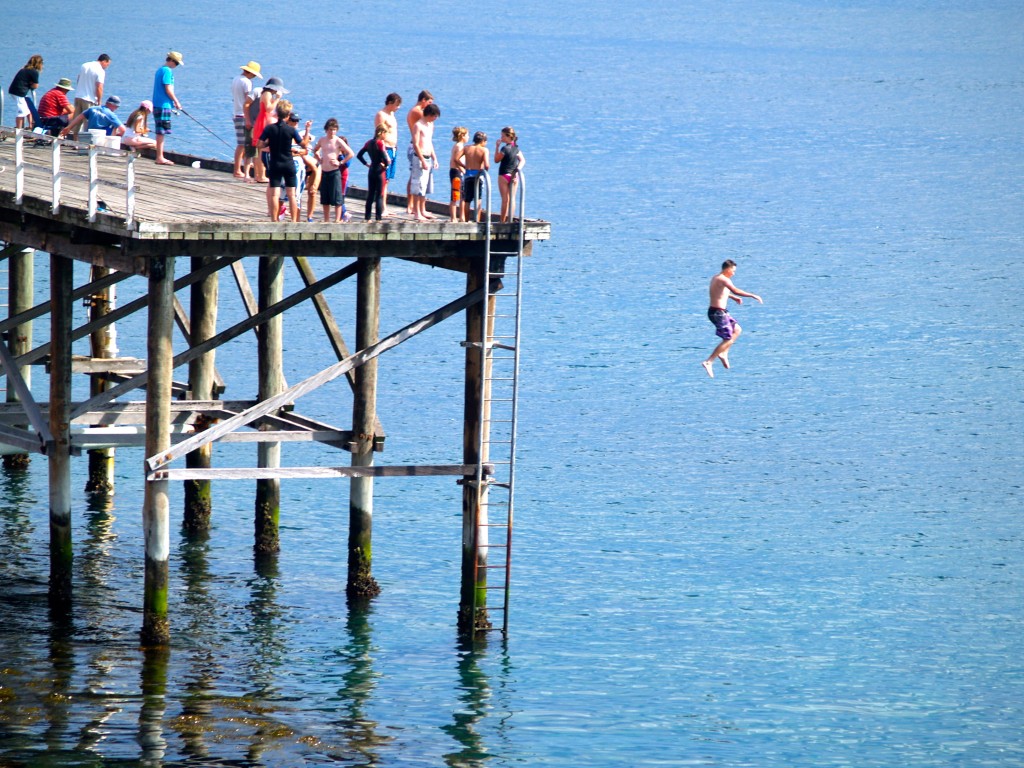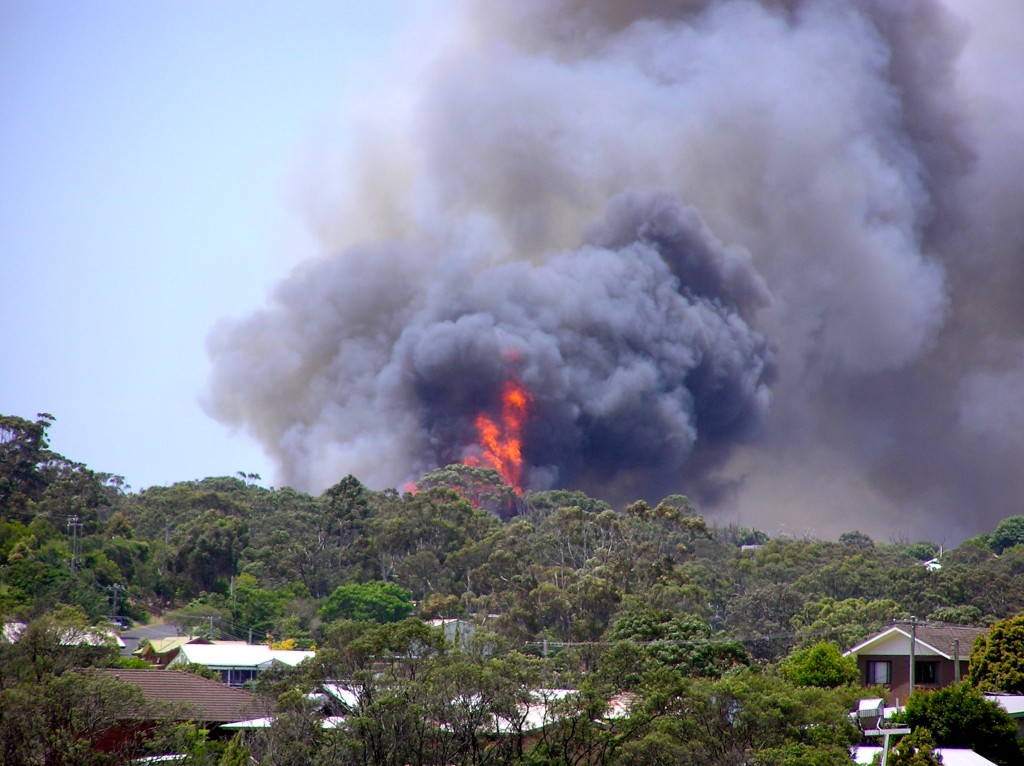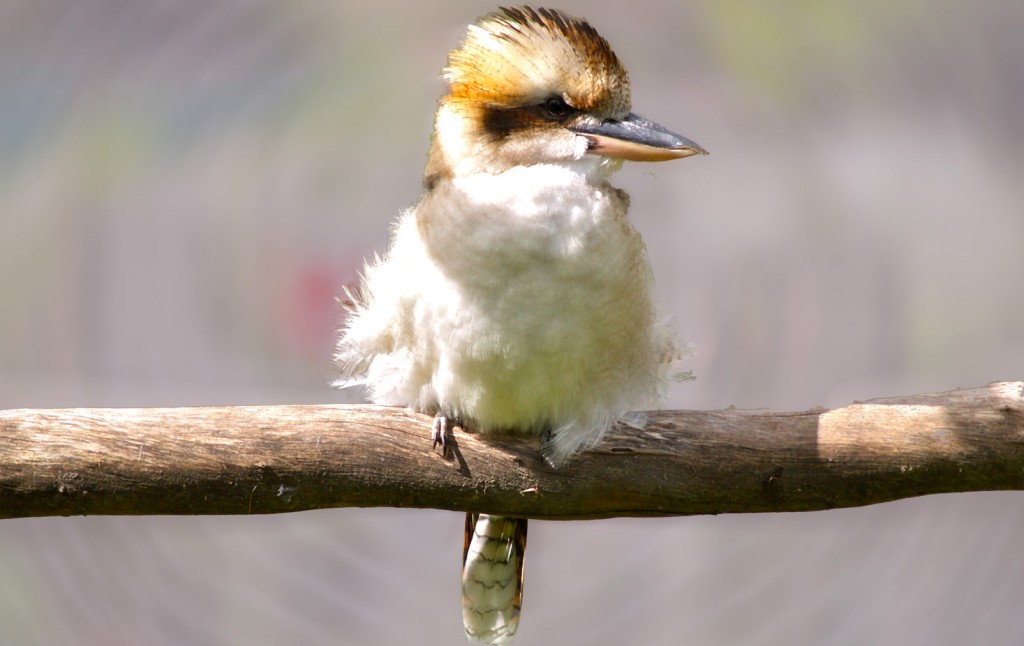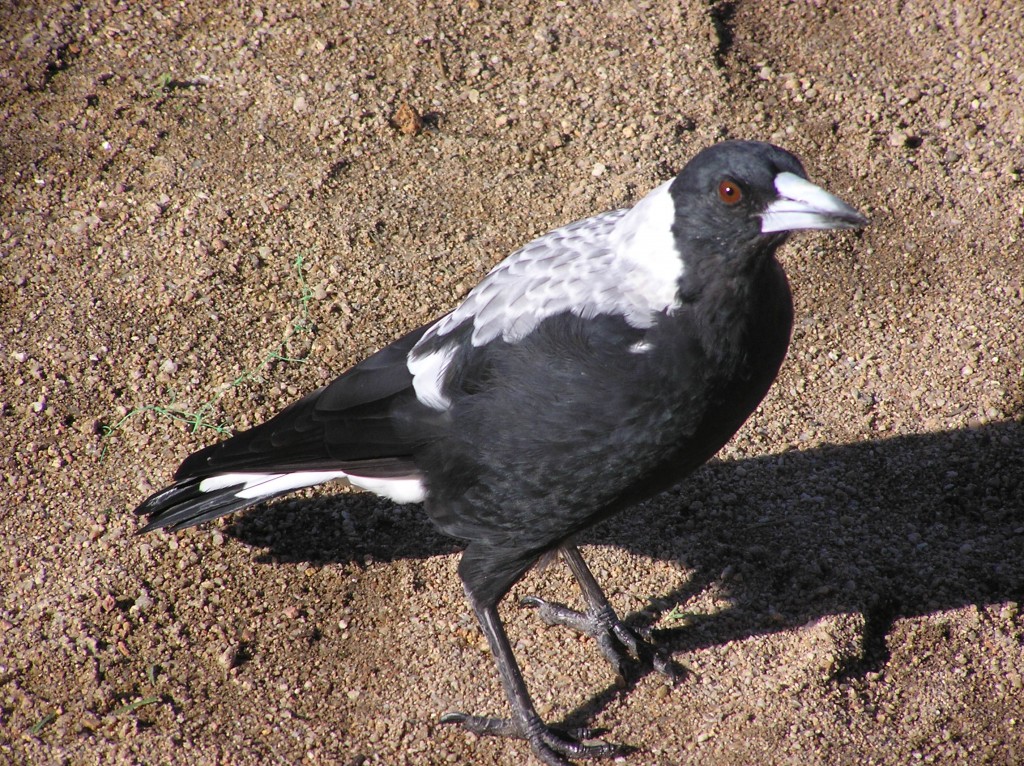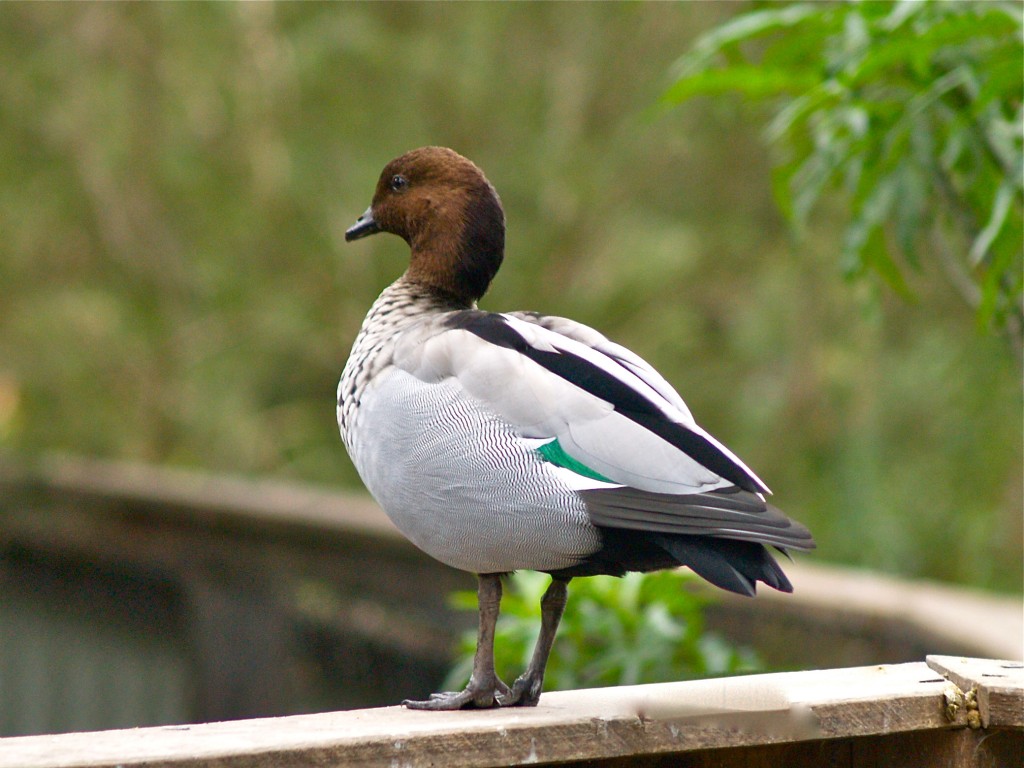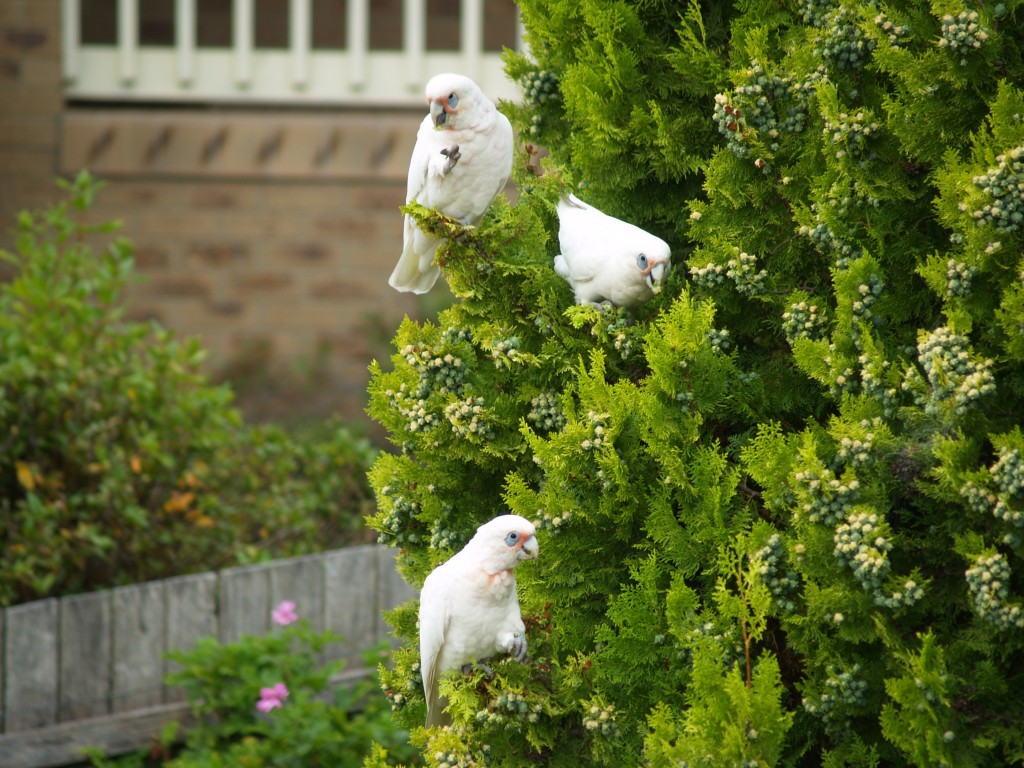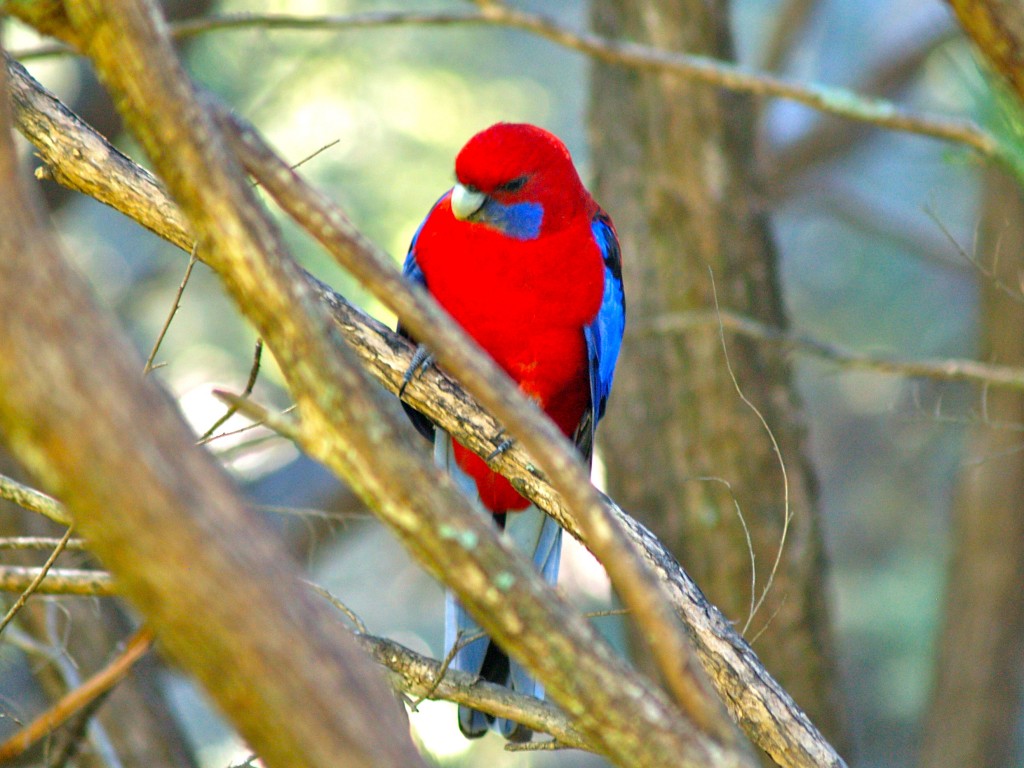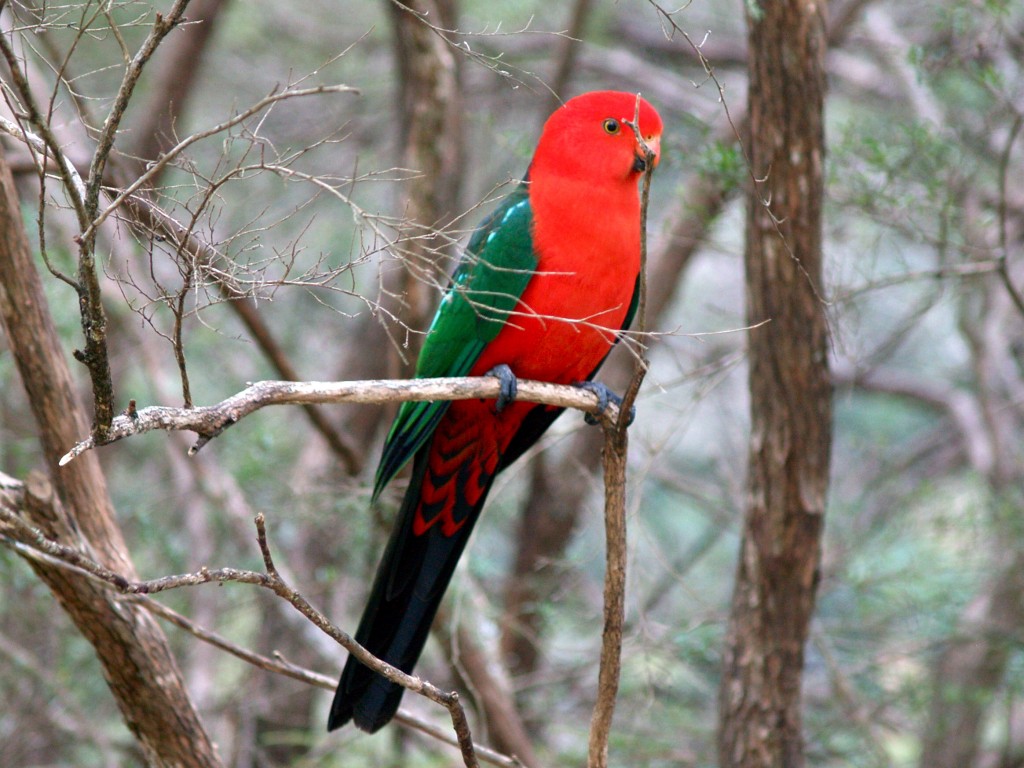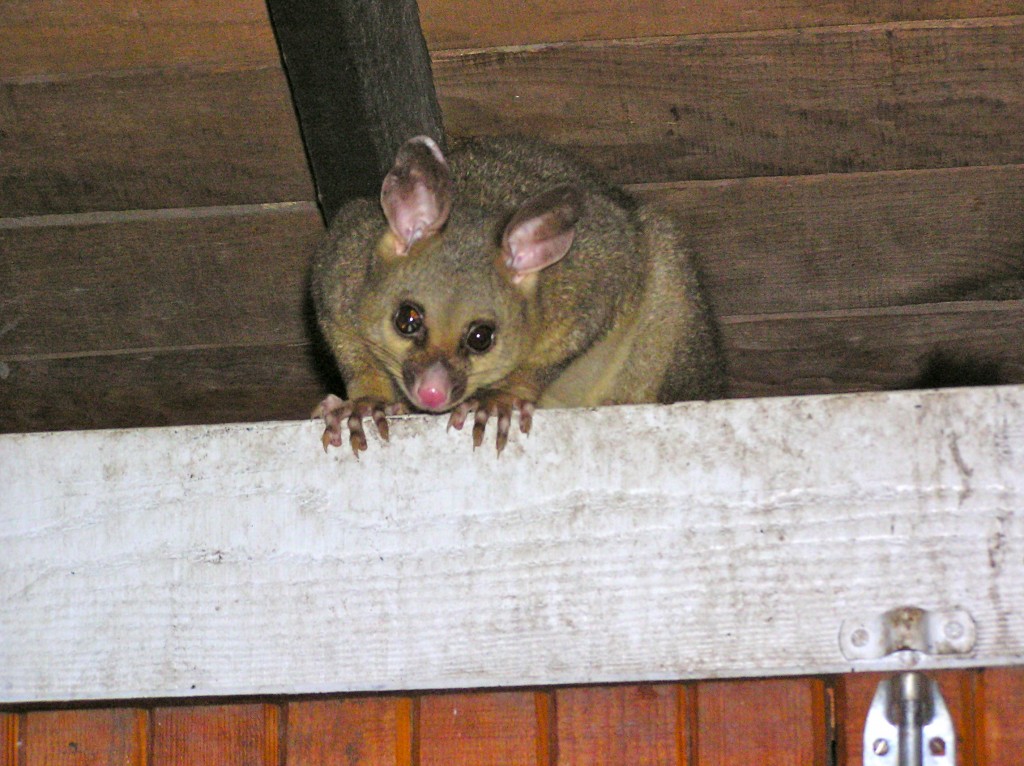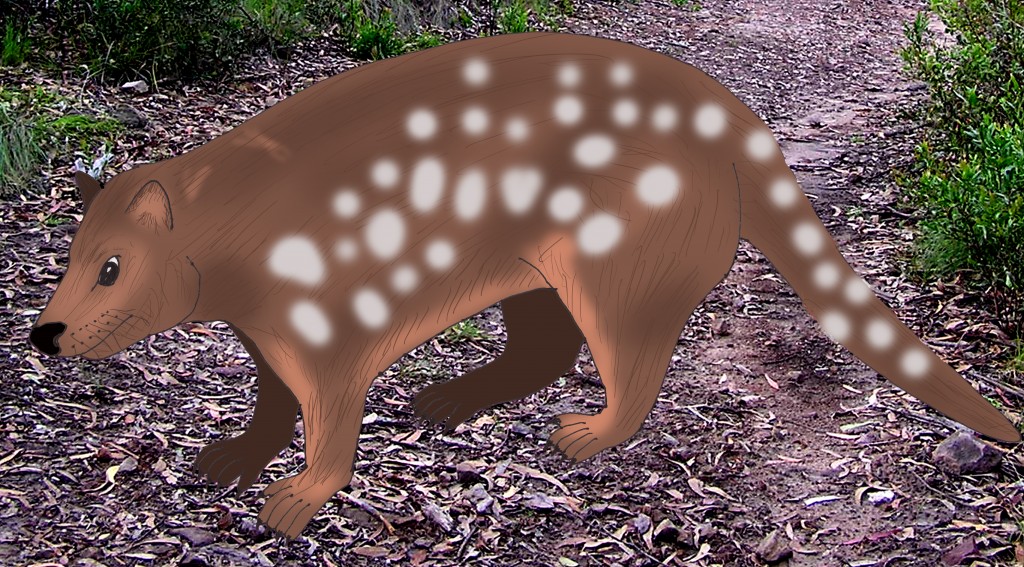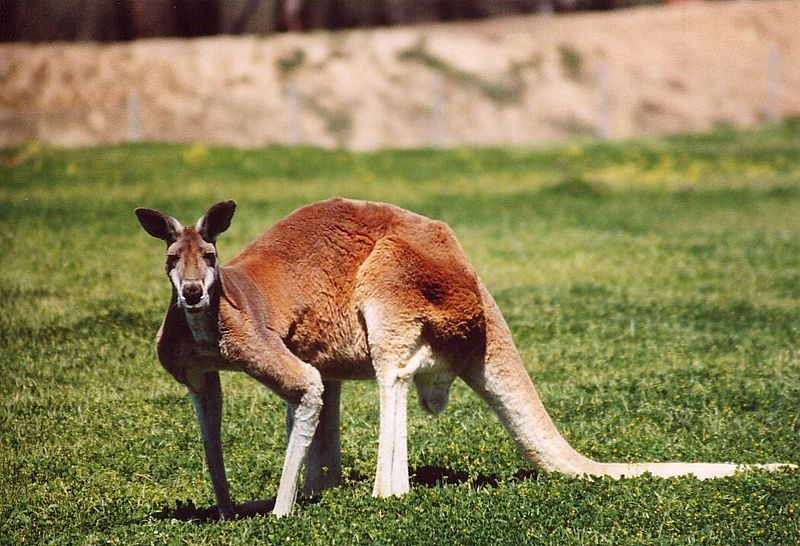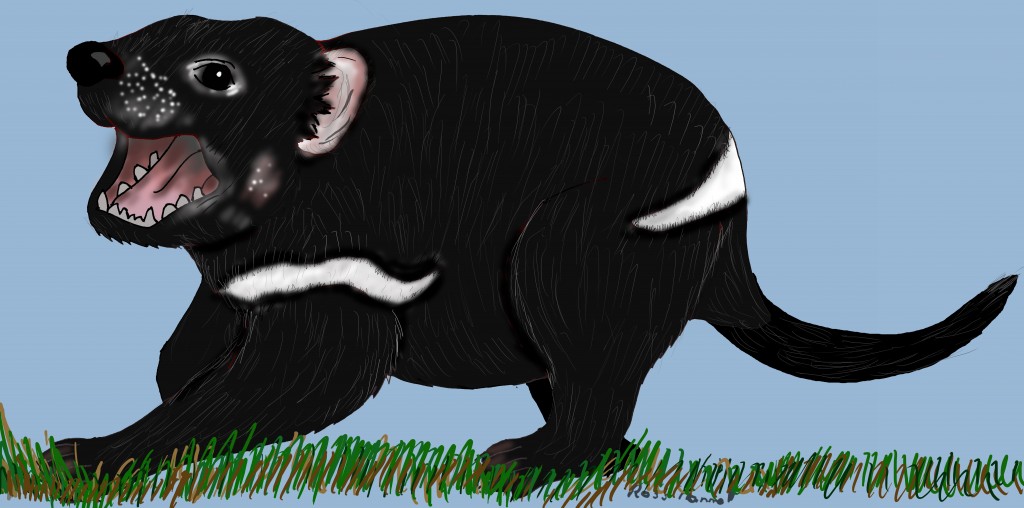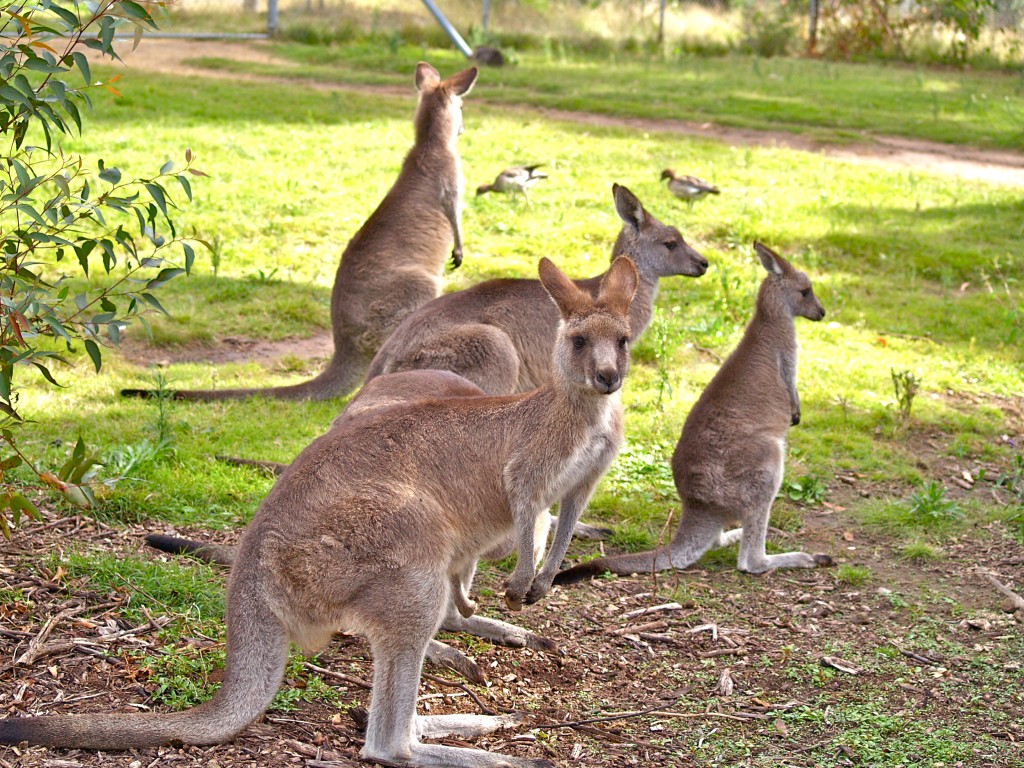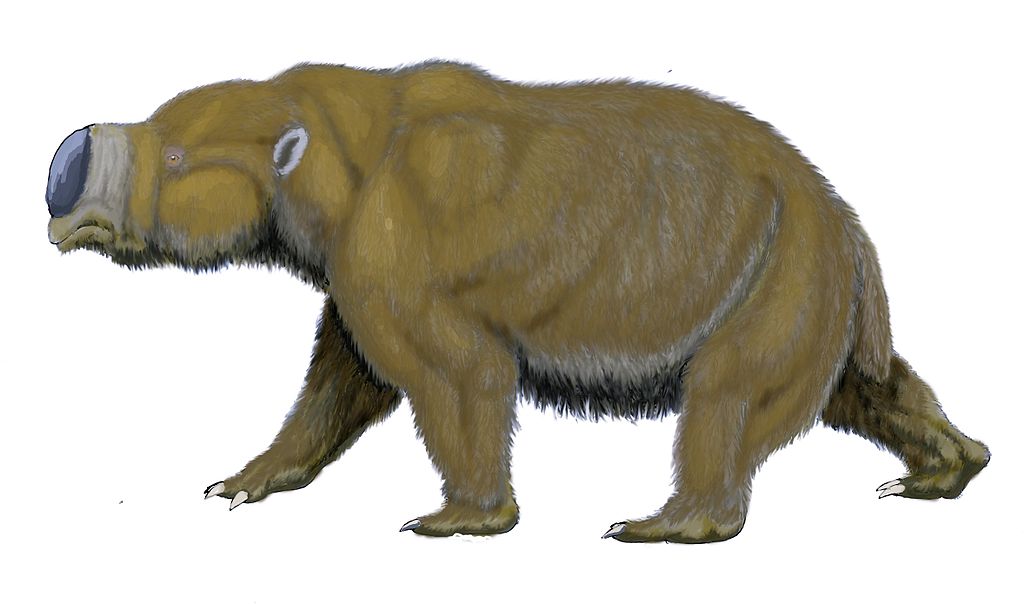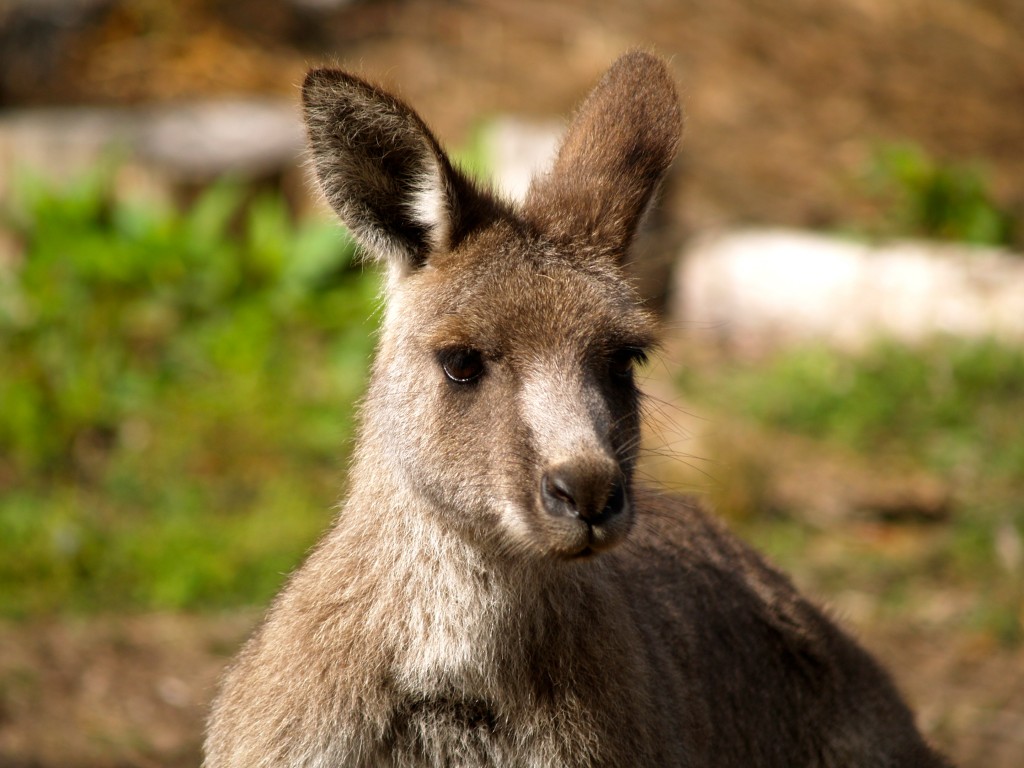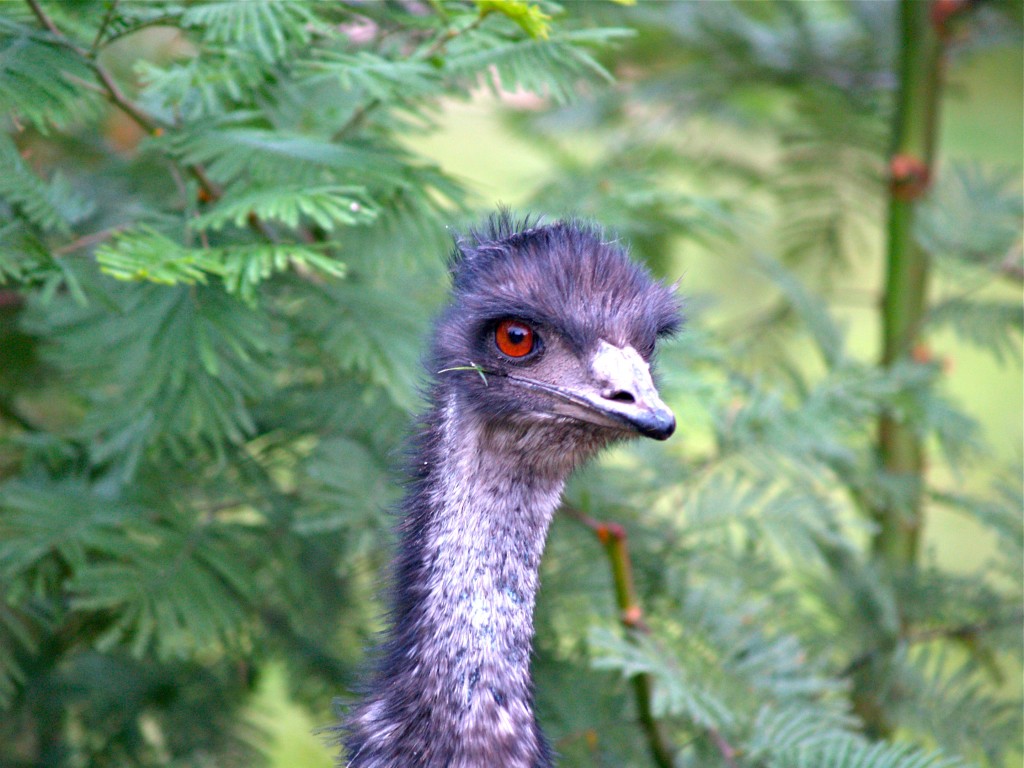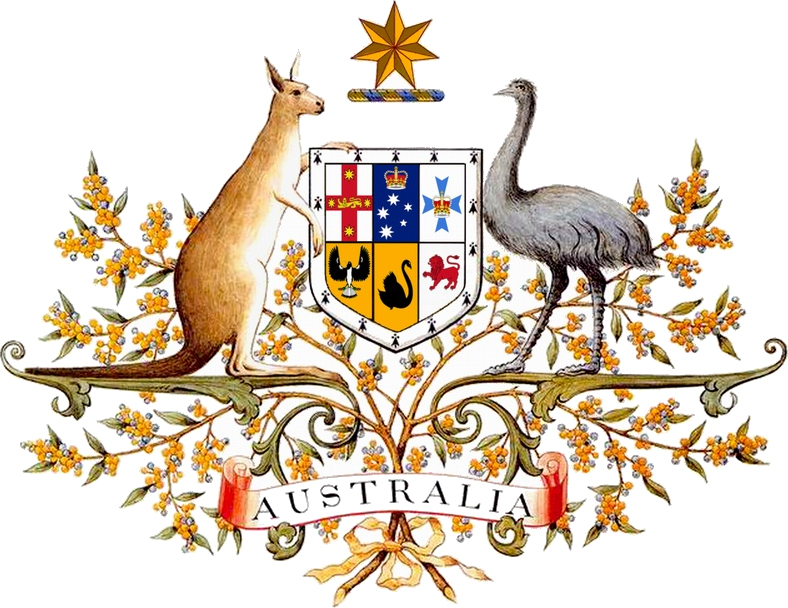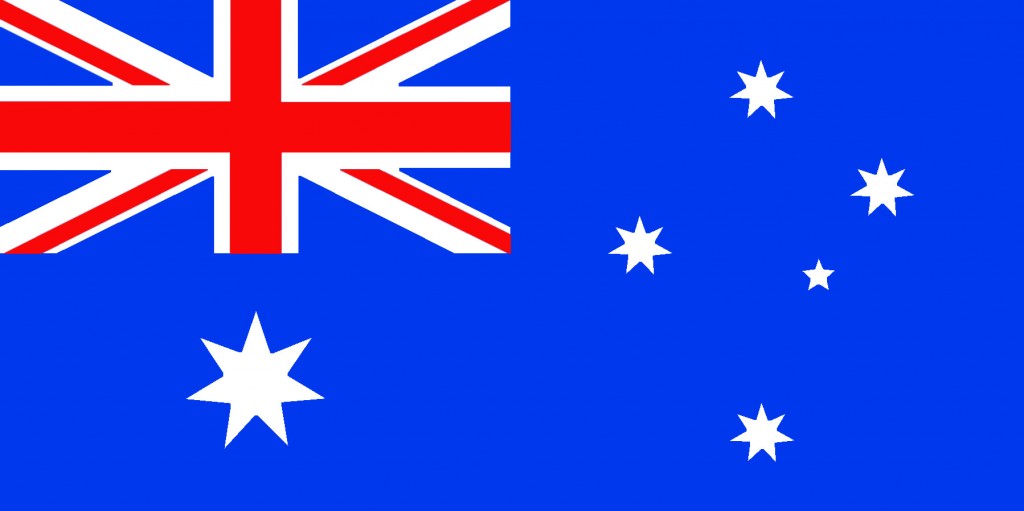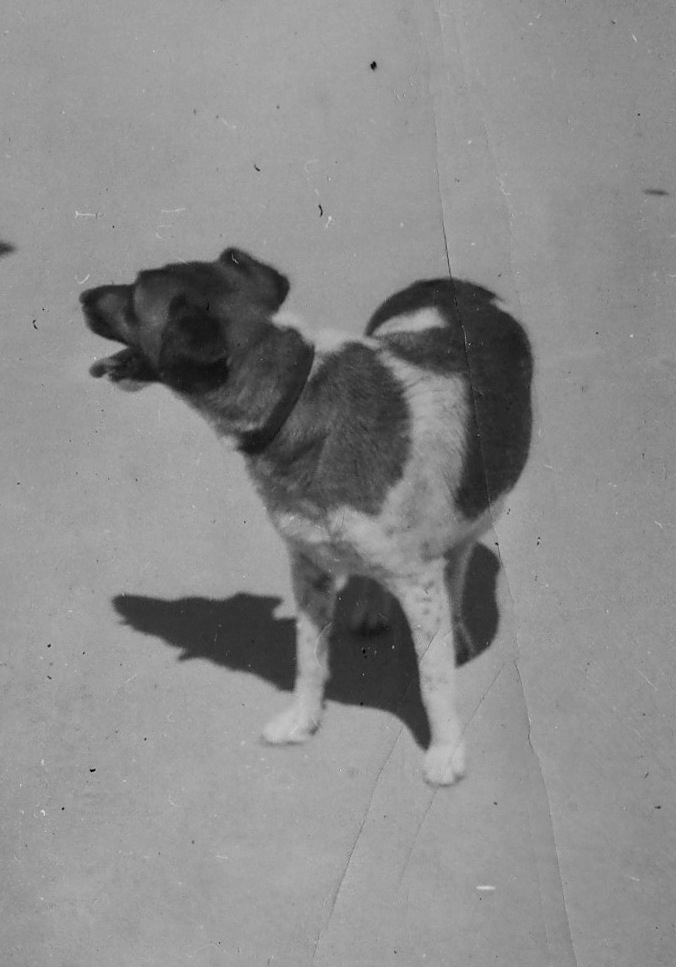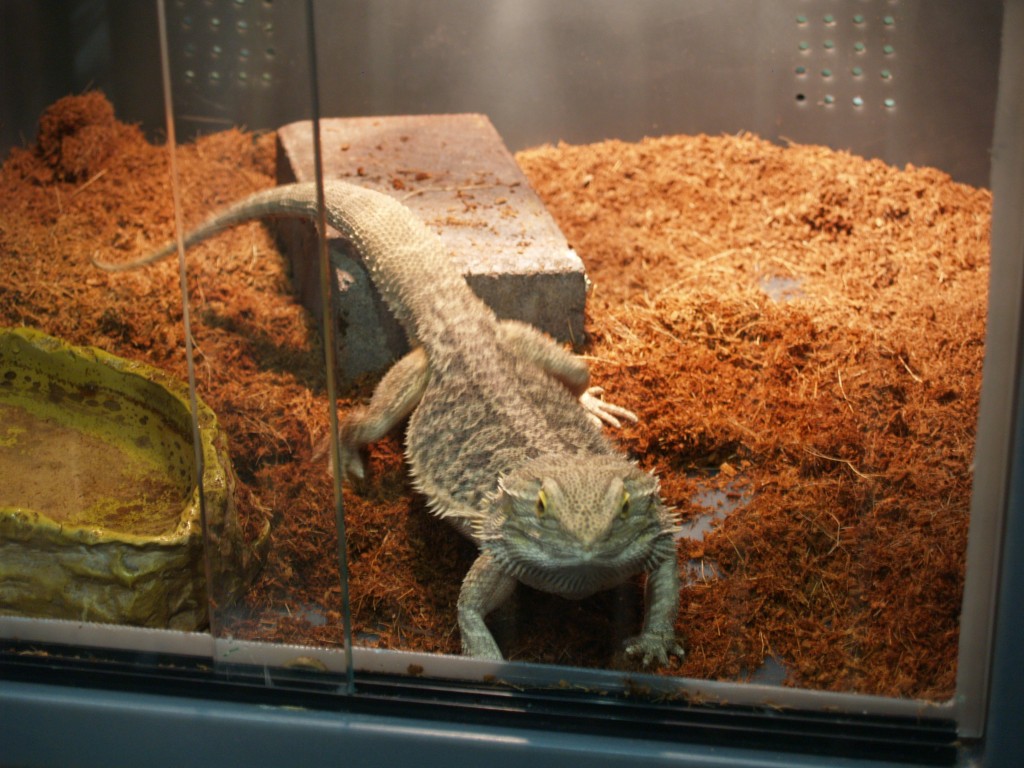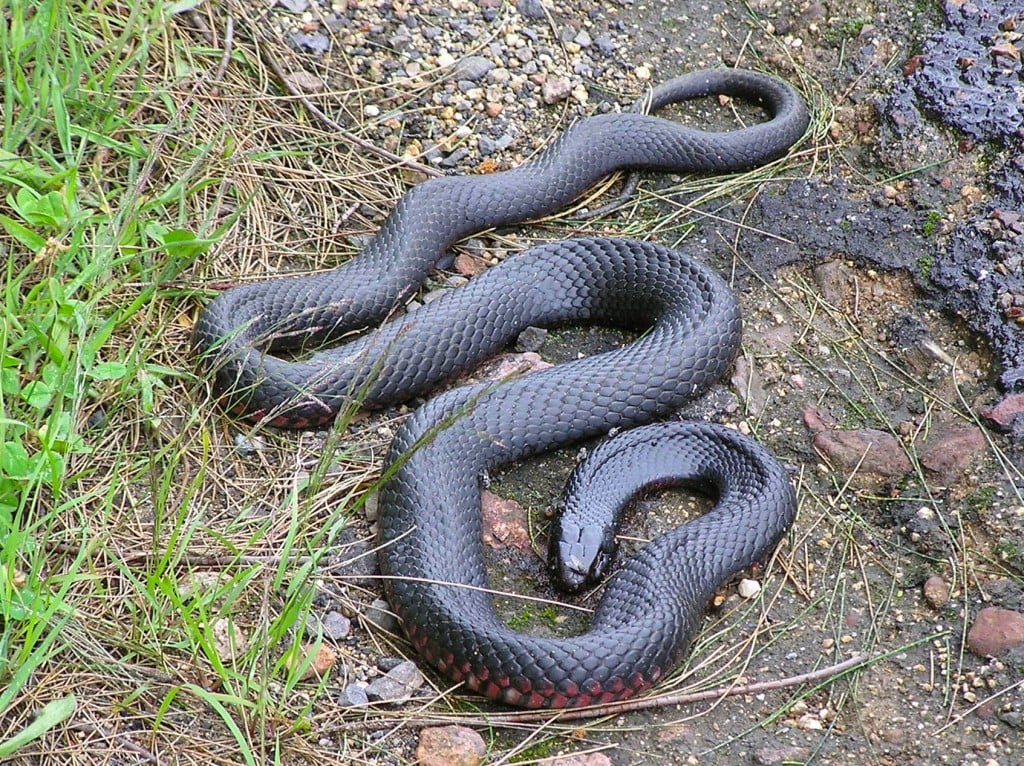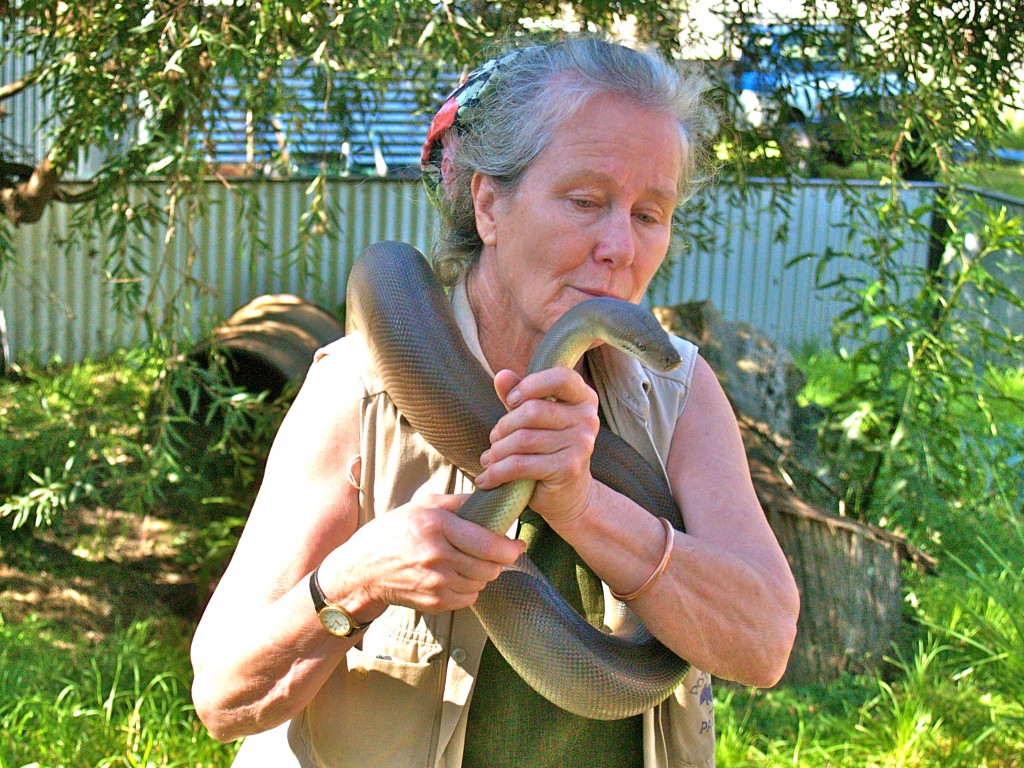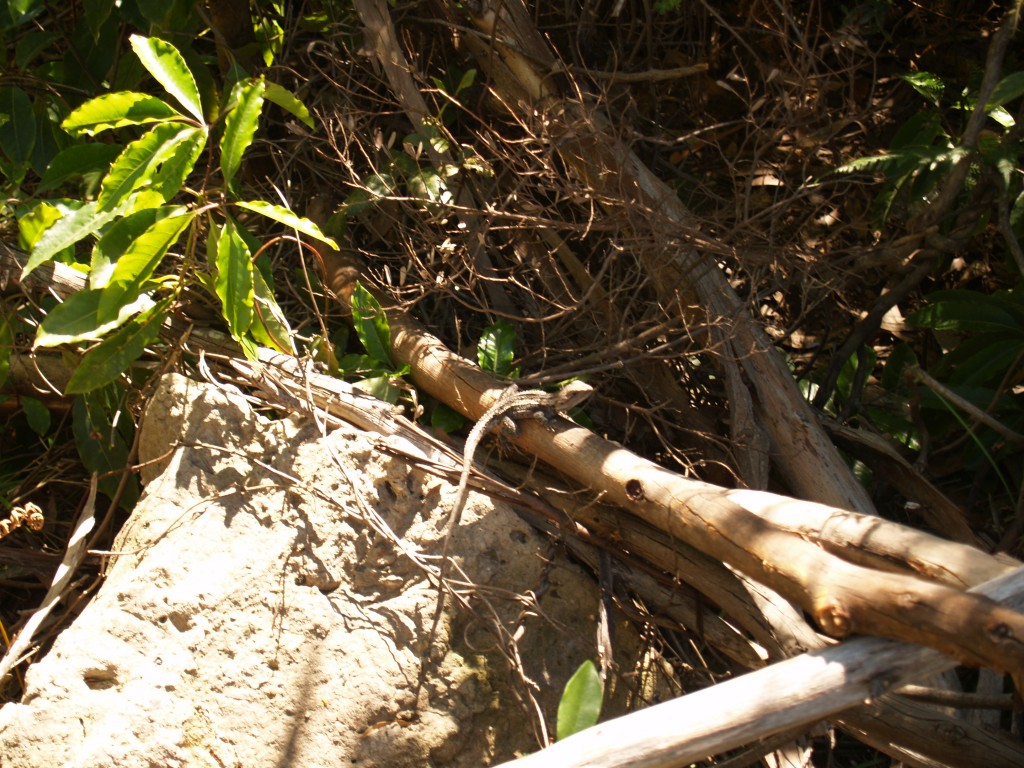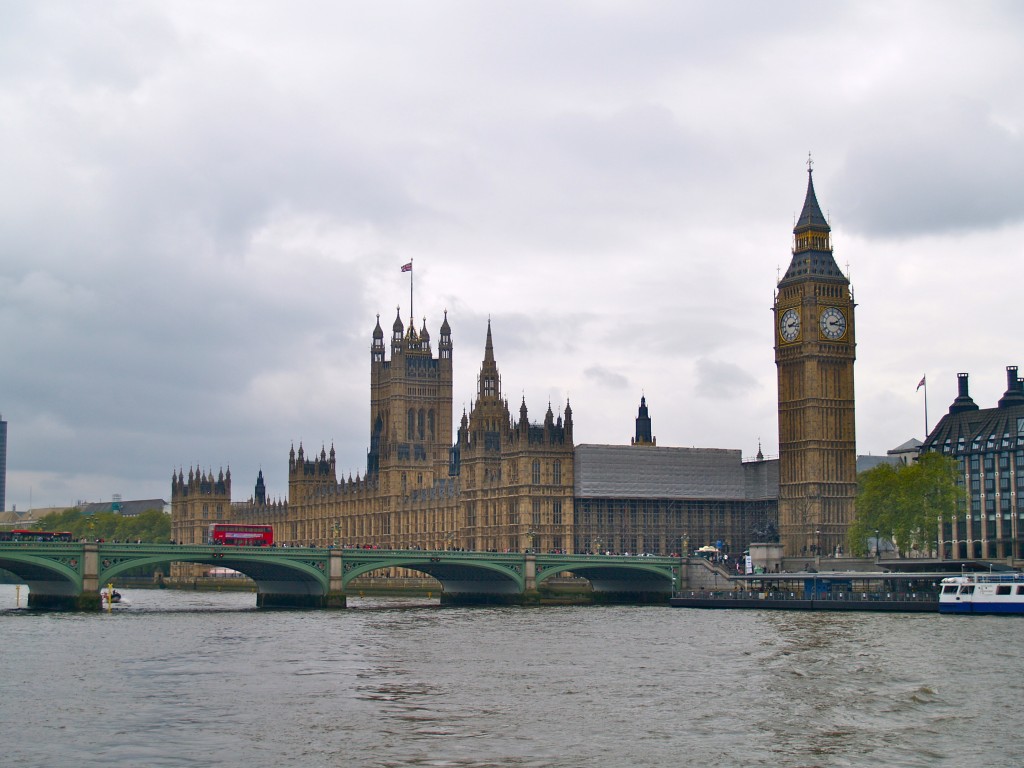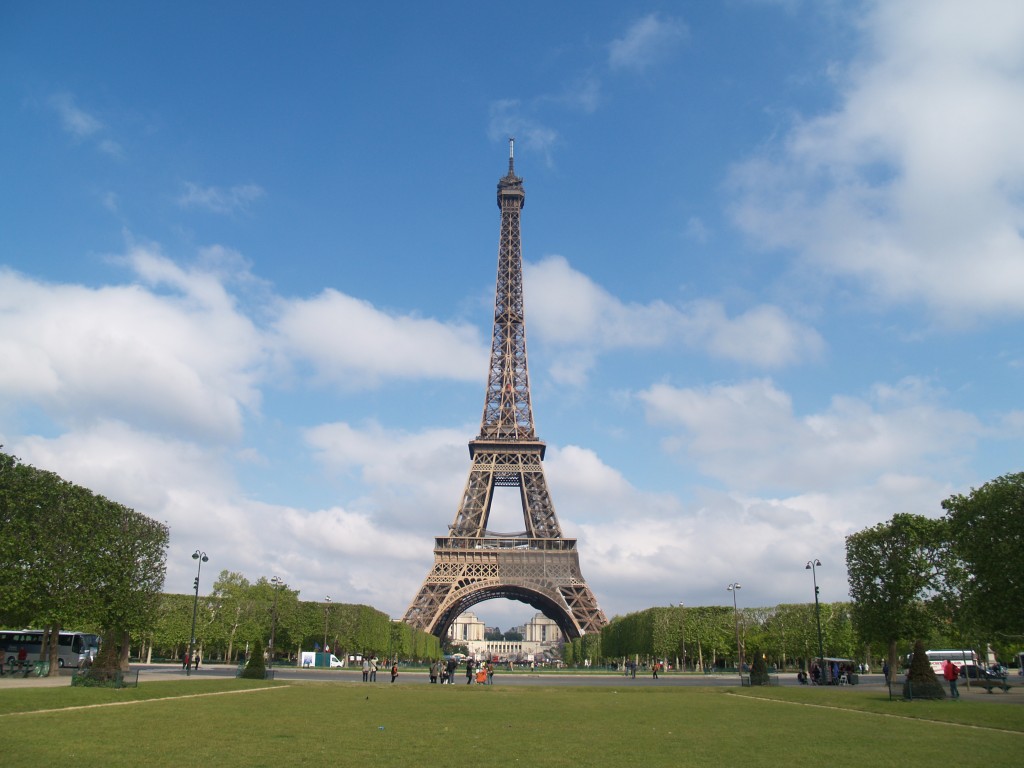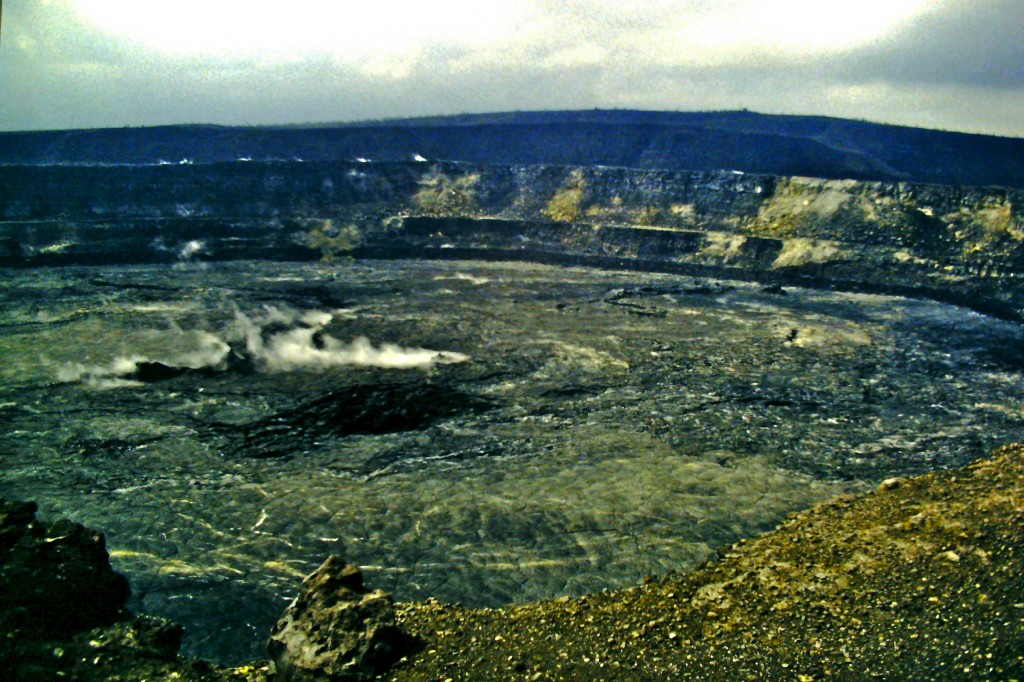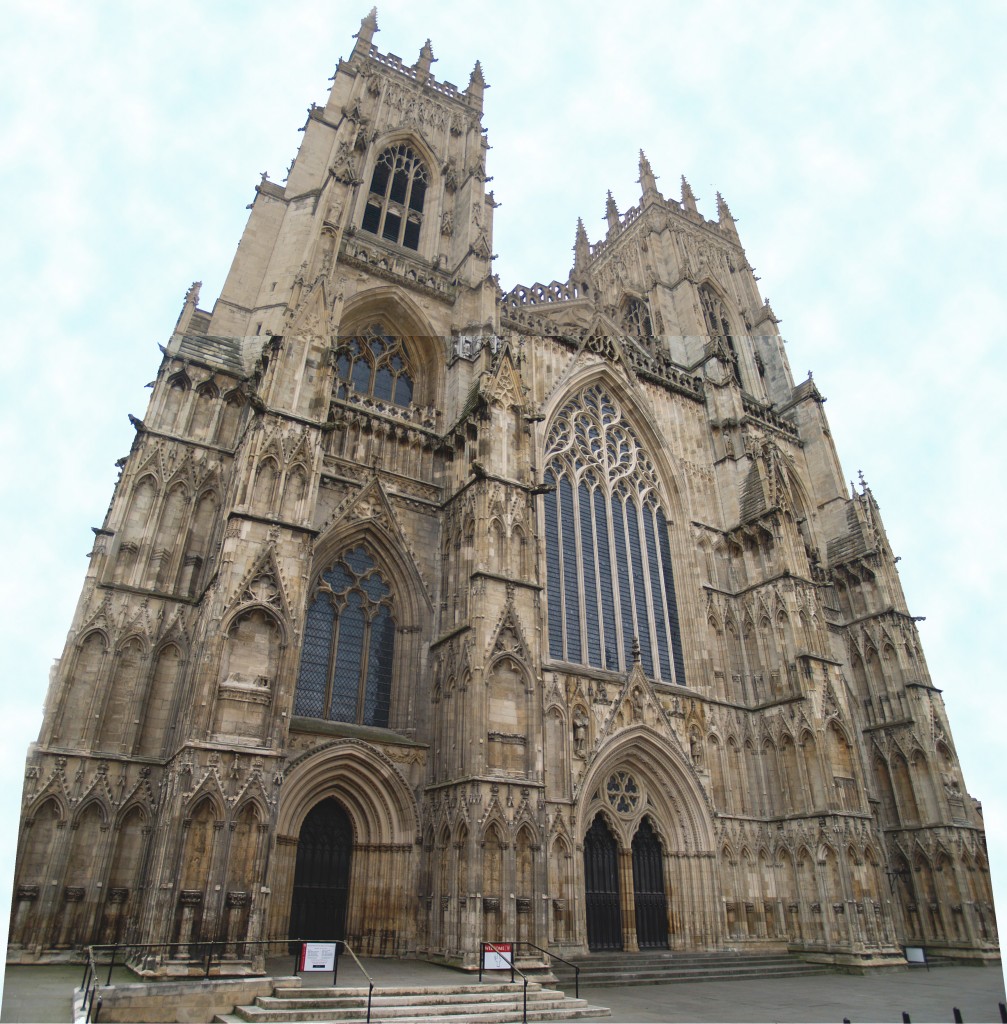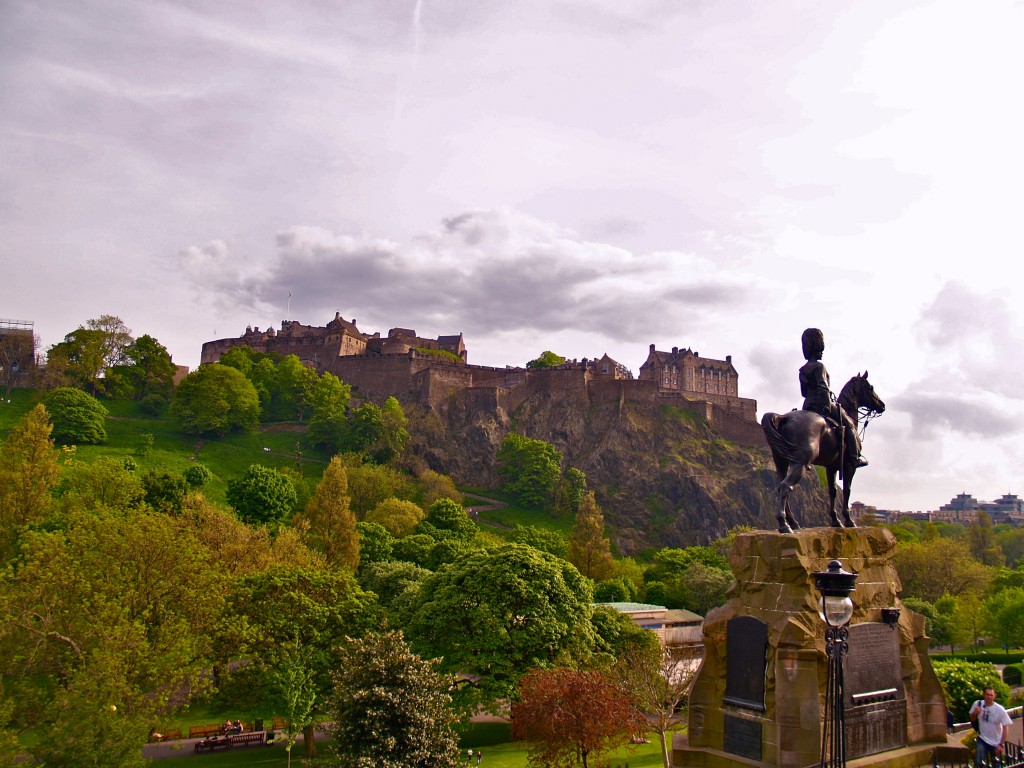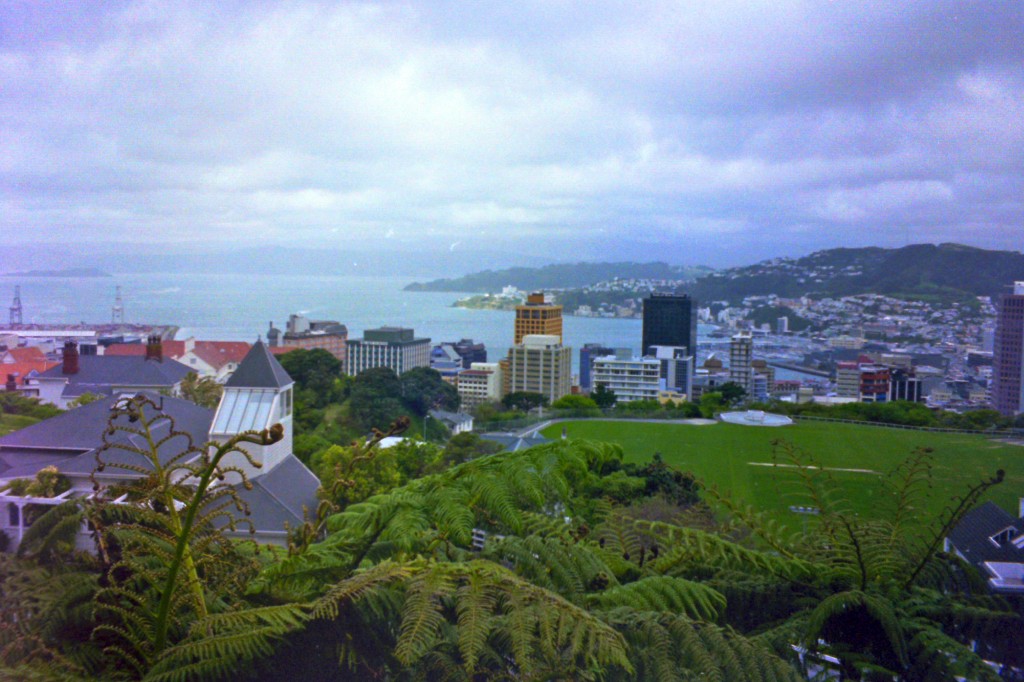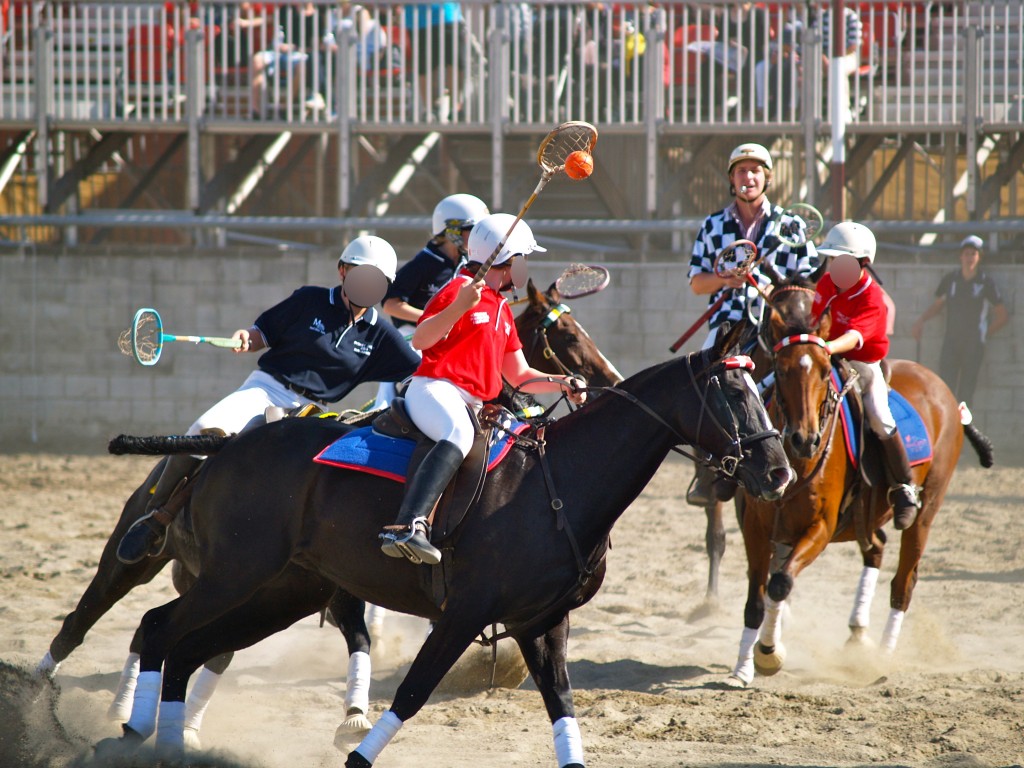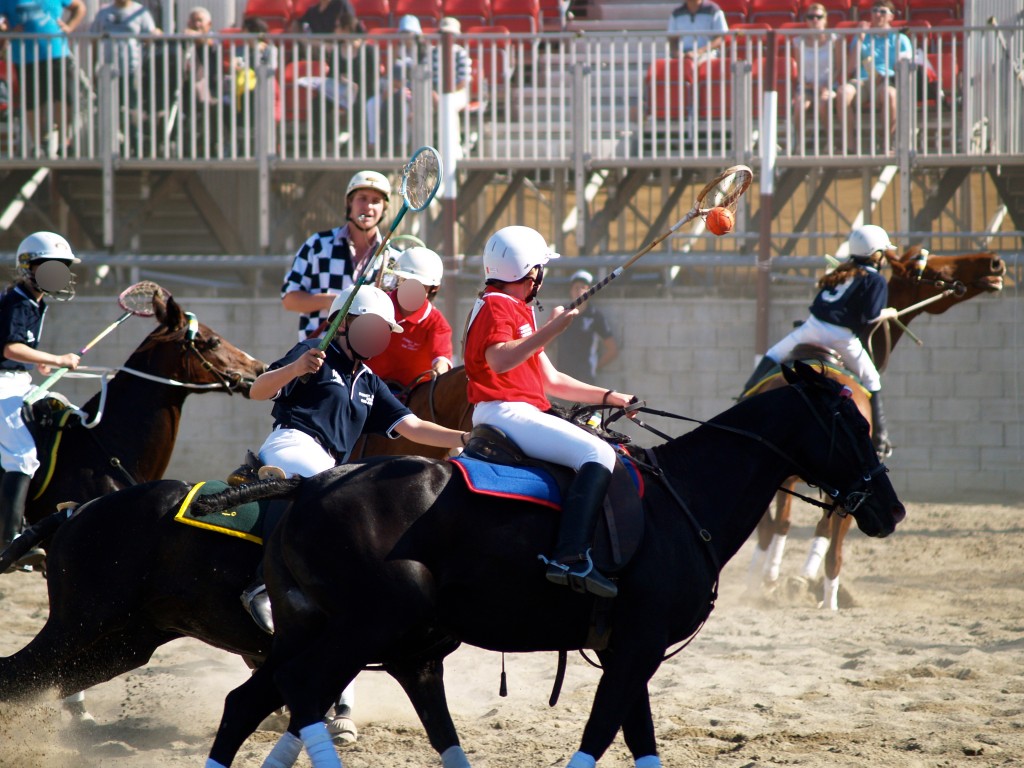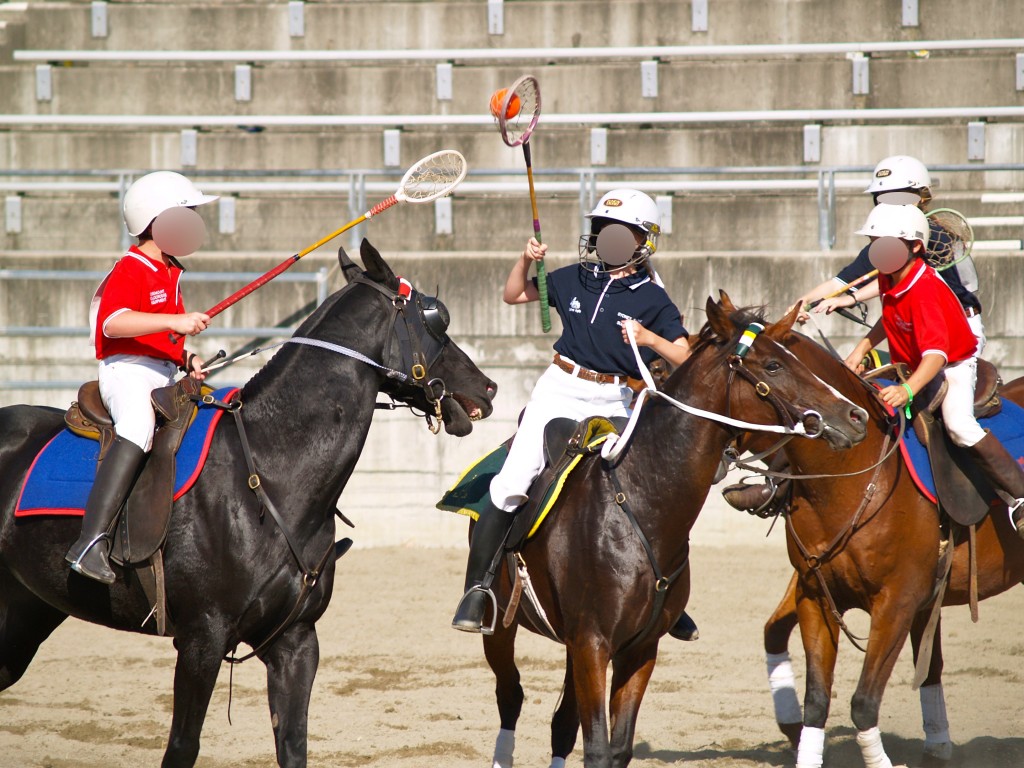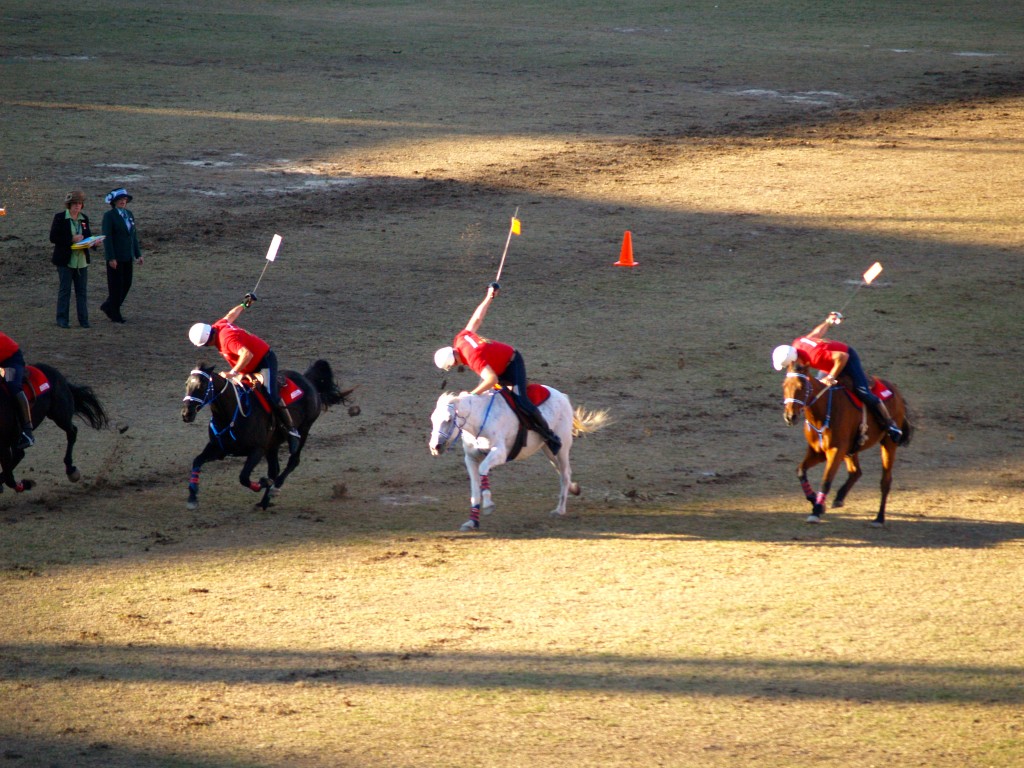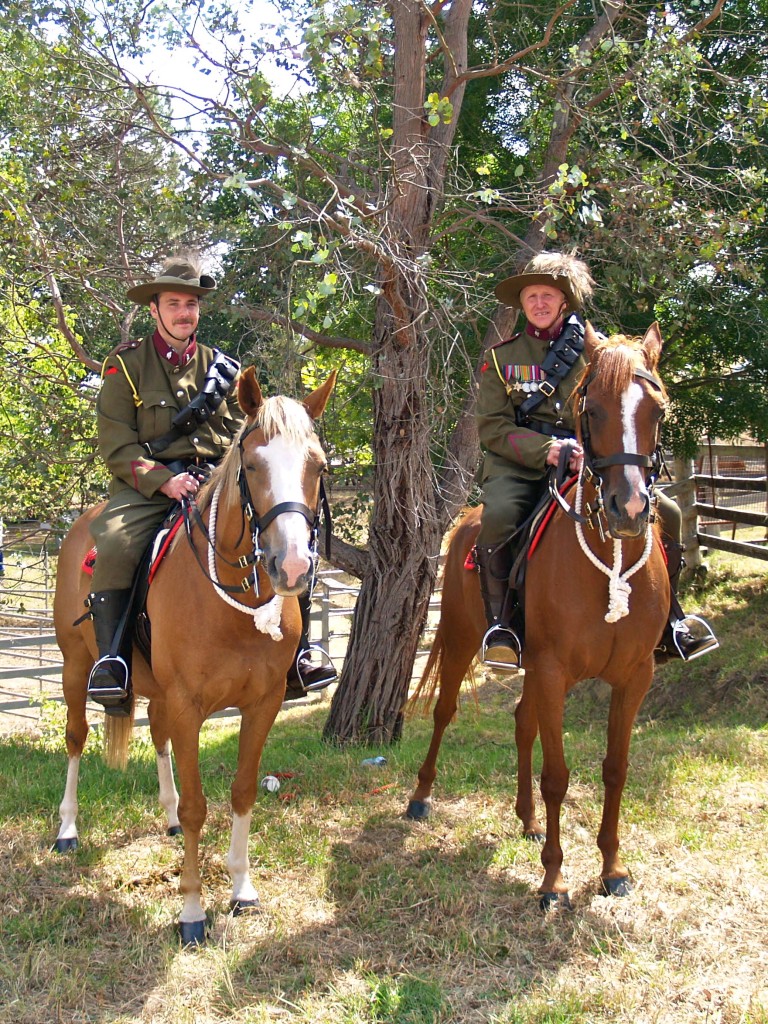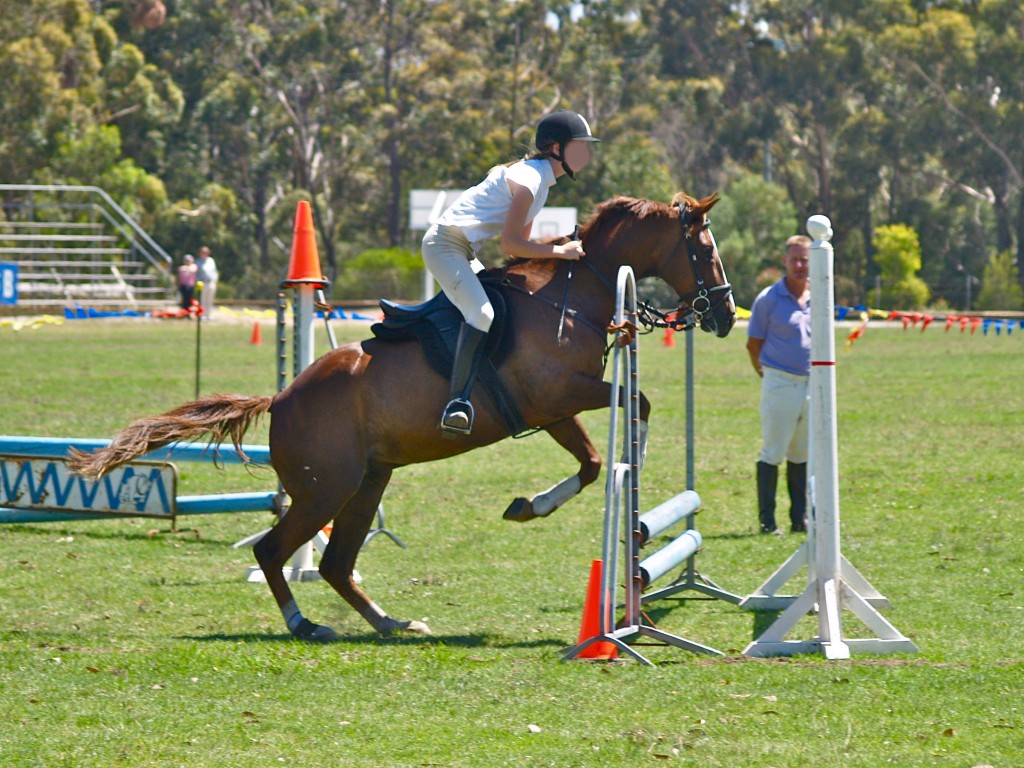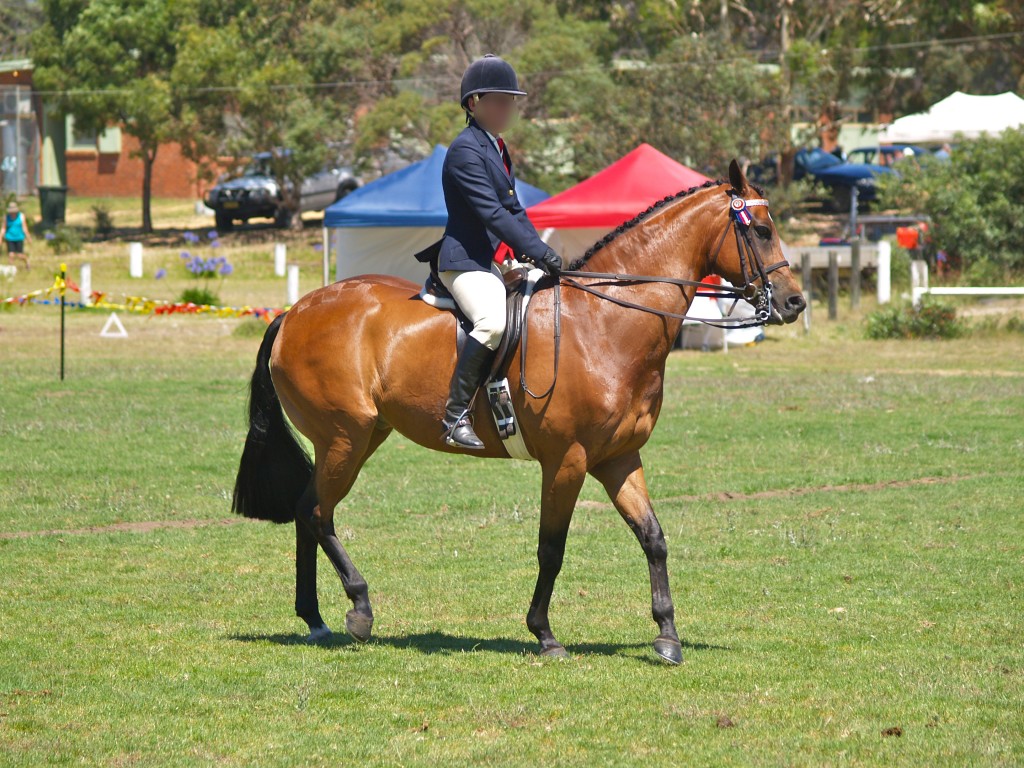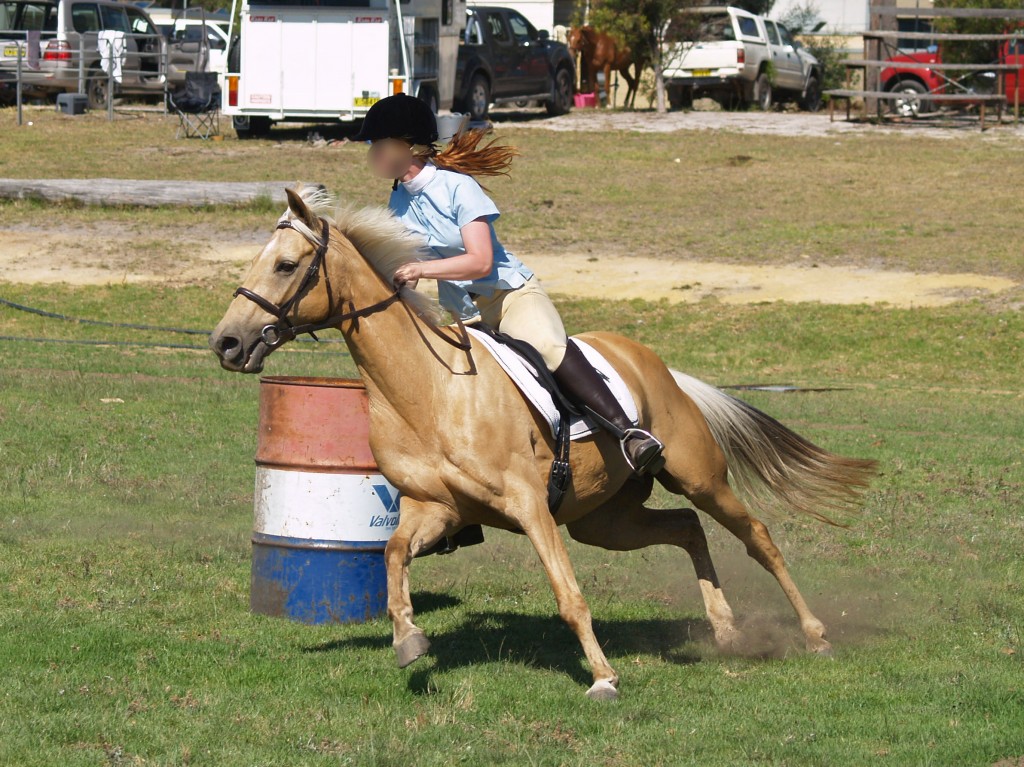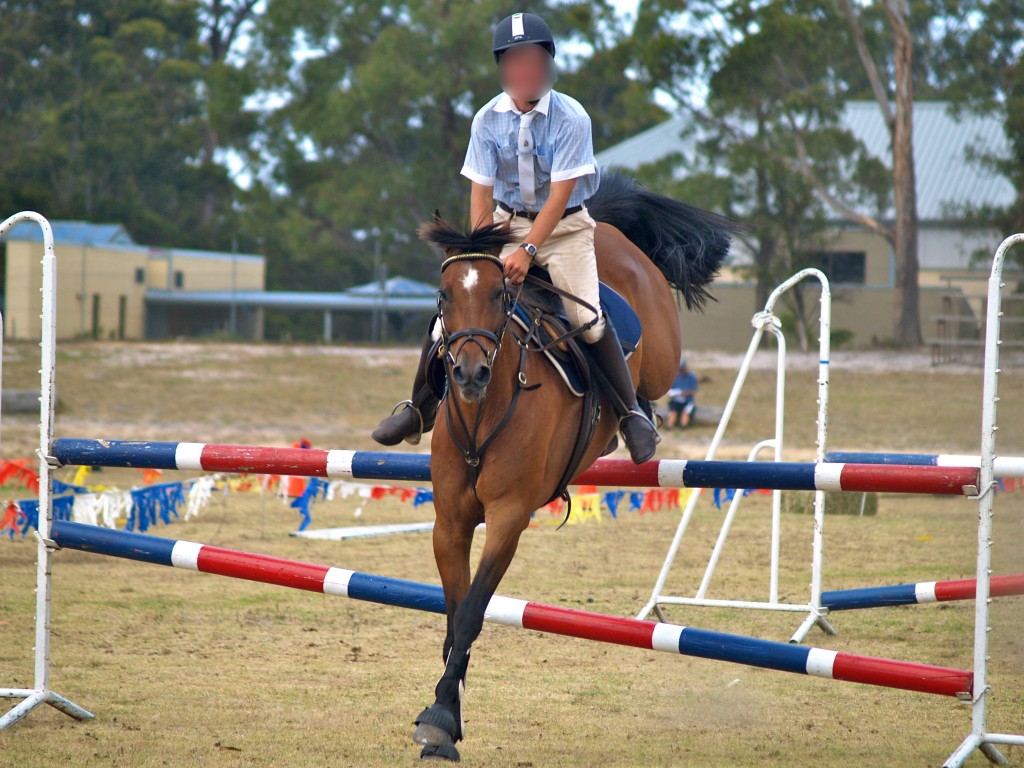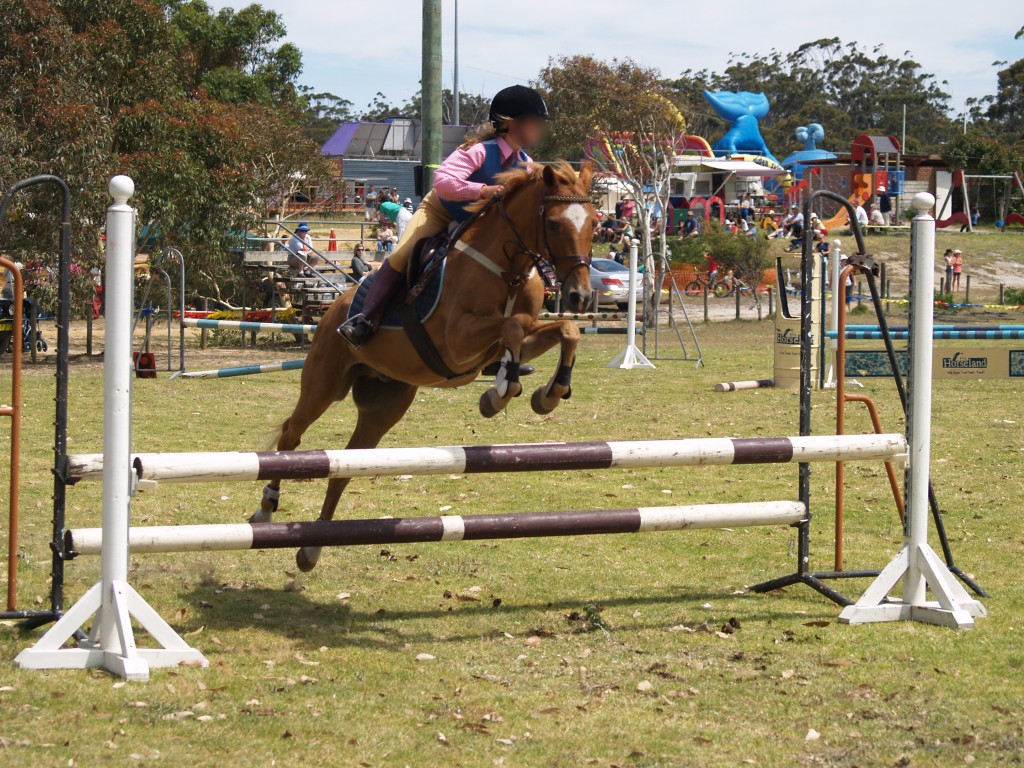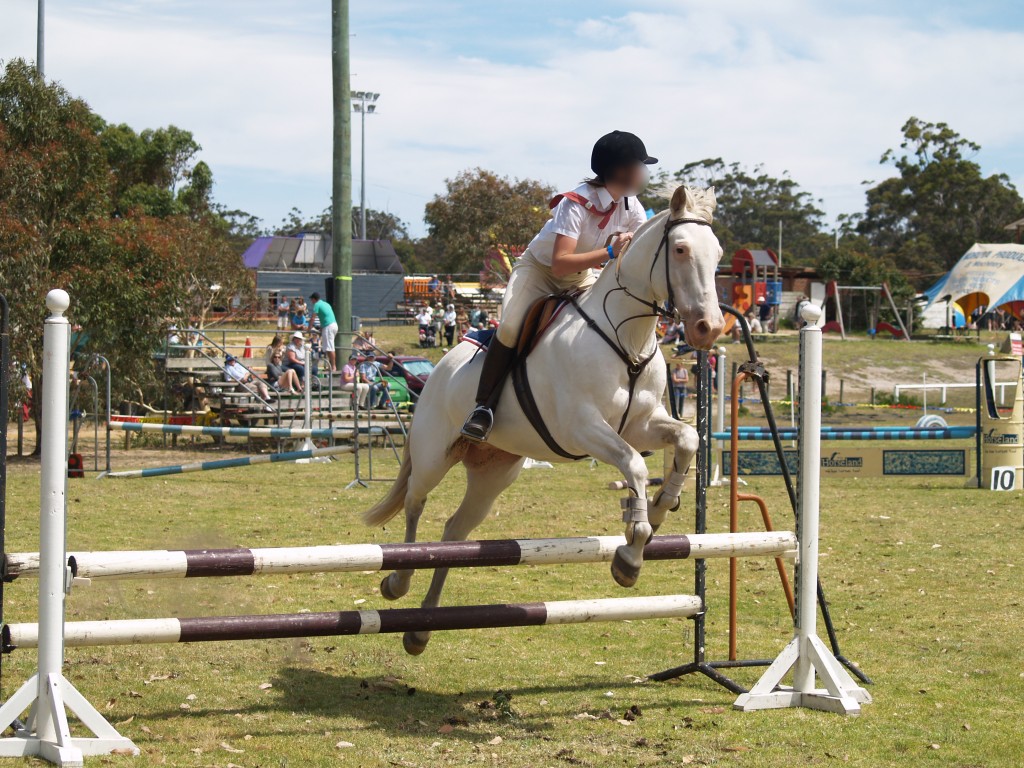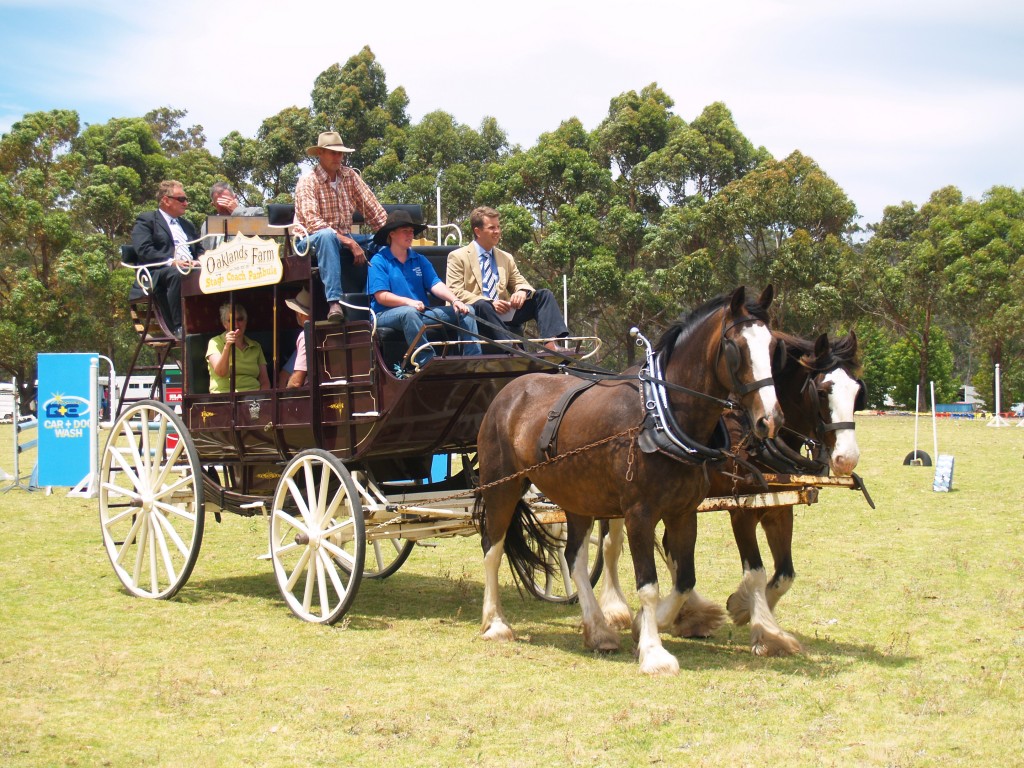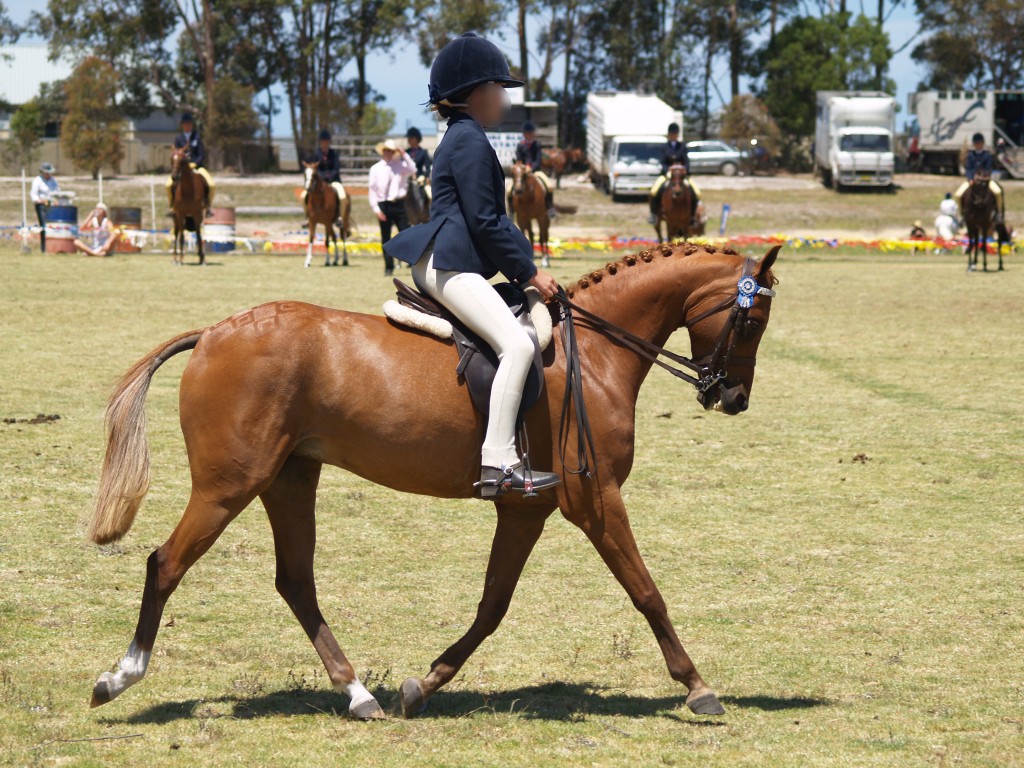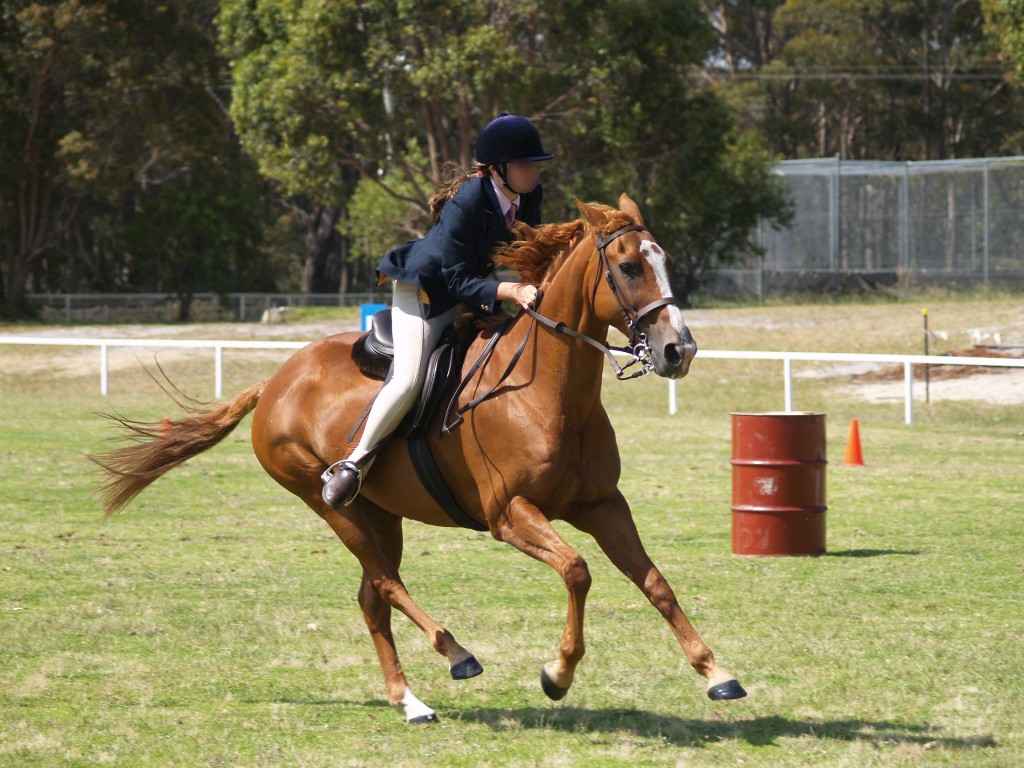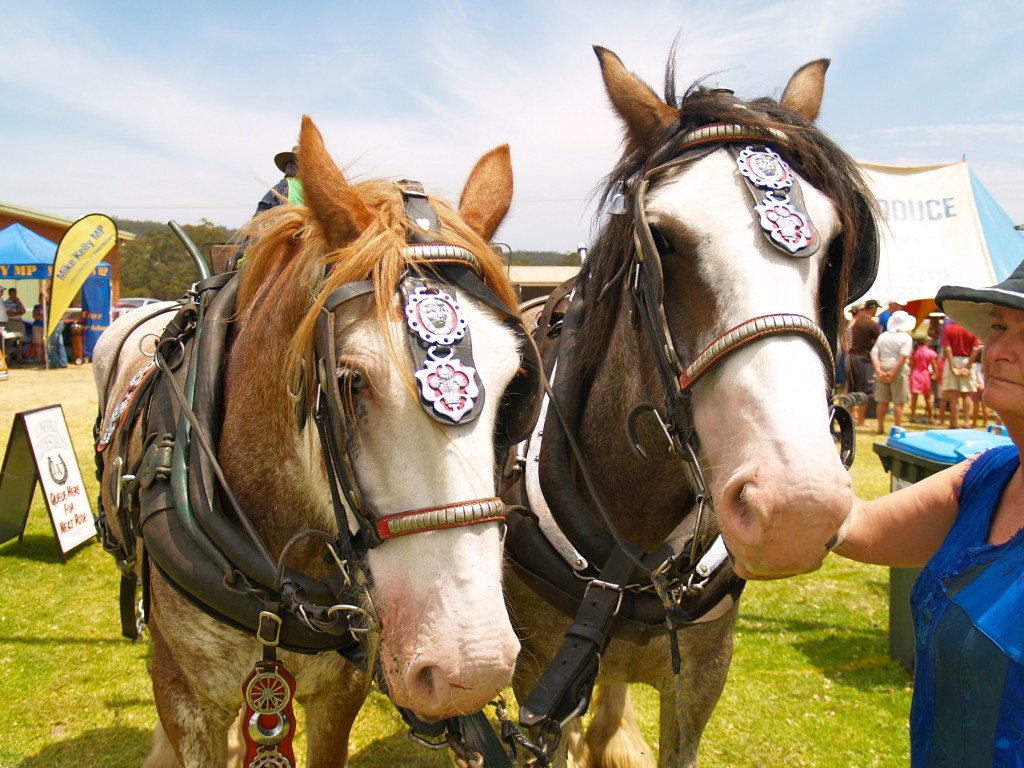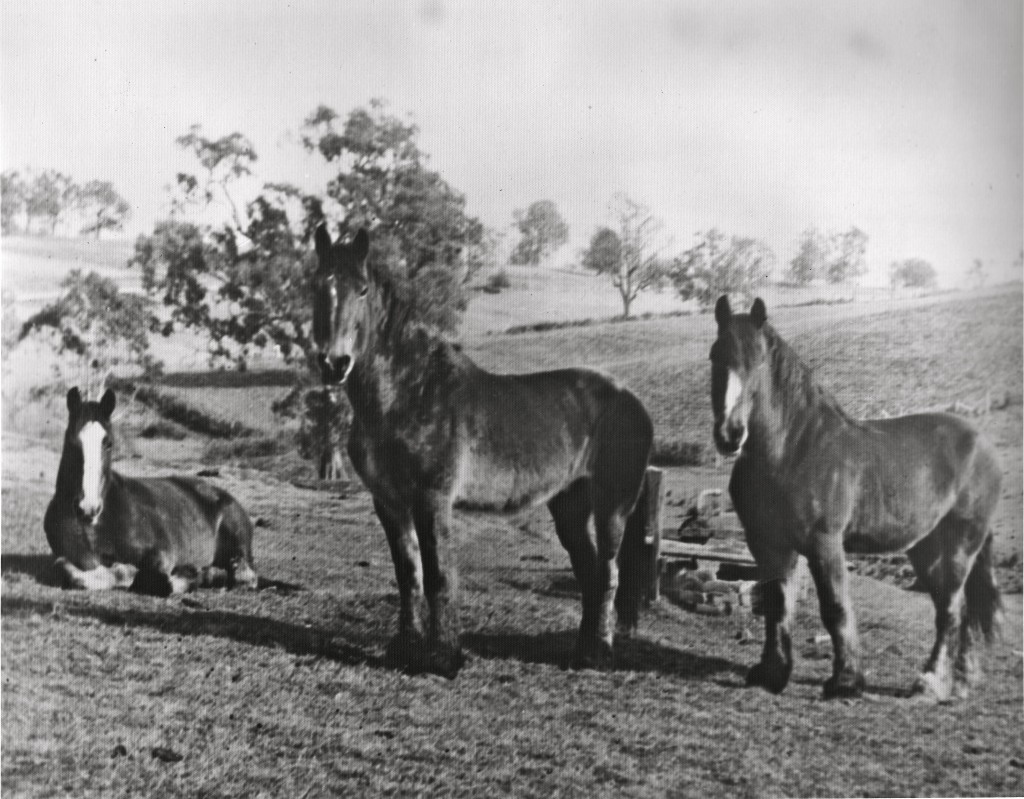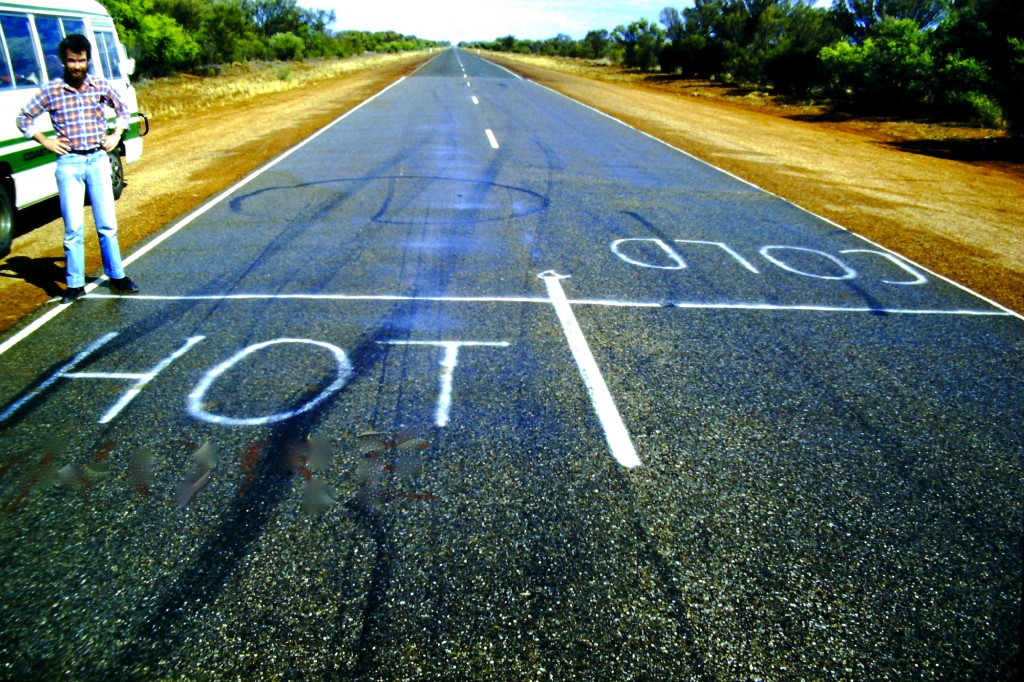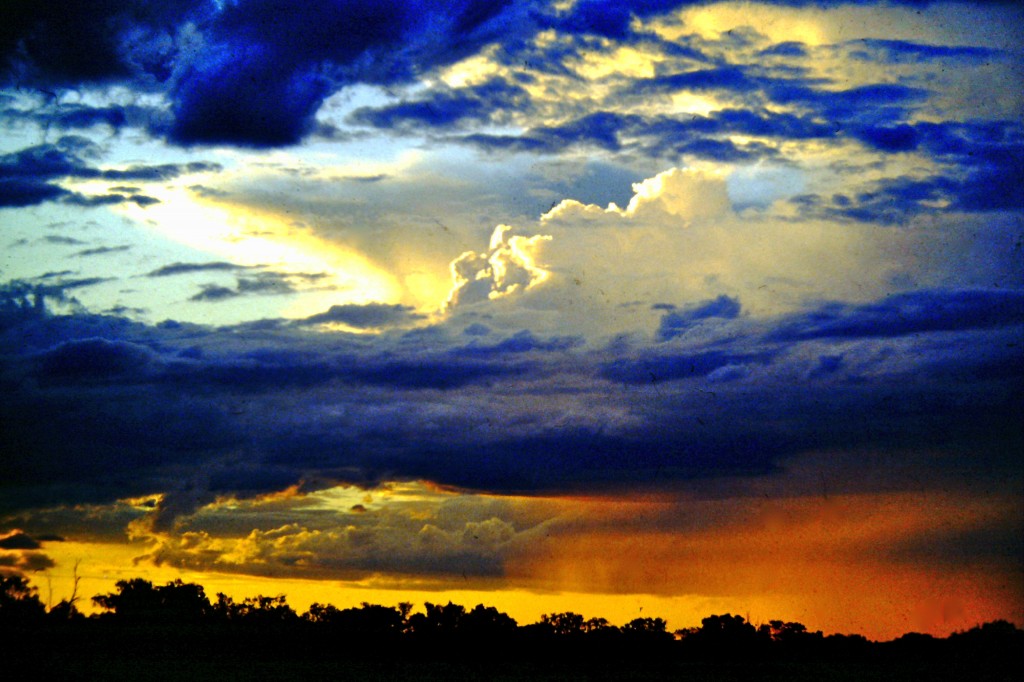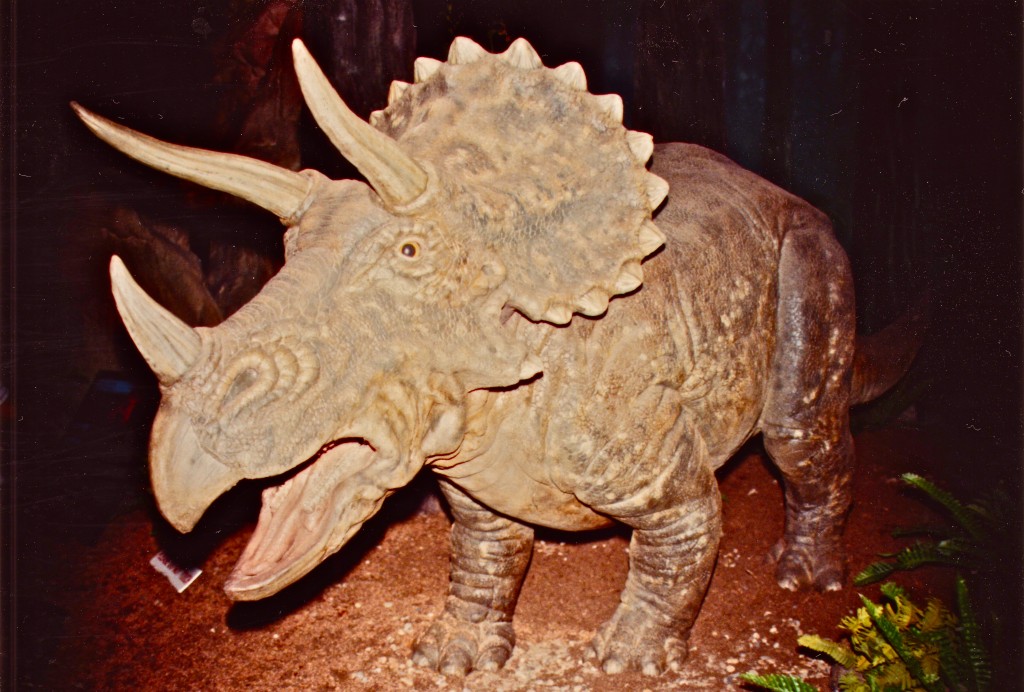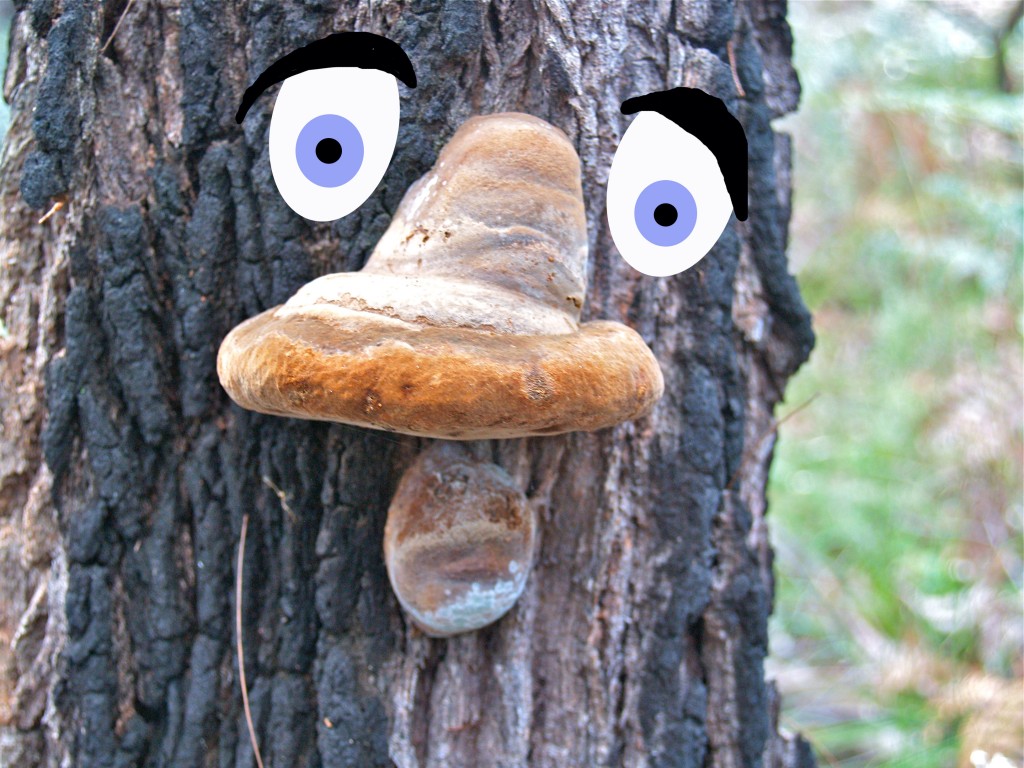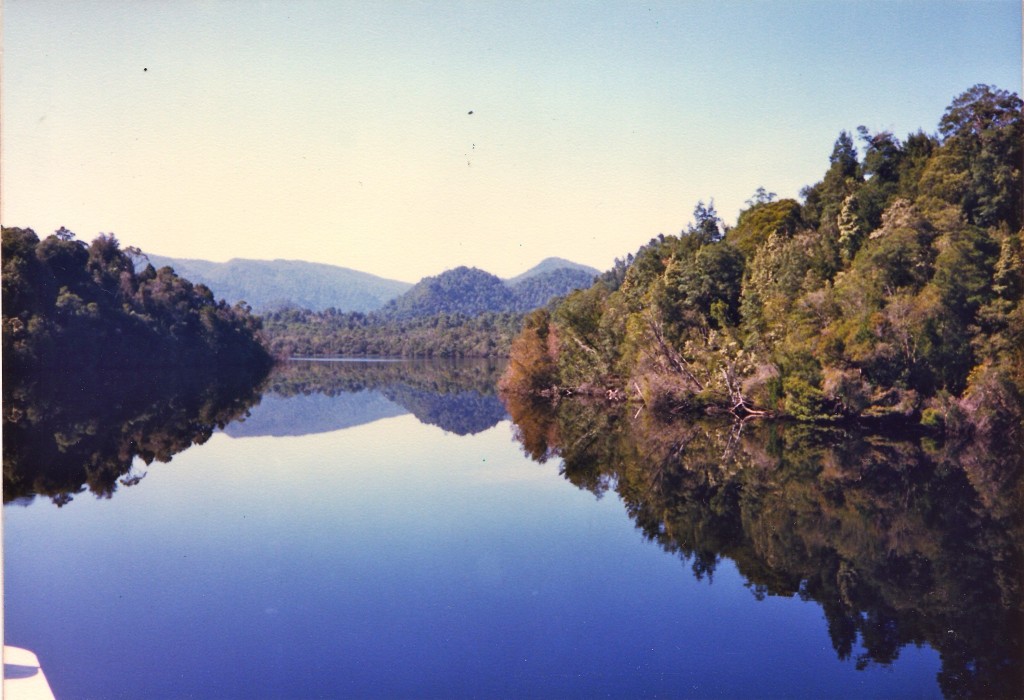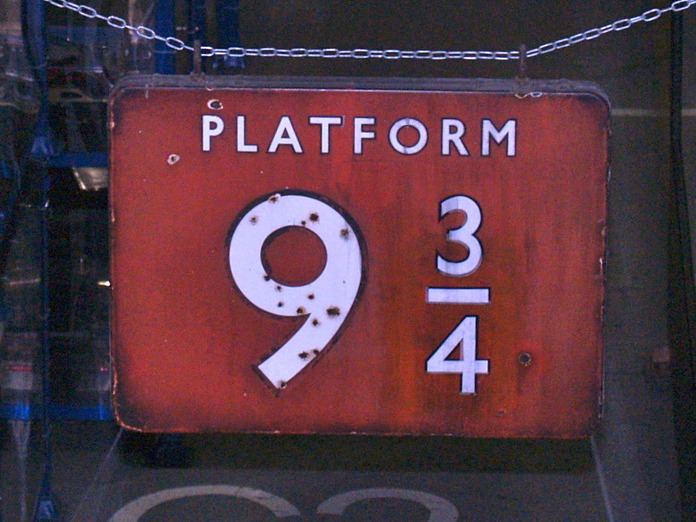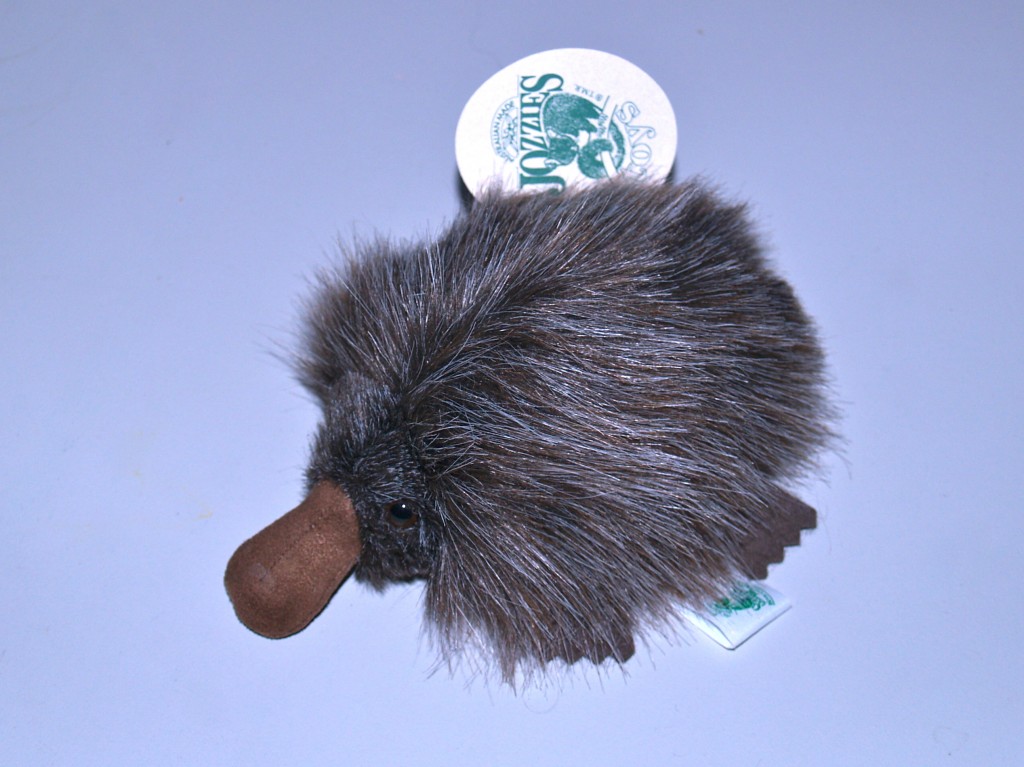On Wednesday, October 16, 2013, I was invited to go along on a whale watching trip with people from Potoroo Palace (an animal sanctuary and source for many of my animal photos) on a Go Whale Watching tour. To see the details of what was seen, click the link below...
Whale Watching from Merimbula
This post is additional to the observational post and aims to give more information on humpback whales and their migration along the coast near my home.
Humpback Whales
(Information sources: Wikipedia... Humpback Whale and an Australian Government pdf fact sheet Eastern Humpback Whales )
The link below is a recording of humpback whale song. It was sourced through Wikimedia Commons where it is listed as in the public domain.
Humpbackwhale2
Humpback whales (Megaptera novaeangliae) are members of the balaenopteridae family of cetacea (whales, dolphins and porpoises), i.e. they are not toothed whales. They have a baleen made of a similar material to your fingernails. Their baleen is used to filter out food when they take in large amounts of water when feeding. They feed on krill (like small shrimp/prawns) or small school fish.
One surprising behaviour I have seen in nature programs is the way humpbacks work together to encircle schools of small fish using bubbles they blow. Making the circle of bubbles slowly smaller, they eventually lung up through the school of fish with mouth open taking in thousands of fish in one gulp. The water drains through the baleen leaving the fish trapped.
Migration
The green shaded areas are approximate breeding areas for humpback whales.
Humpback whale populations are found in the North Pacific, Atlantic, Indian and Southern Oceans. The Southern Ocean humpbacks are the whales we find migrating along Australia's coast so I will write about those passing my area annually.
During the summer months, humpbacks feed mostly on krill in Antarctic waters. Although the timing can vary, most head north from June to August and south again from September to November. In northern waters, they don't tend to feed but this is where they mate and females give birth to their calves. The September to November migration gives a good chance to see mothers and calves heading south for summer. The calves take milk and build up fat reserves along the way.
In the photo below taken on October 16, a mother and calf seemed to be at play. The mother's pectoral fin and fluke are to the left and the calf's pectoral fin is at the right.
How Will I Know If It's a Humpback?
Humpback whales can be identified by the features you see when they surface. Below are some photos I have taken to help you...
blow
flukes
diving
pectoral fin
surfacing
Below is a short video clip made from a series of still photos. It shows a whale blowing and diving.
Whaling in Australia
Whaling had once been a big industry in parts of Australia, including Eden near my home. Whaling along the east coast stopped in 1963. All Australian whaling was banned by 1979. Since then the numbers of humpback whales migrating along our coast has been growing.
Located in Eden, the Eden Killer Whale Museum has many displays dealing with local whaling history...
...but perhaps my favourite display is the skeleton of Old Tom, an orca or killer whale (Orcinus orca). Unlike humpbacks, orca are toothed whales. They can feed on fish, sea lions, seals, walruses and even other whales such as the humpback.
Why is Old Tom so special? Old Tom was said to have had a special relationship with whalers in the past. Old Tom was thought to be the leader of an orca pod. The pod would herd balleen whales into Twofold Bay and help the whalers kill the whales. The orcas would then be rewarded by the whalers with the tongue and lips of the balleen whales. It was said at times Old Tom would hold a rope from a whaling boat to tow it out to the balleen whales. On September 17, 1930, Old Tom was found dead in Twofold Bay. His age was unclear but he could have been up to 80 years old*.
Eden remembers its past with the annual Eden Whale Festival attracting locals and tourists to the parade and festival area where rides, displays and entertainment are available.
This year (2013) the Eden Whale Festival parade is scheduled for November 2.
* Thanks goes to Jody White, Collection Manager for the Eden Killer Whale Museum, for the updated information on the age of Old Tom. Early 1970s age dating for Old Tom is thought to have been unreliable in placing Old Tom's age at 35.

